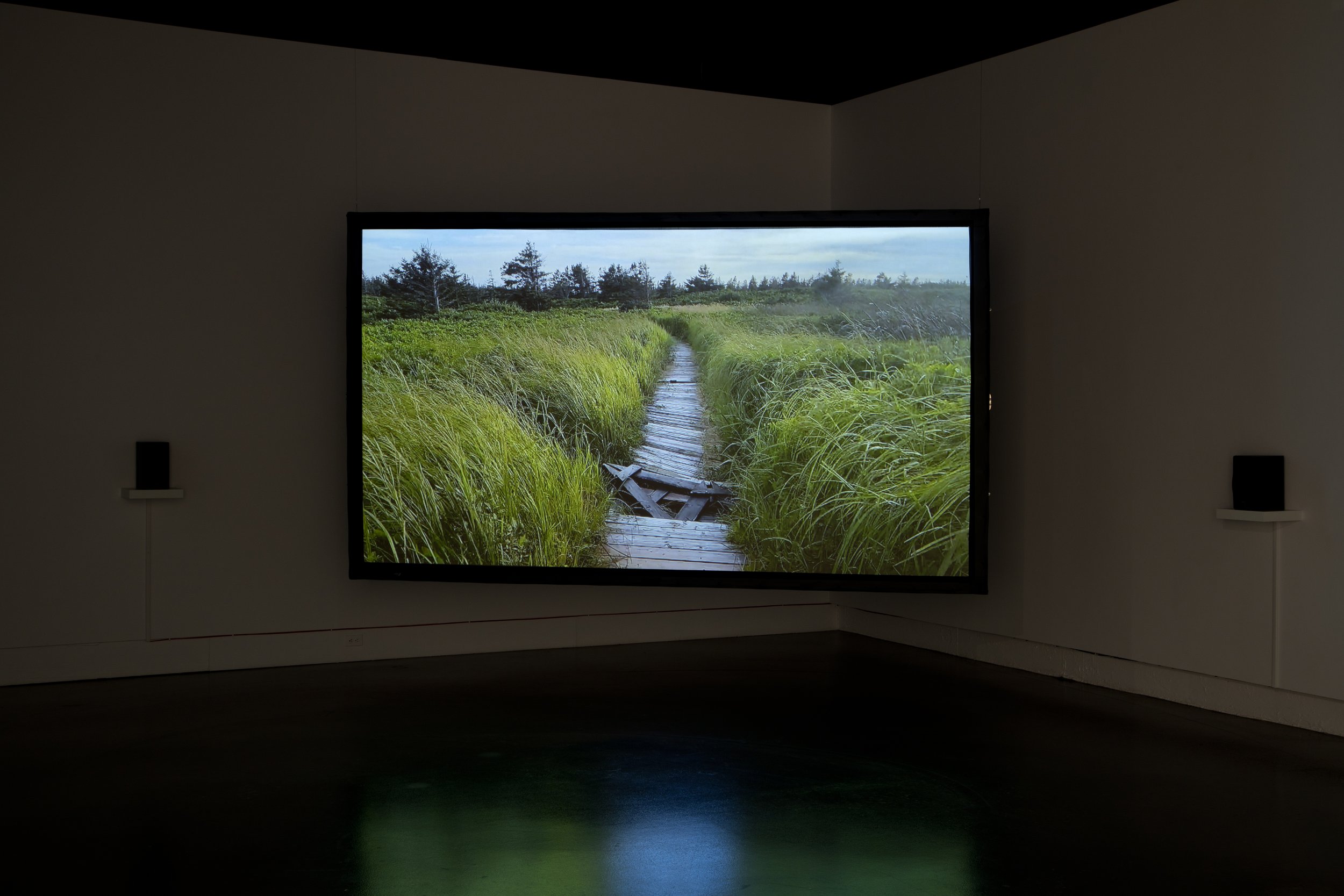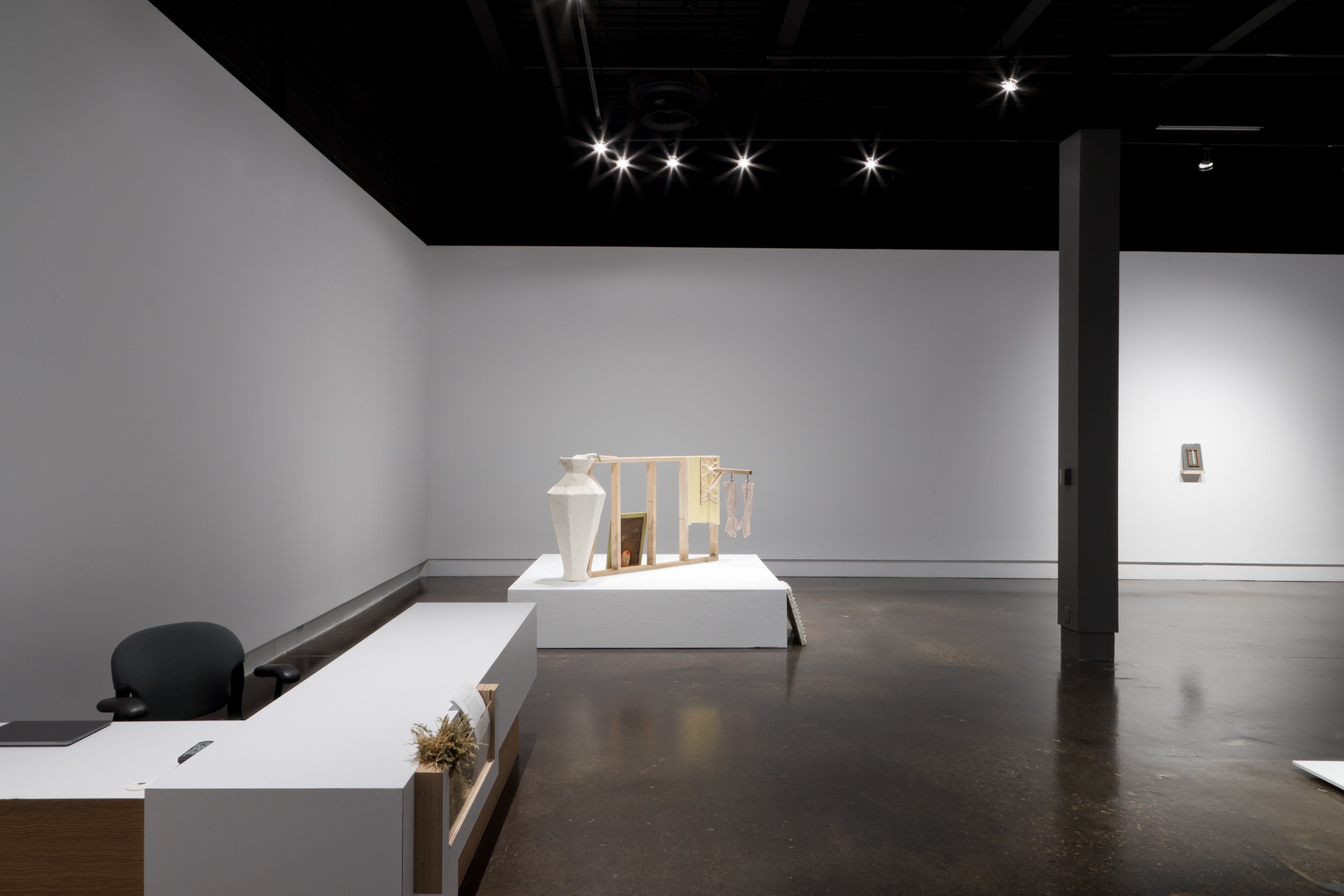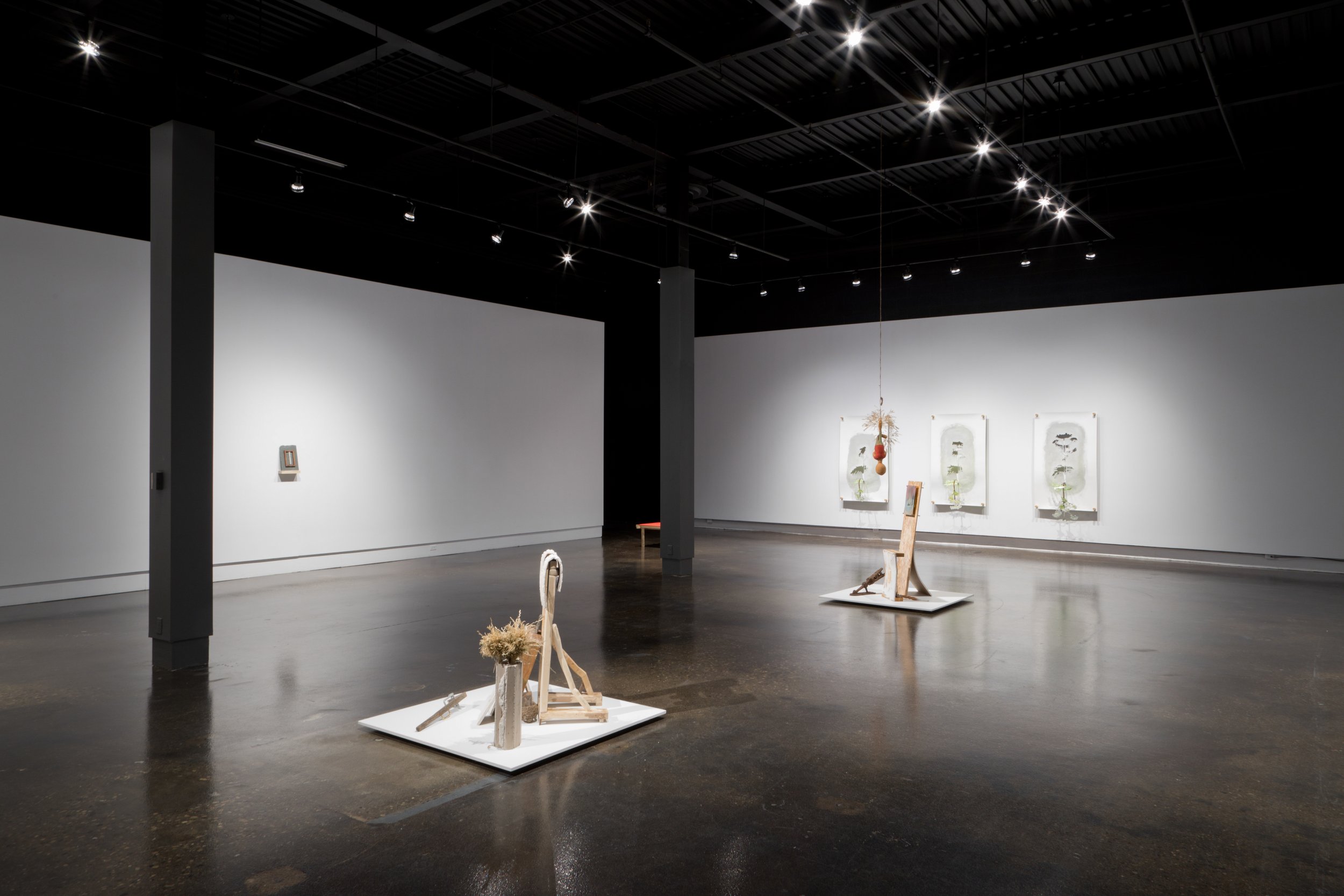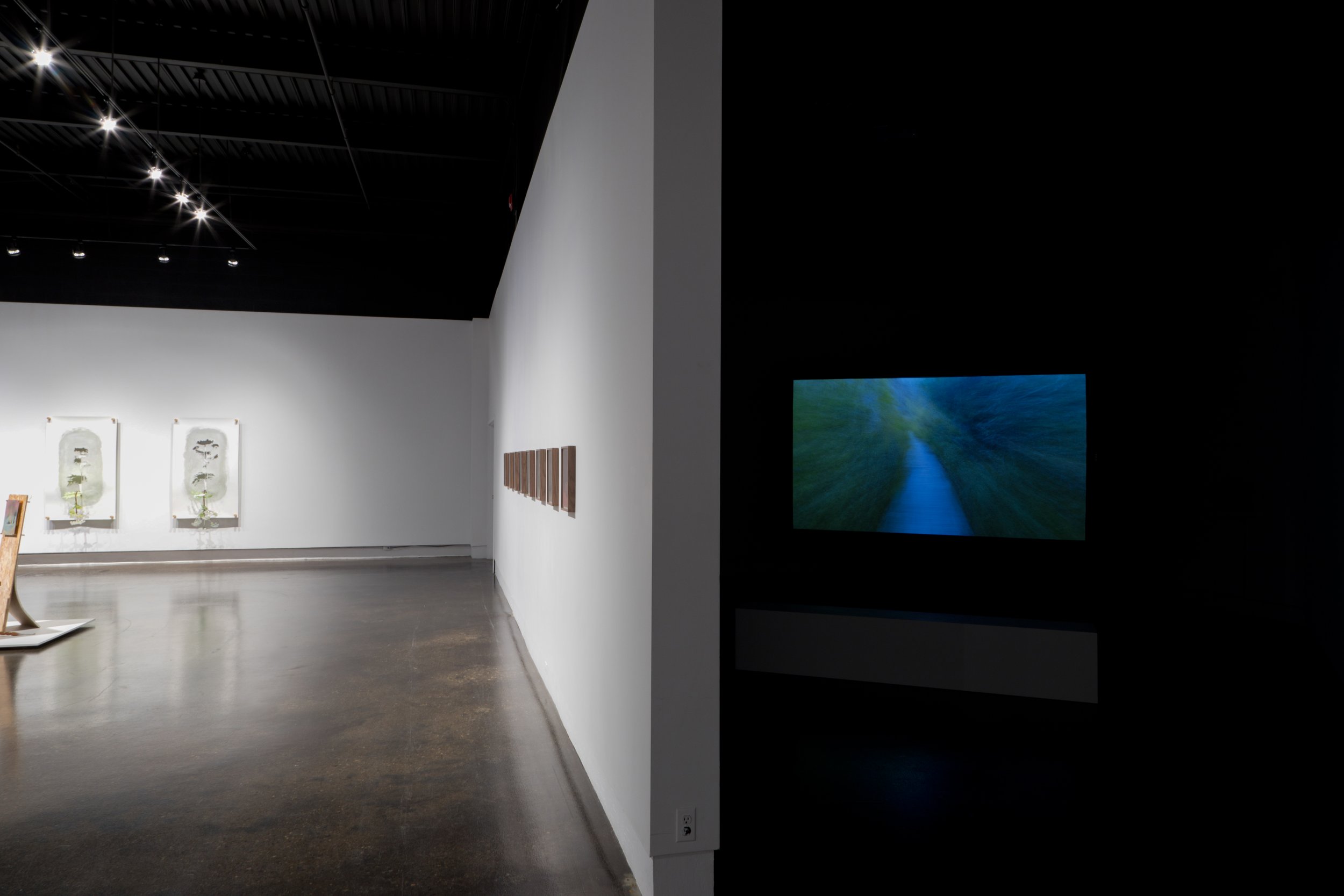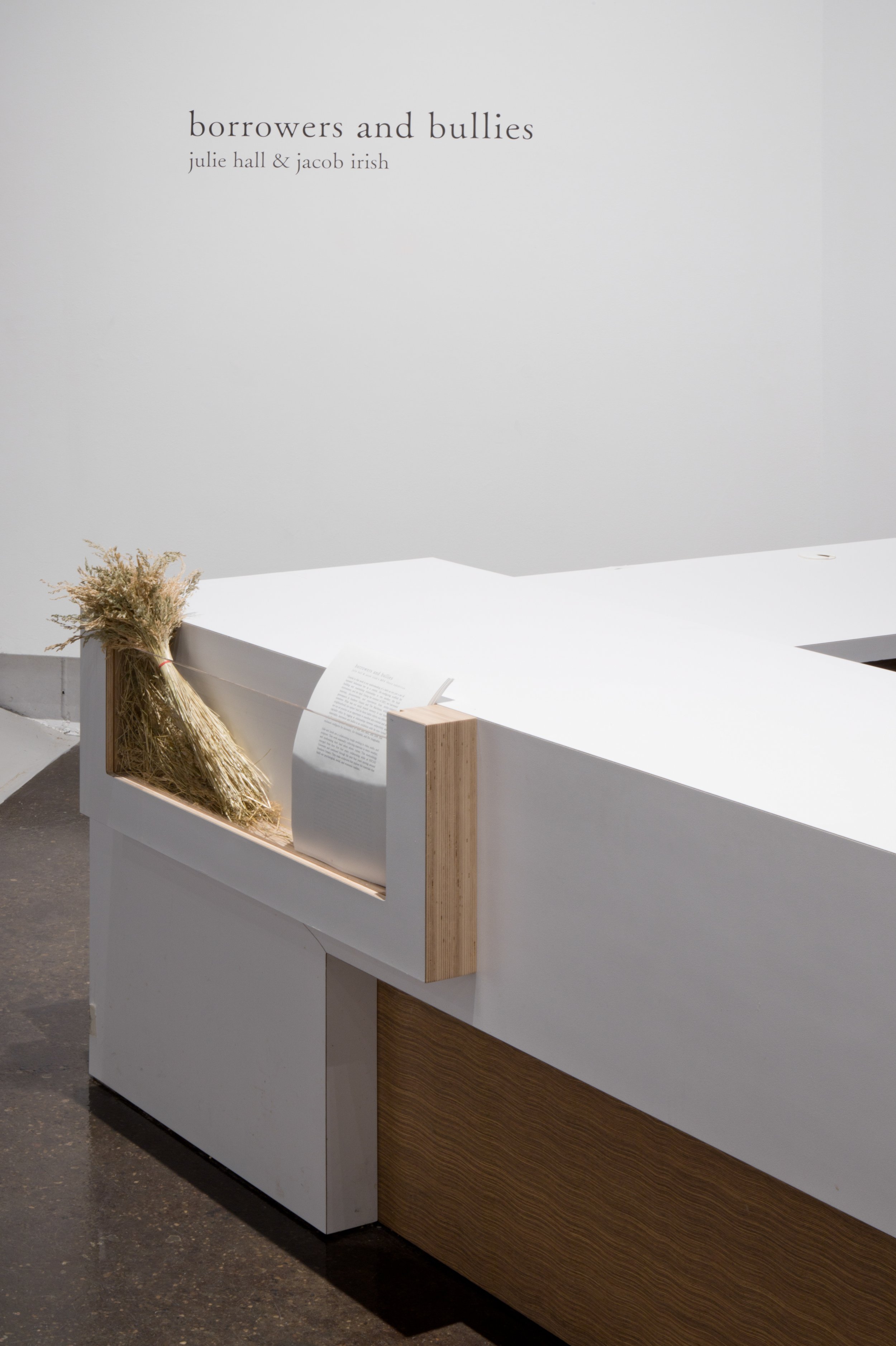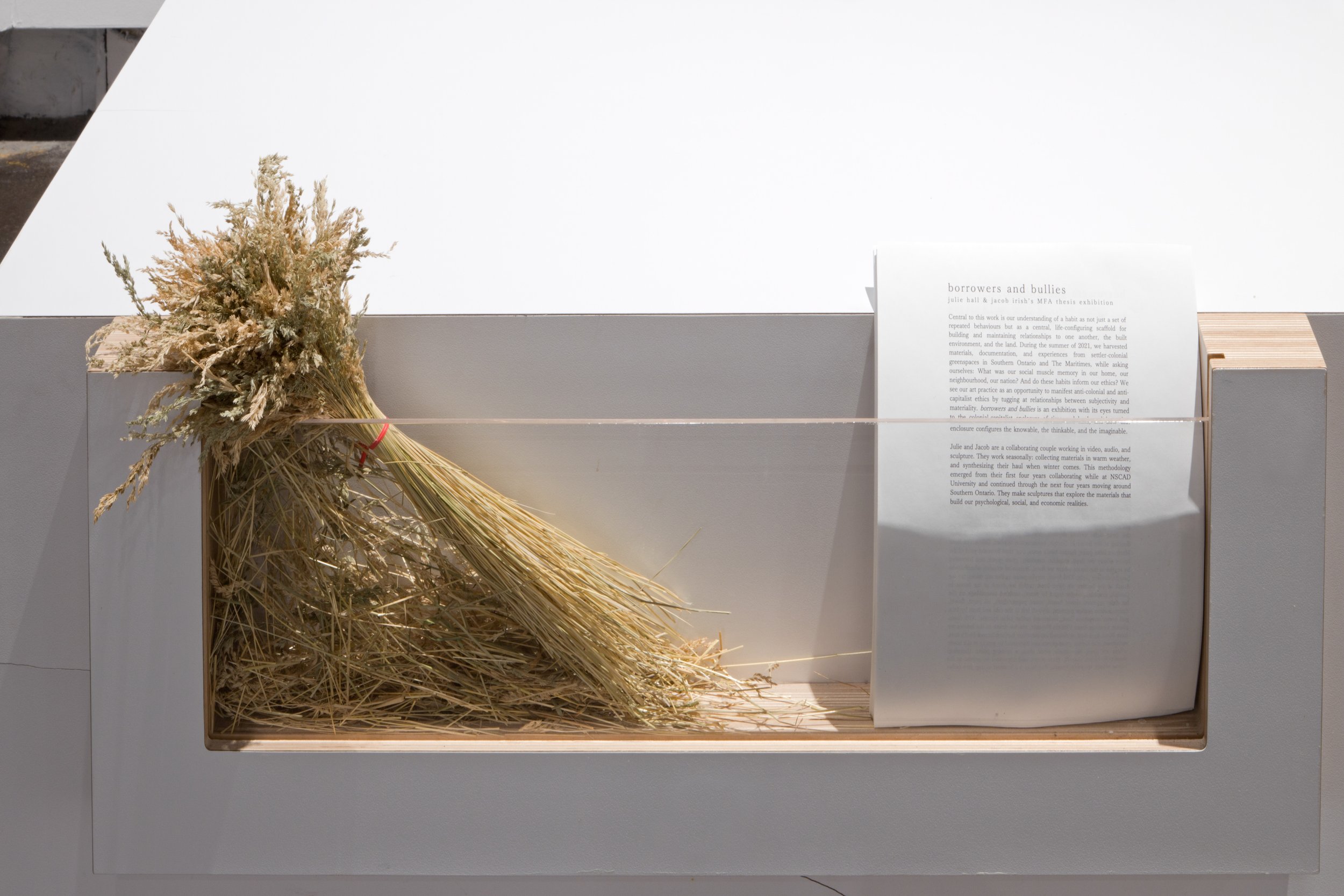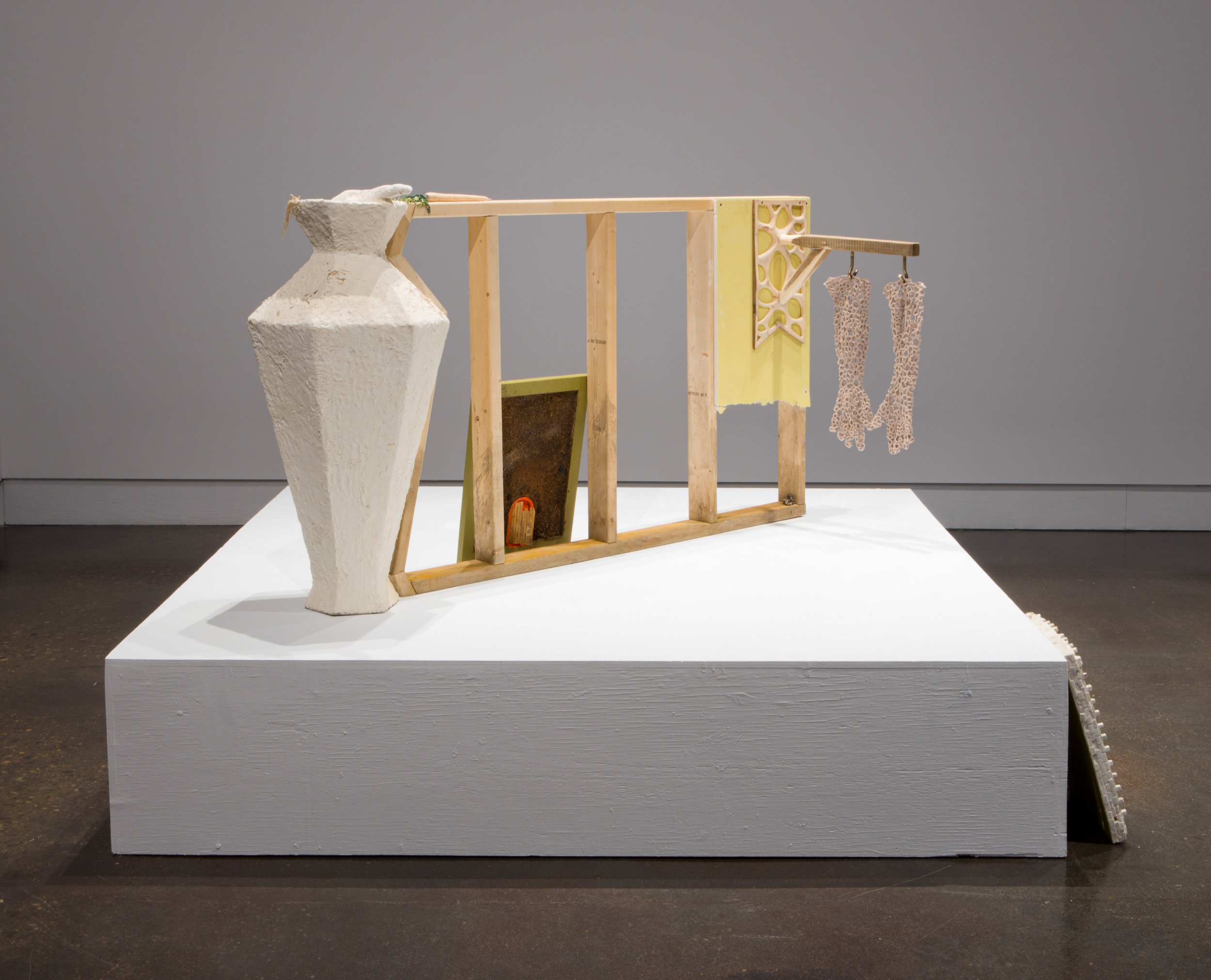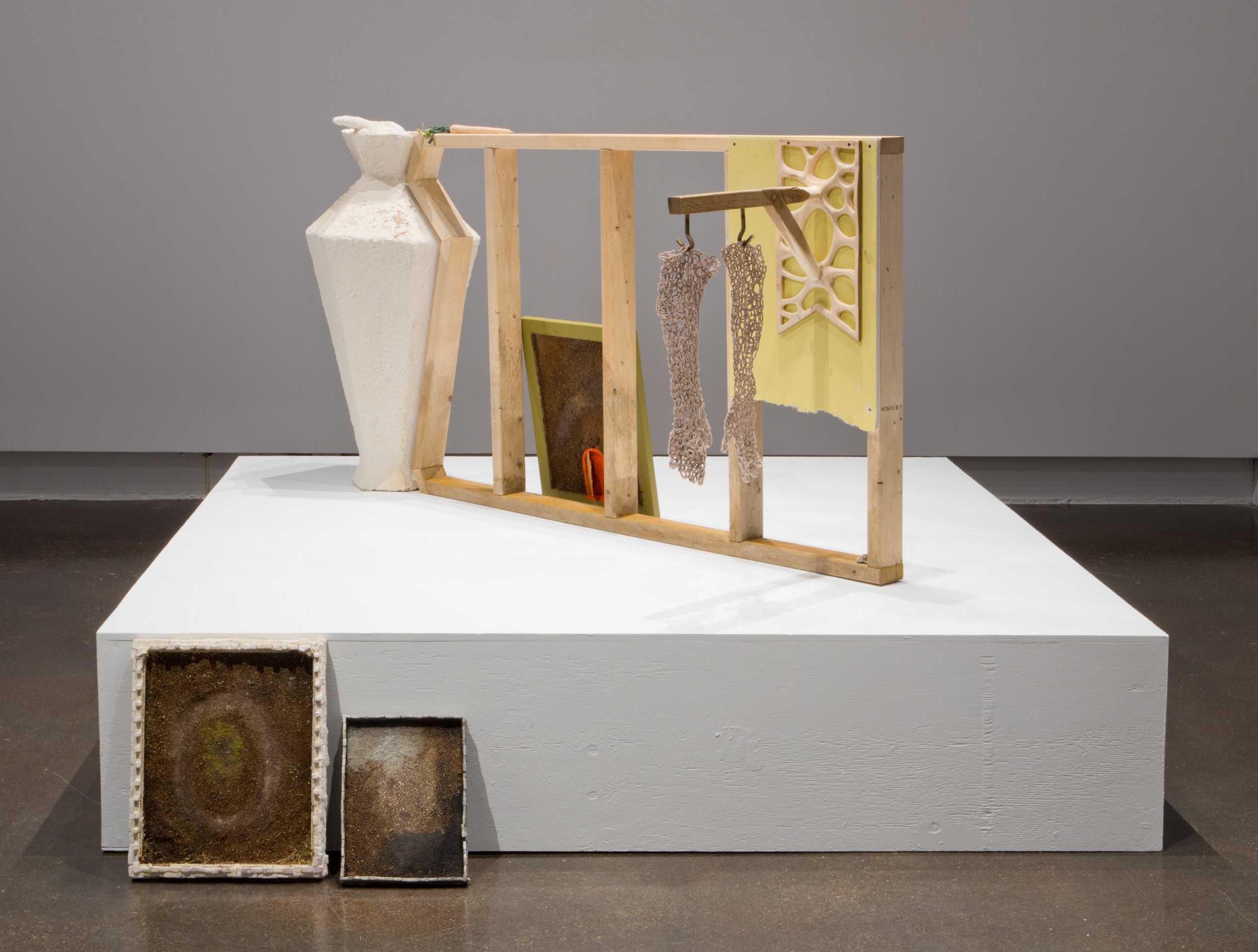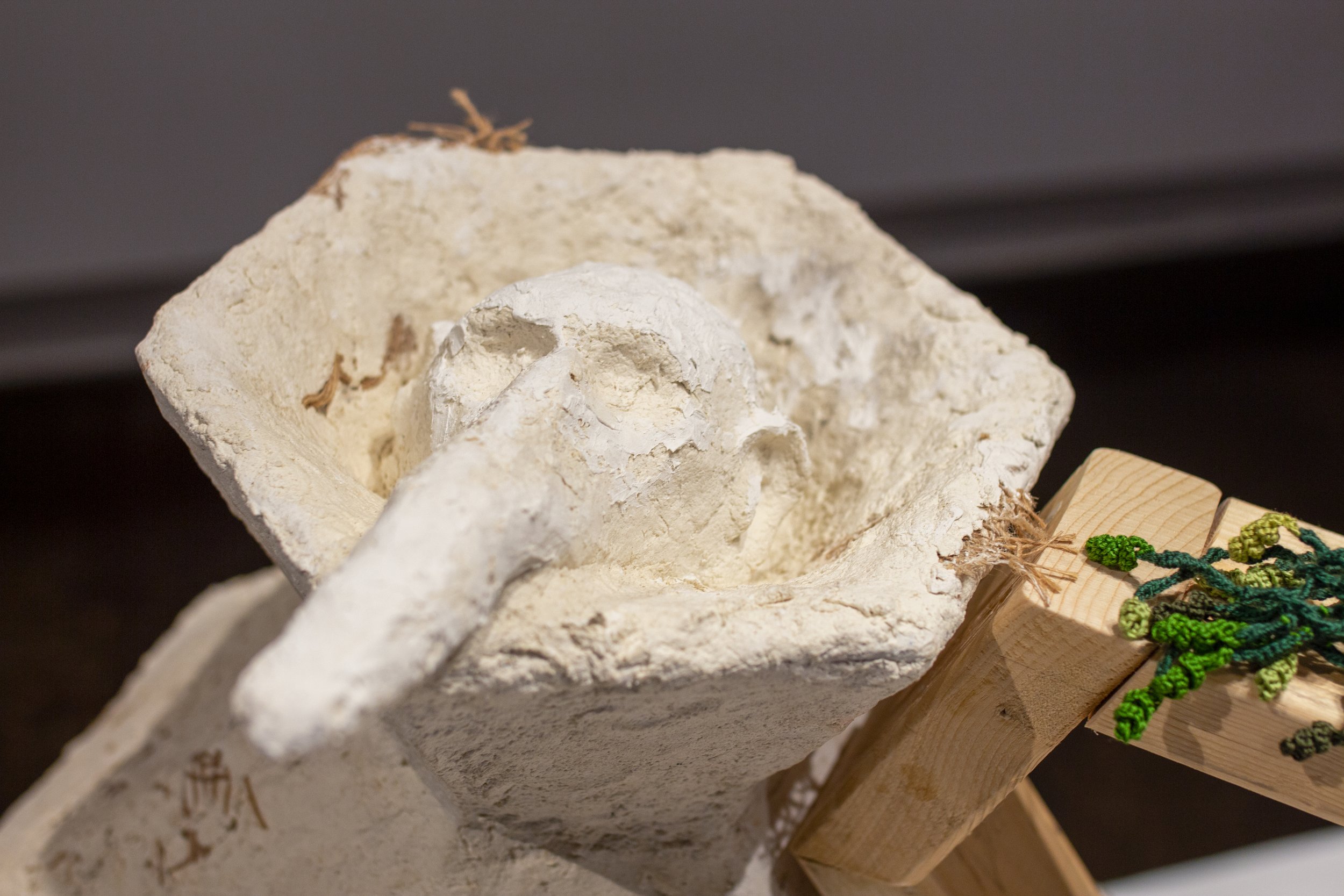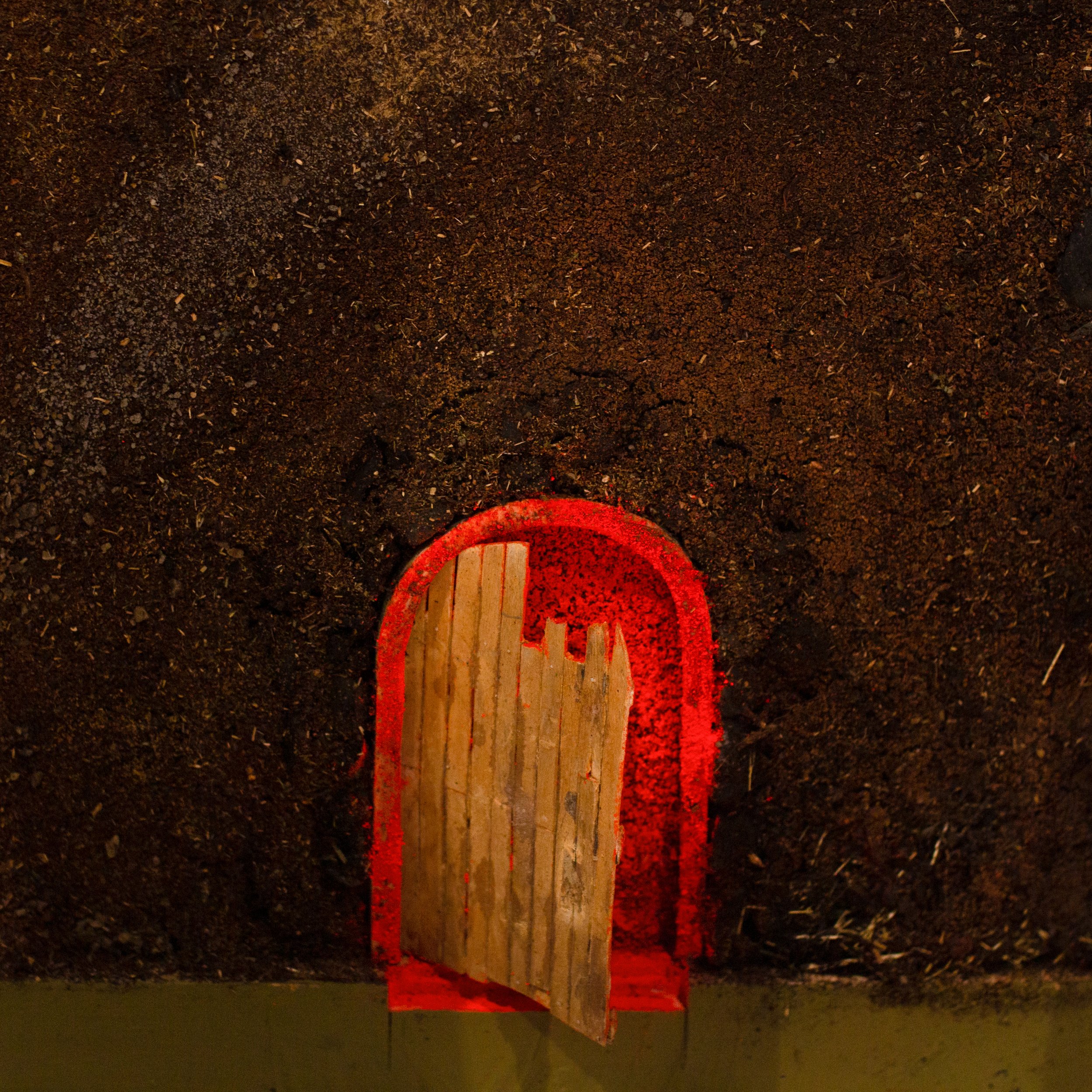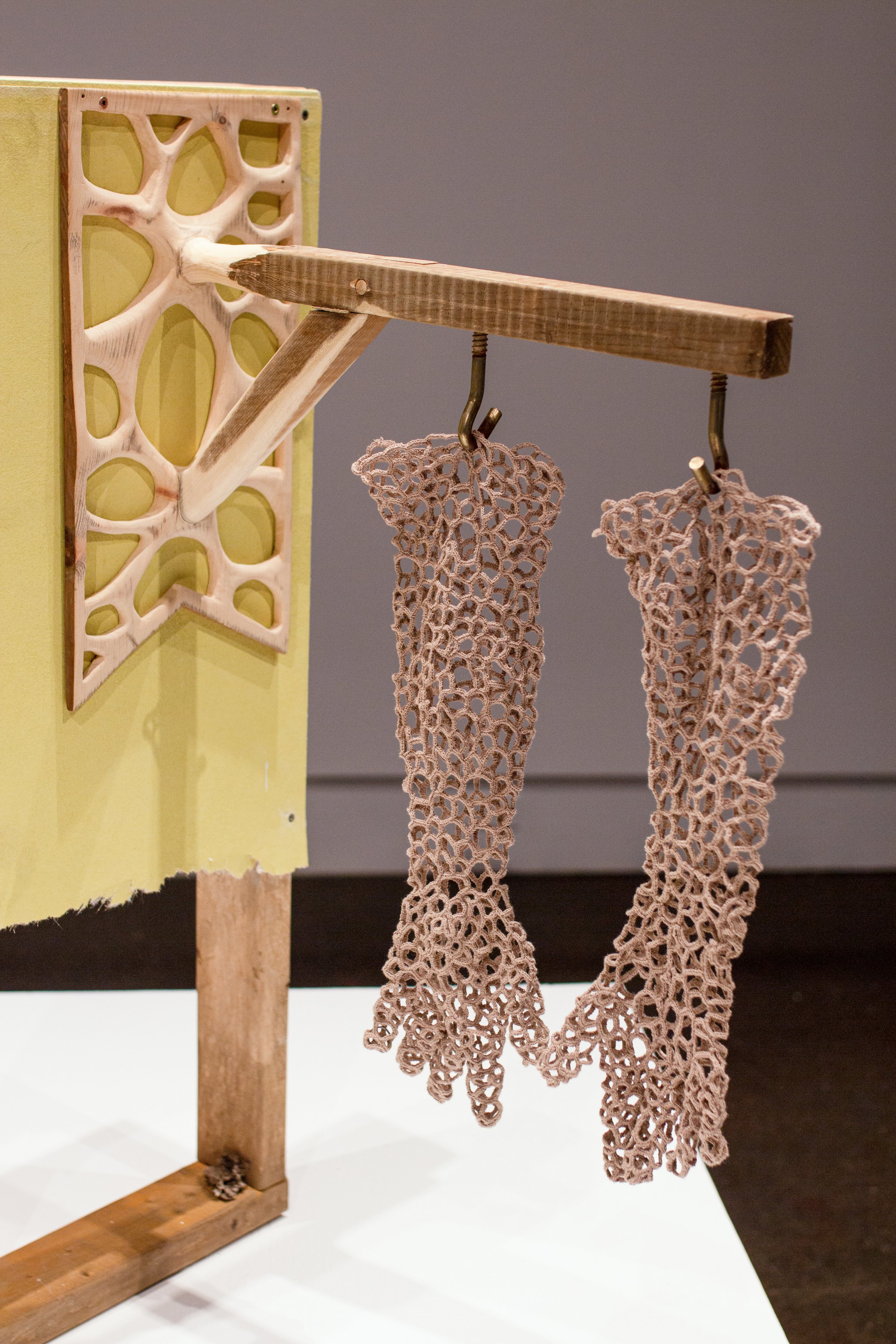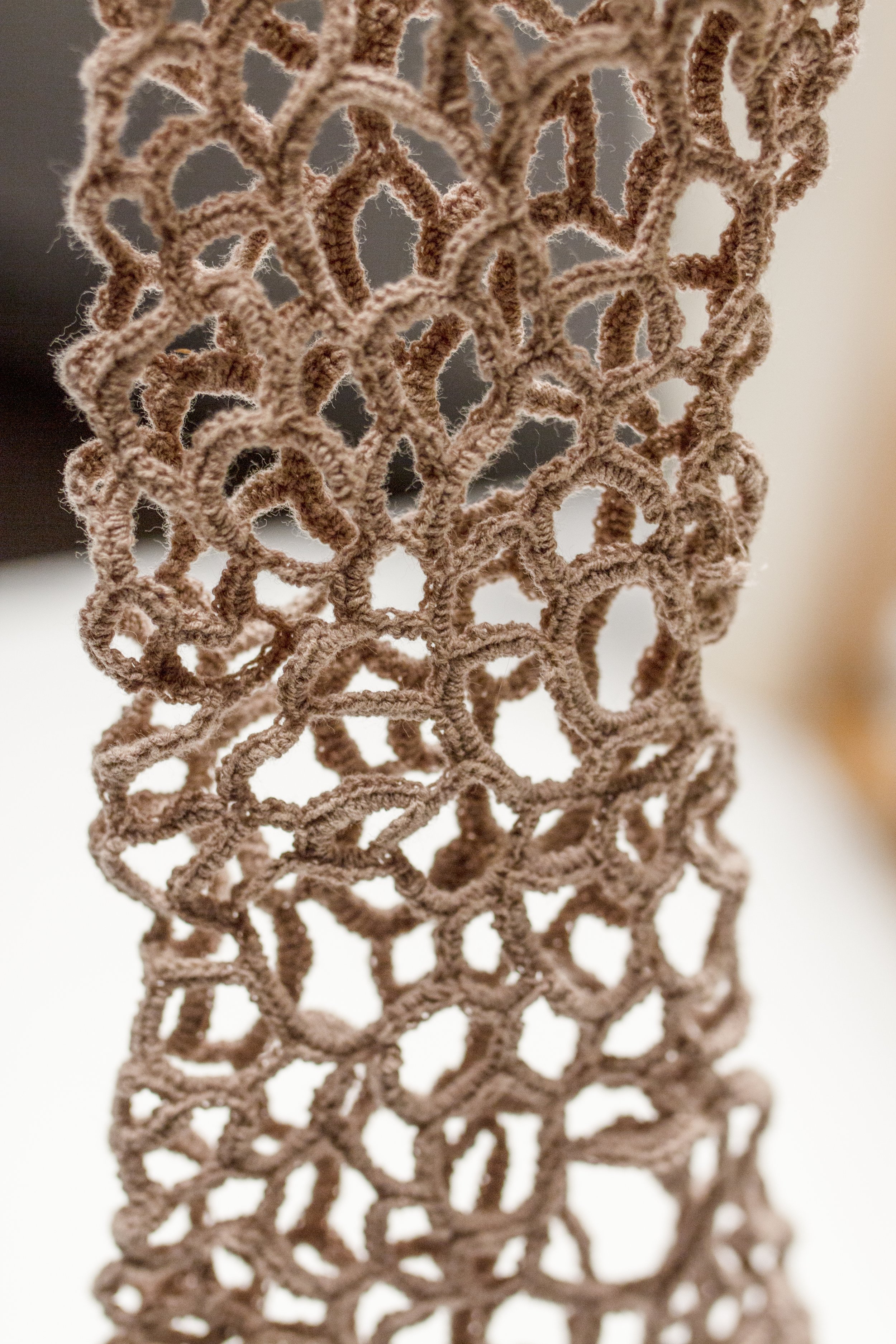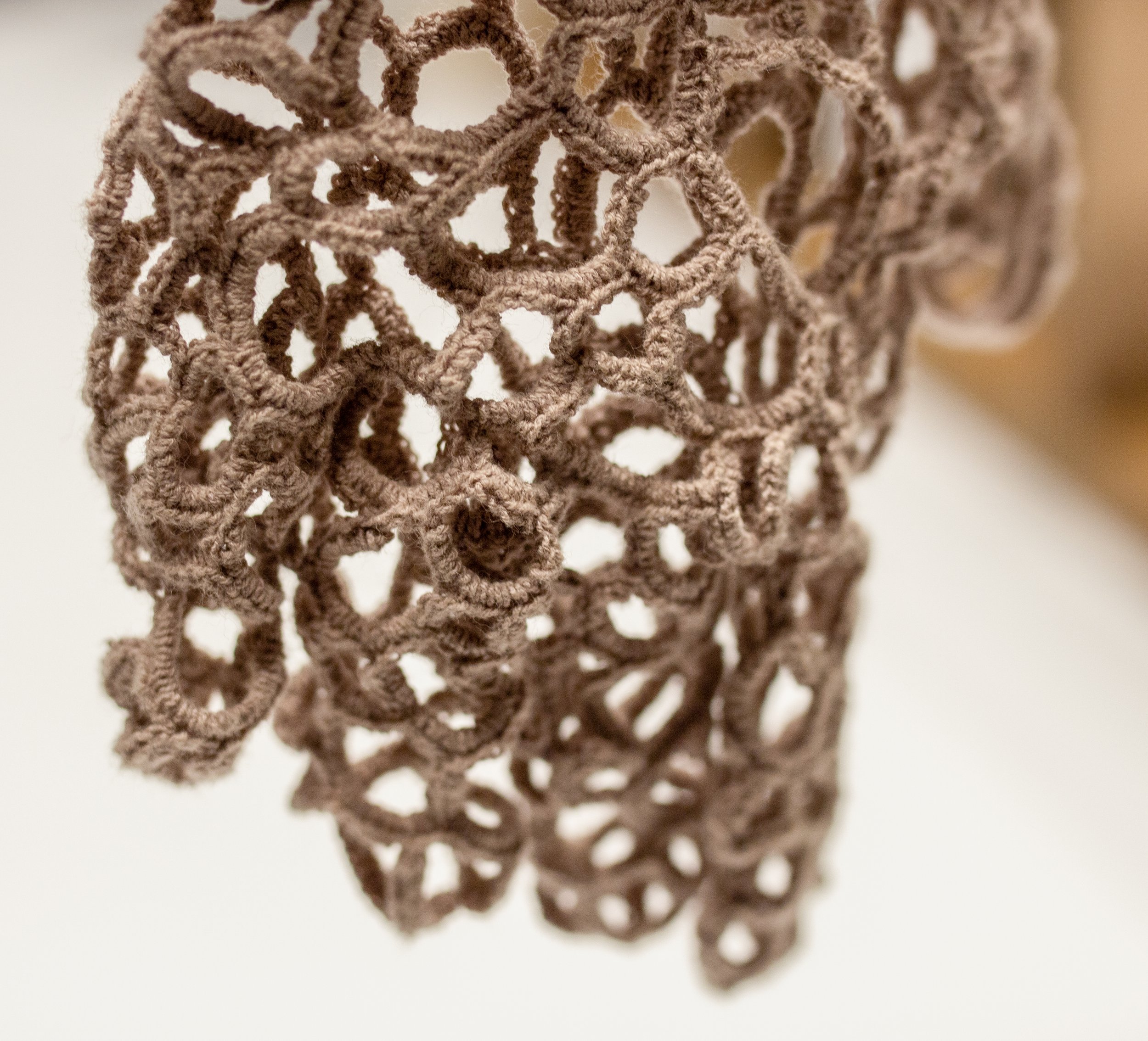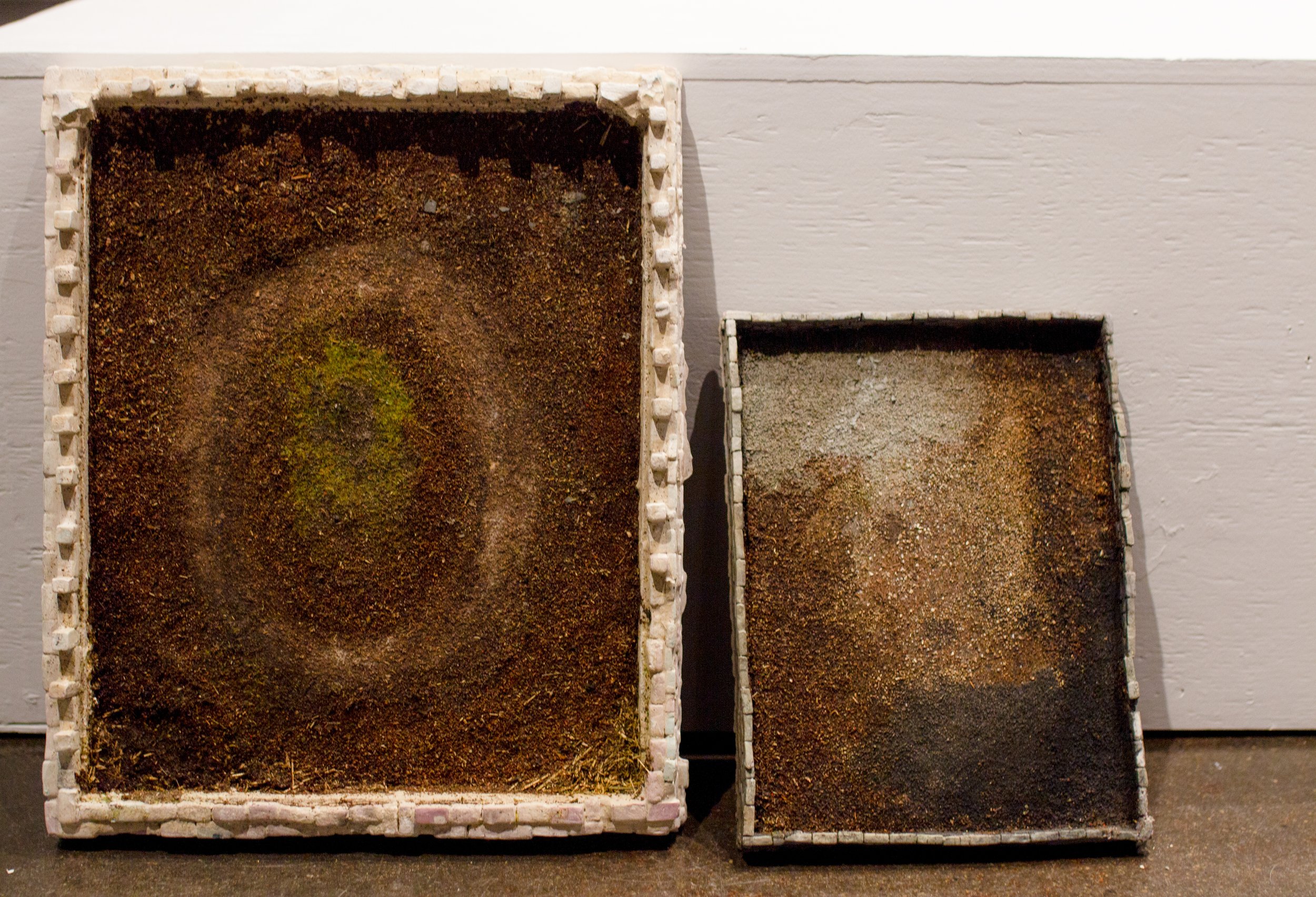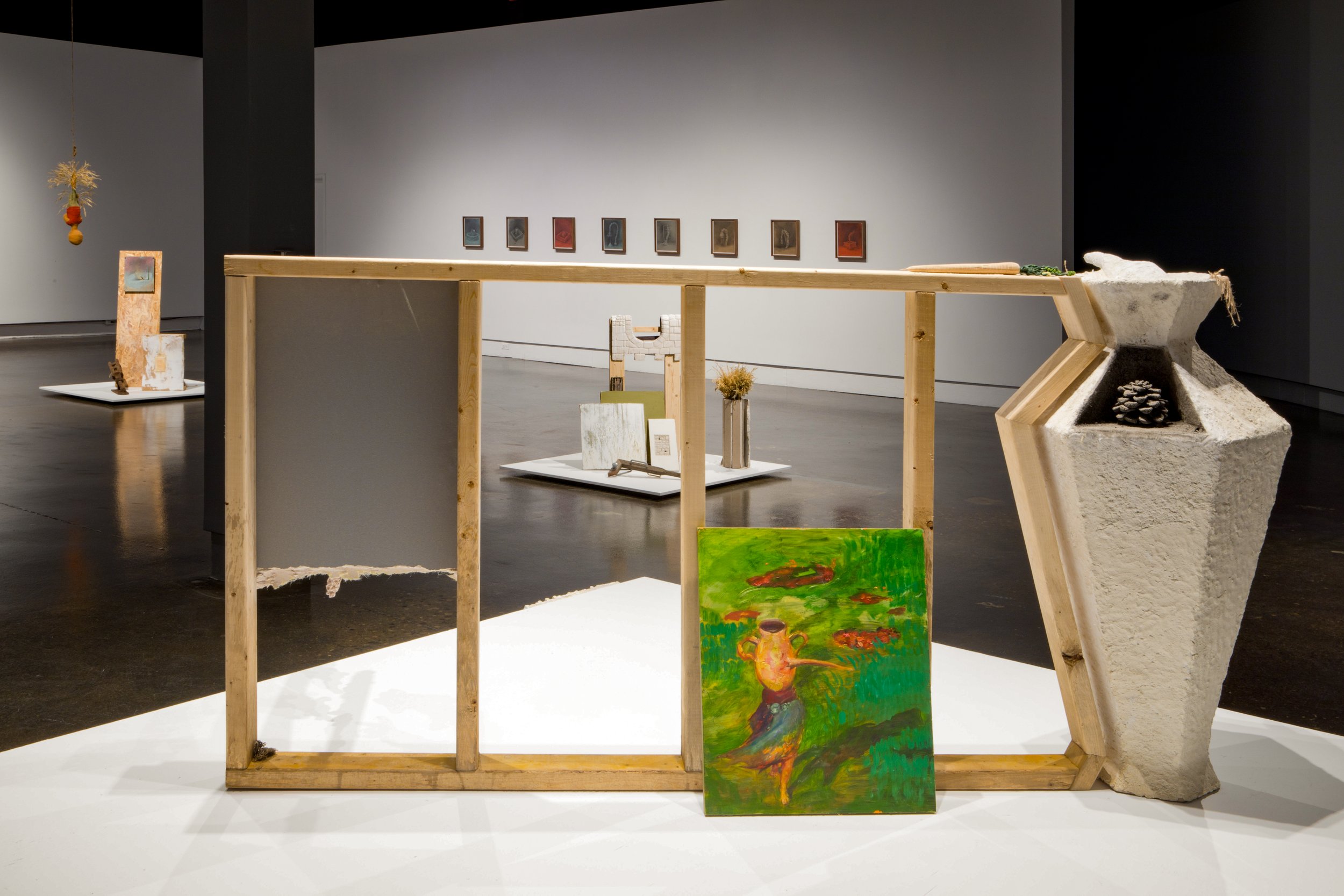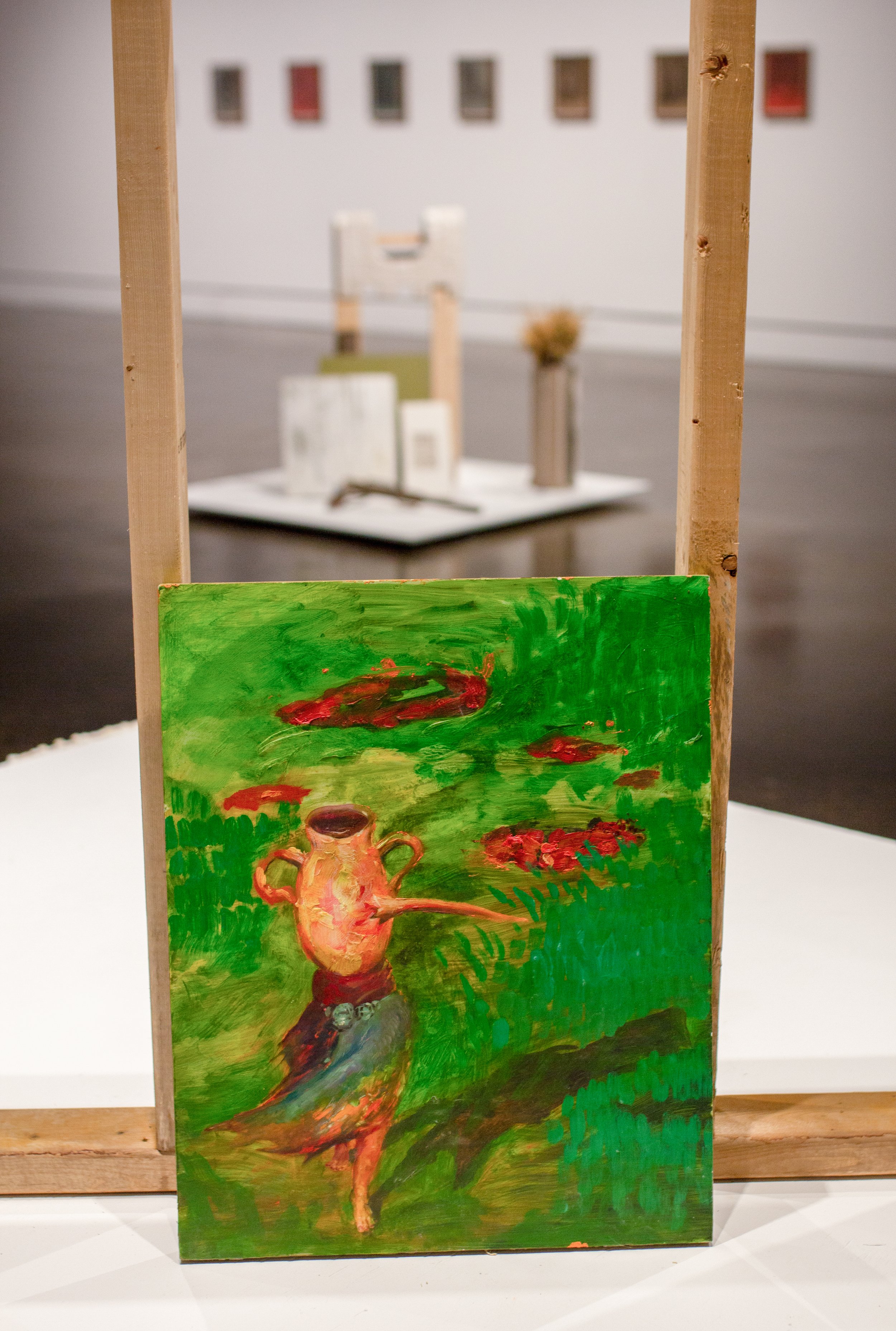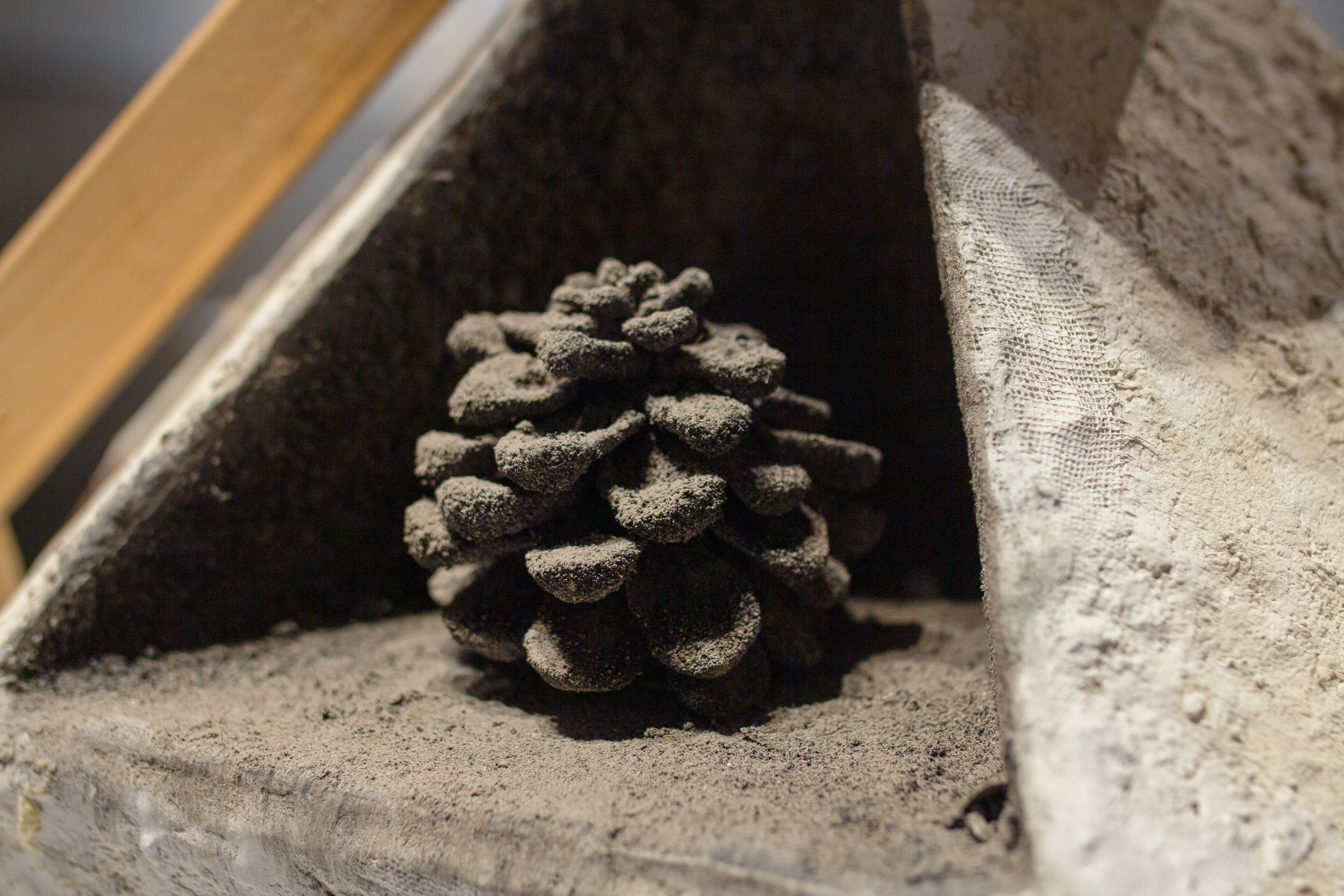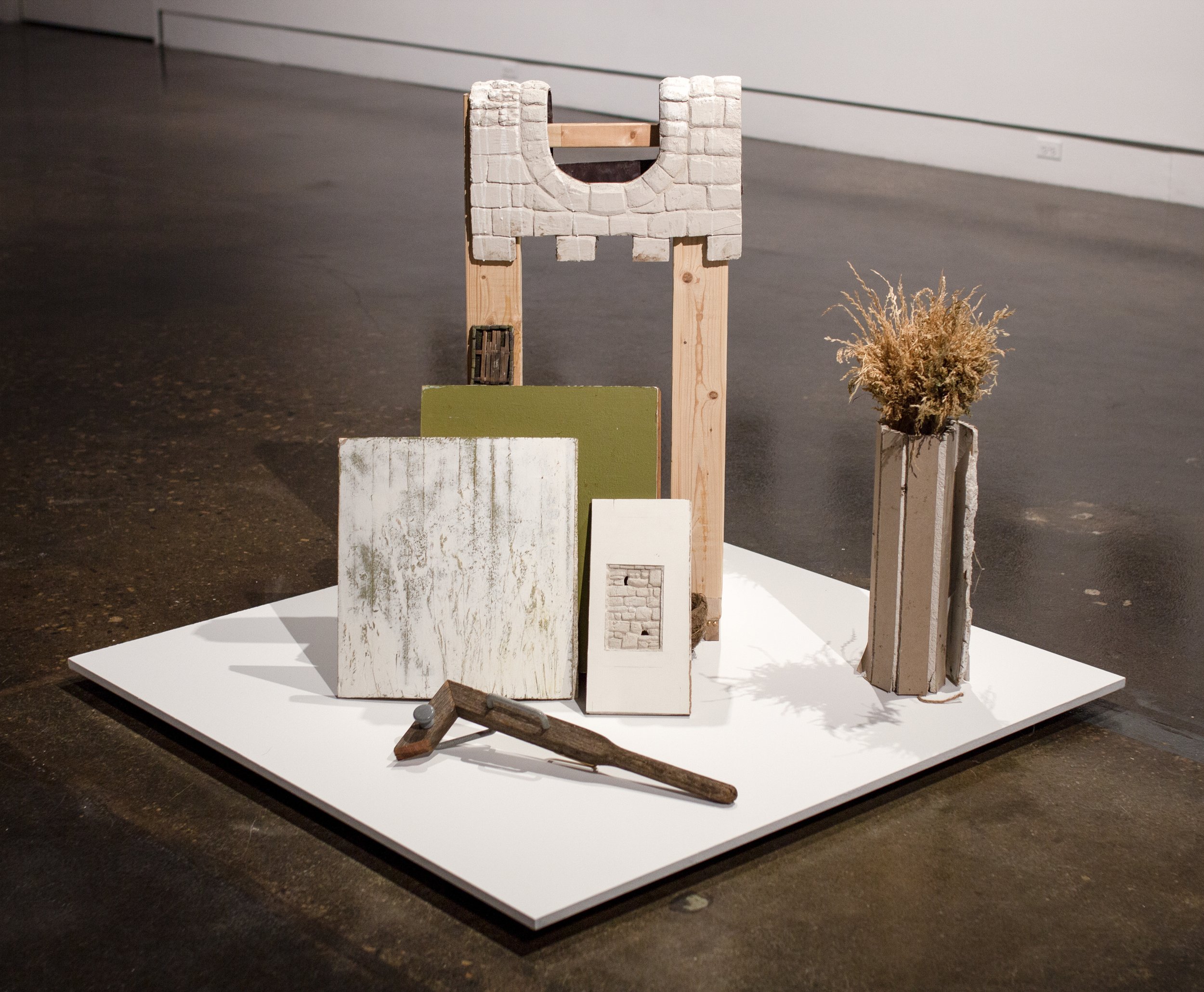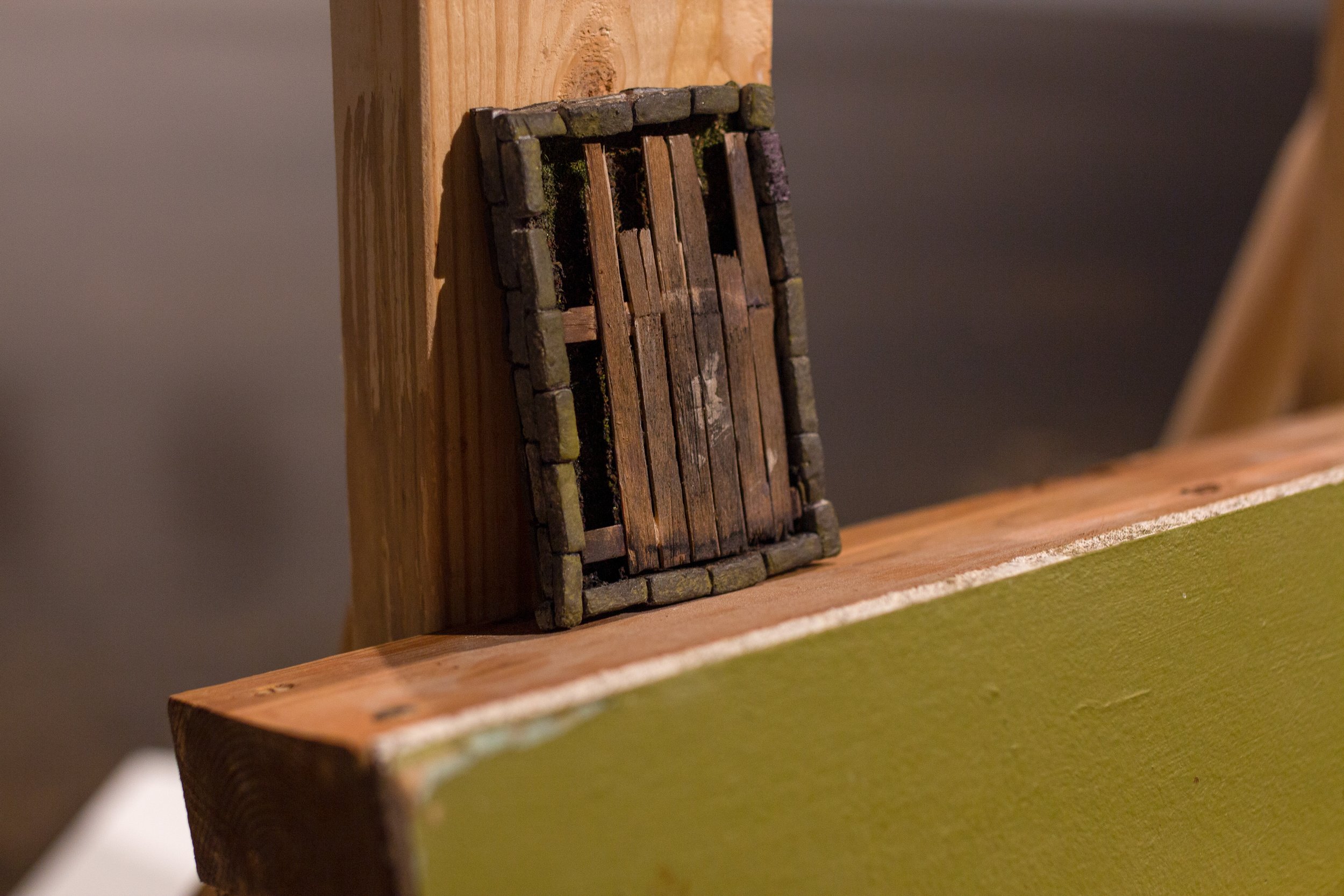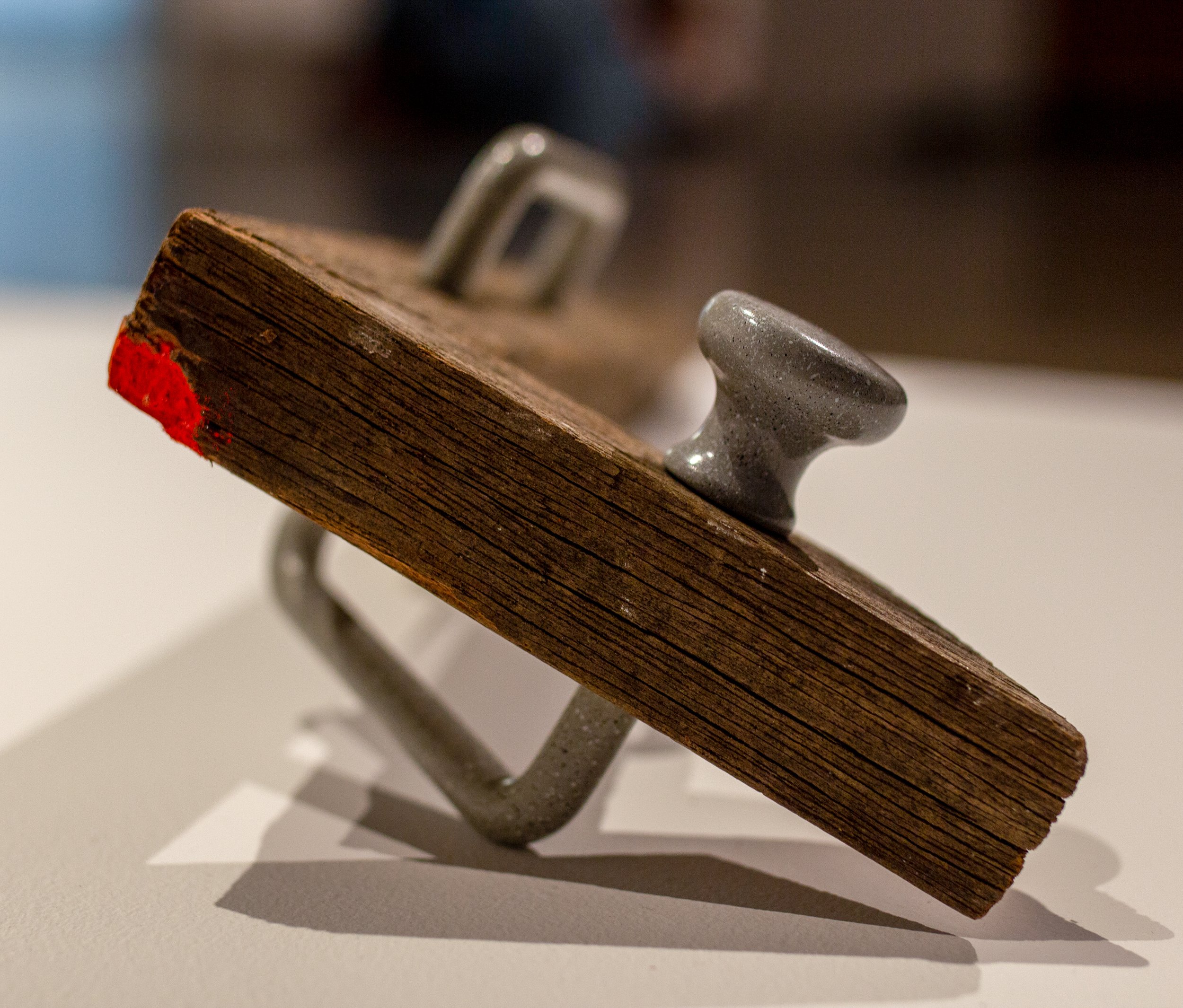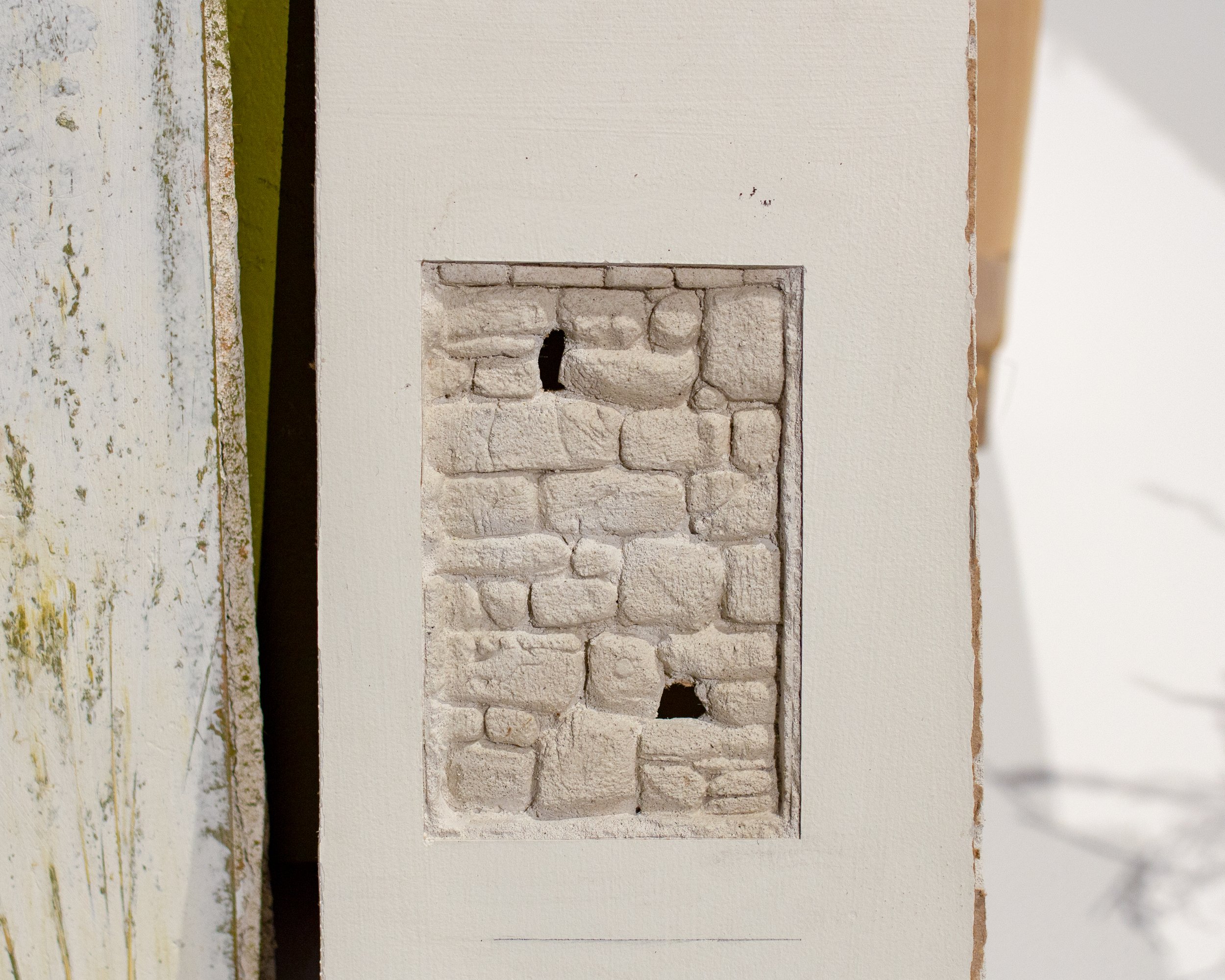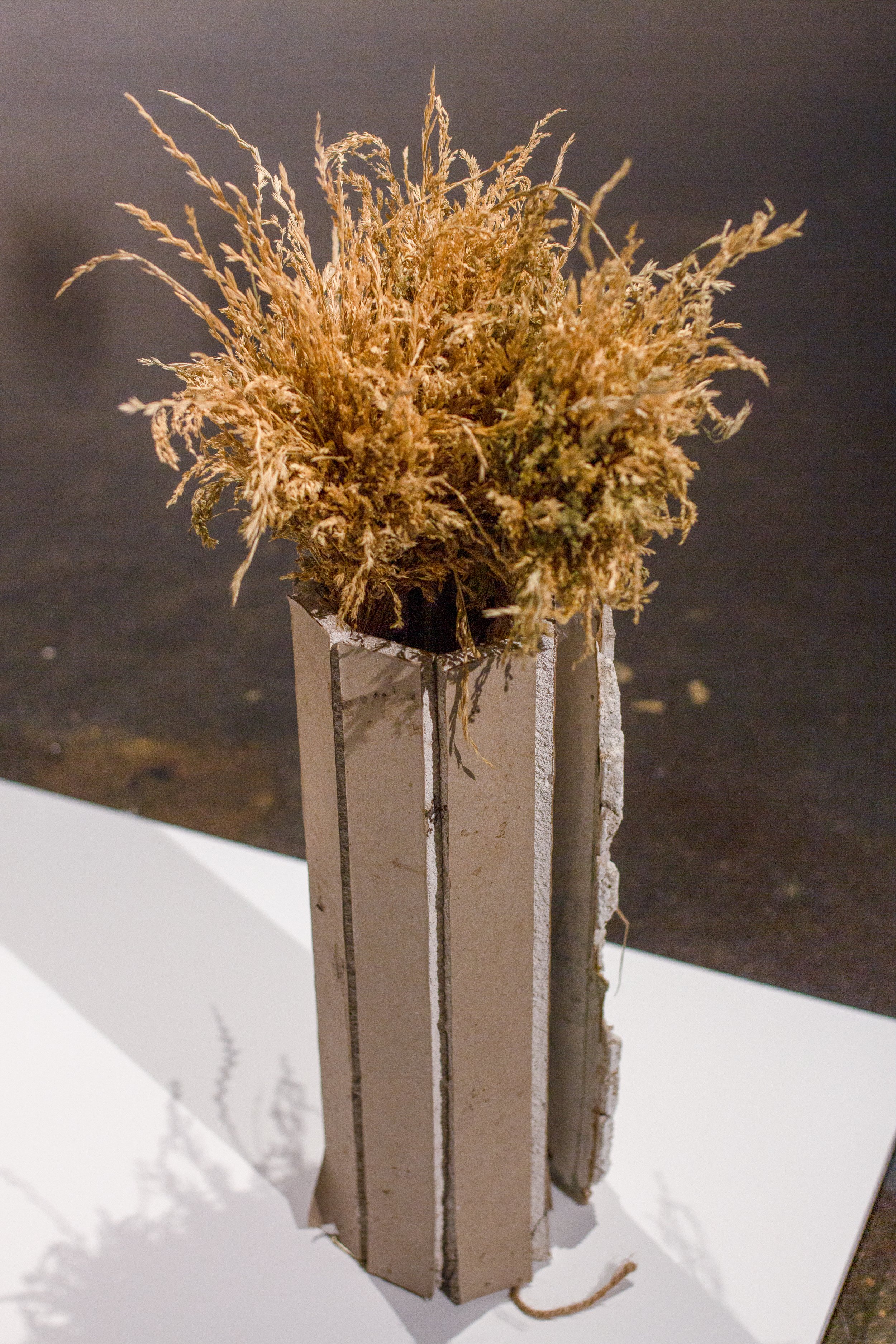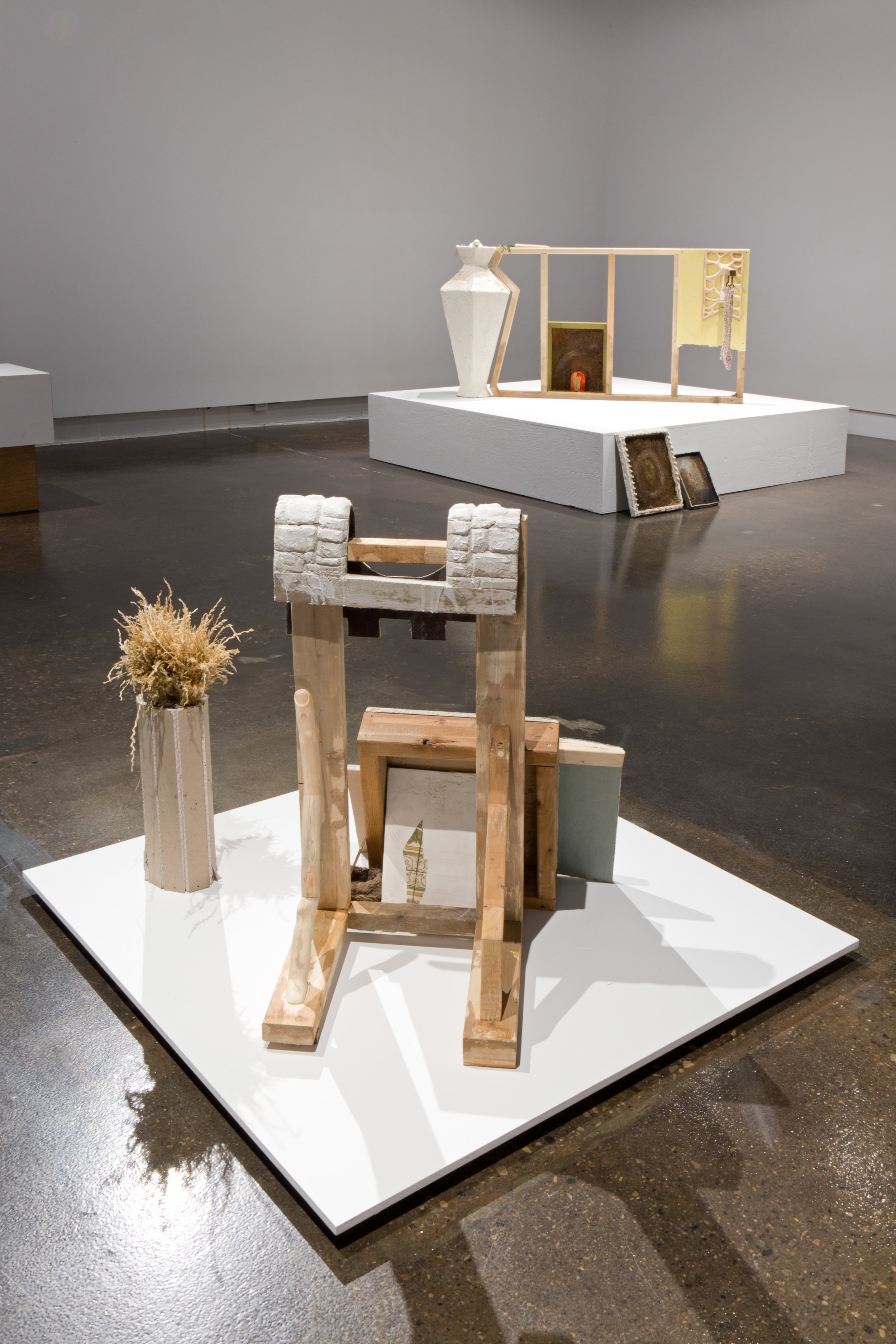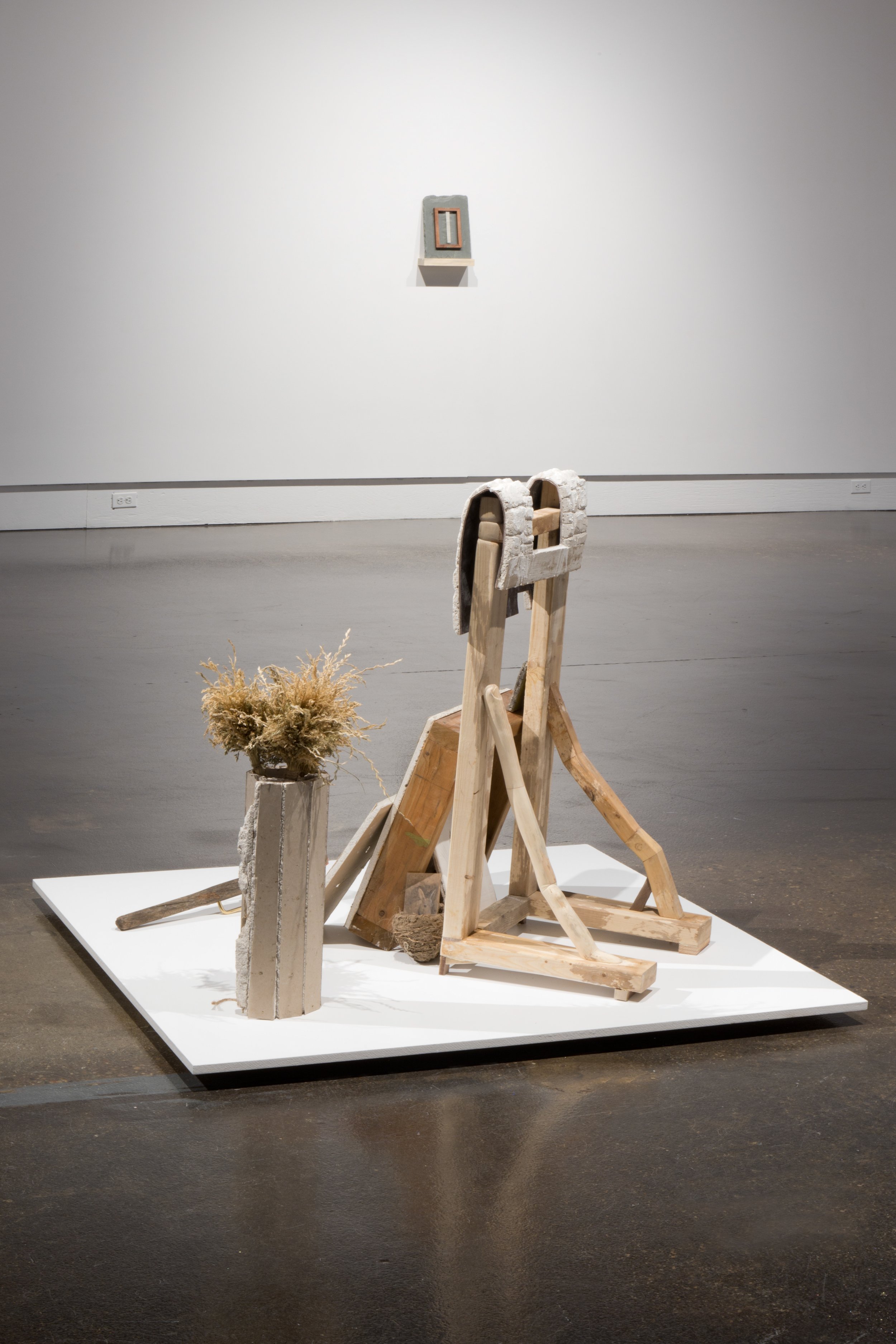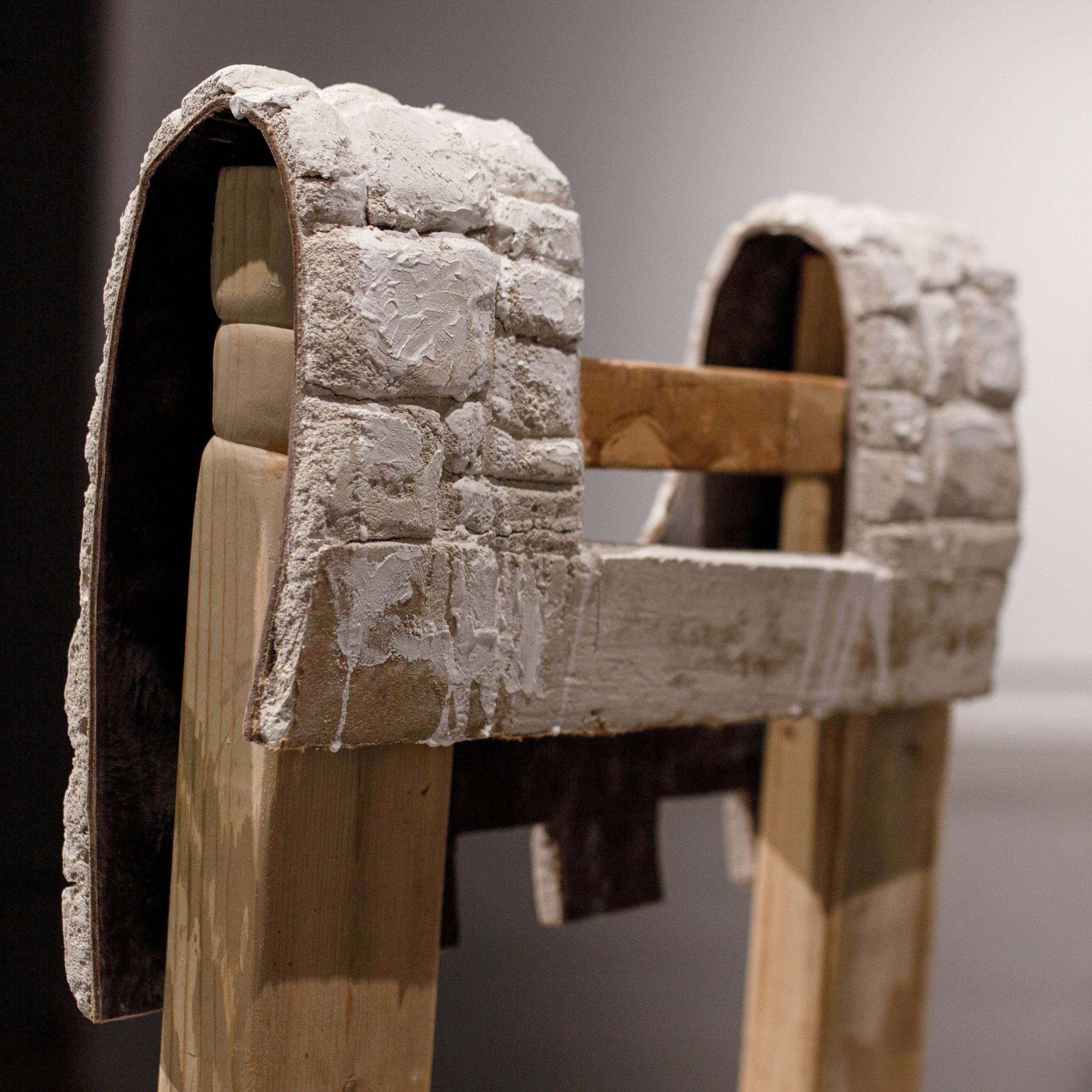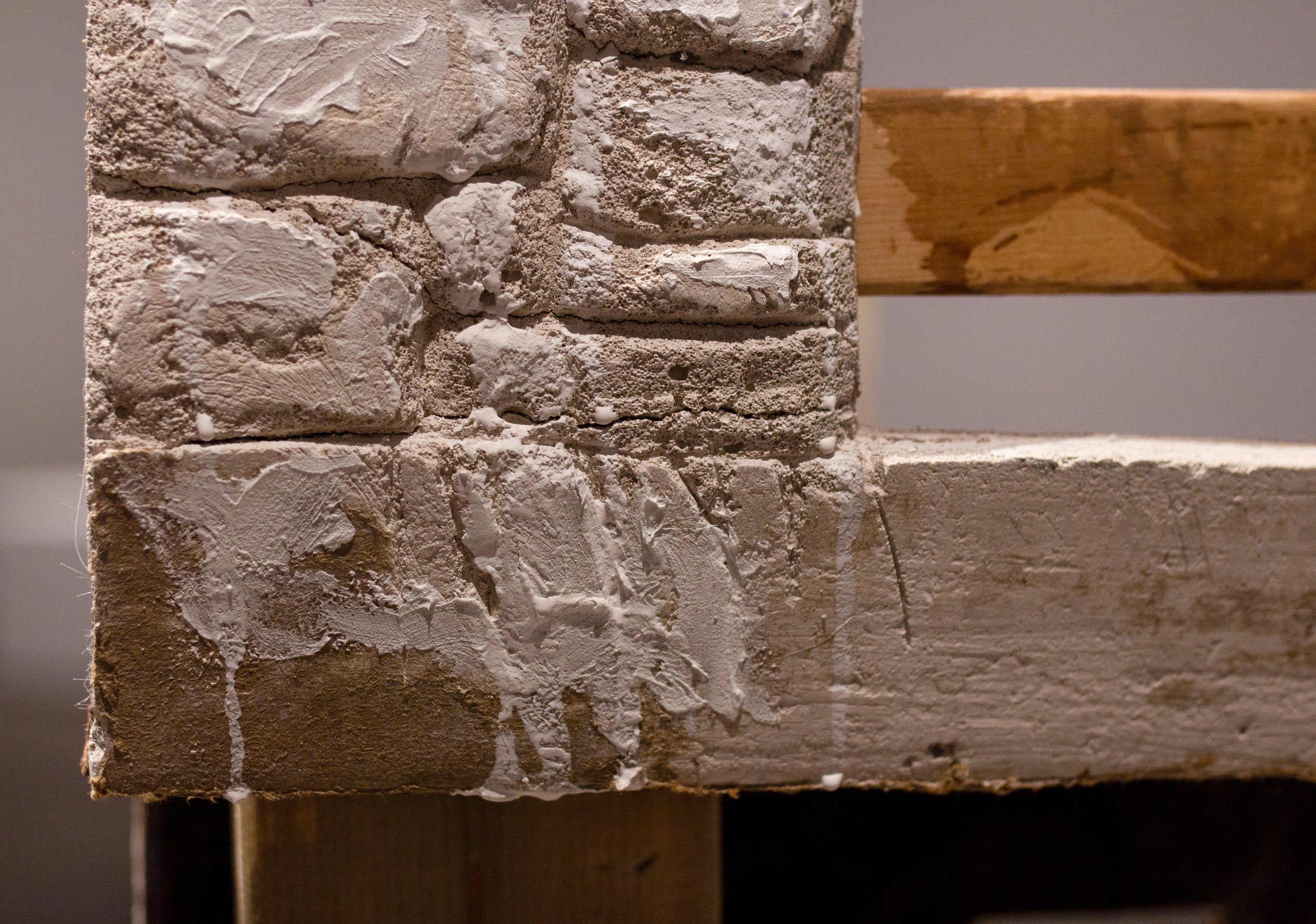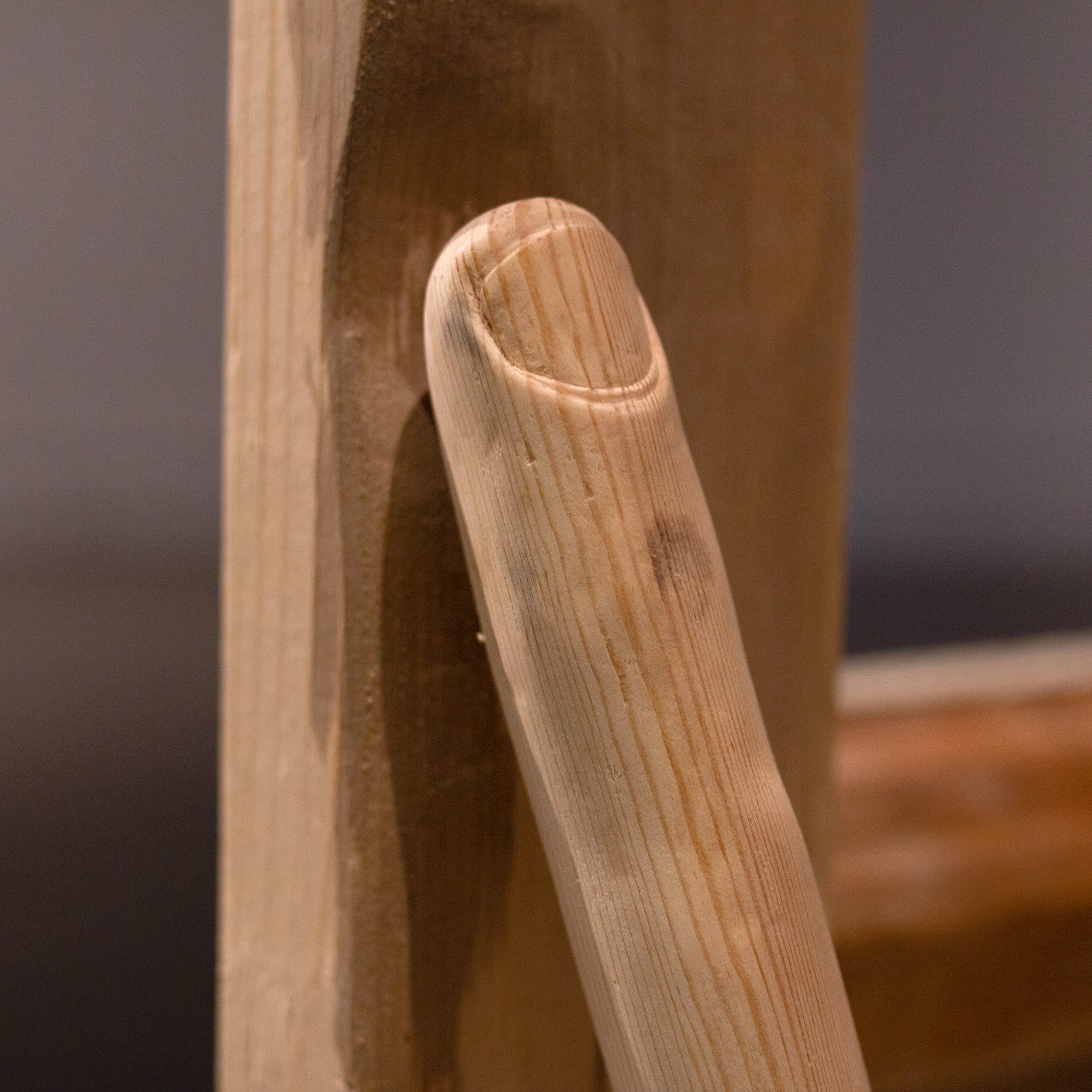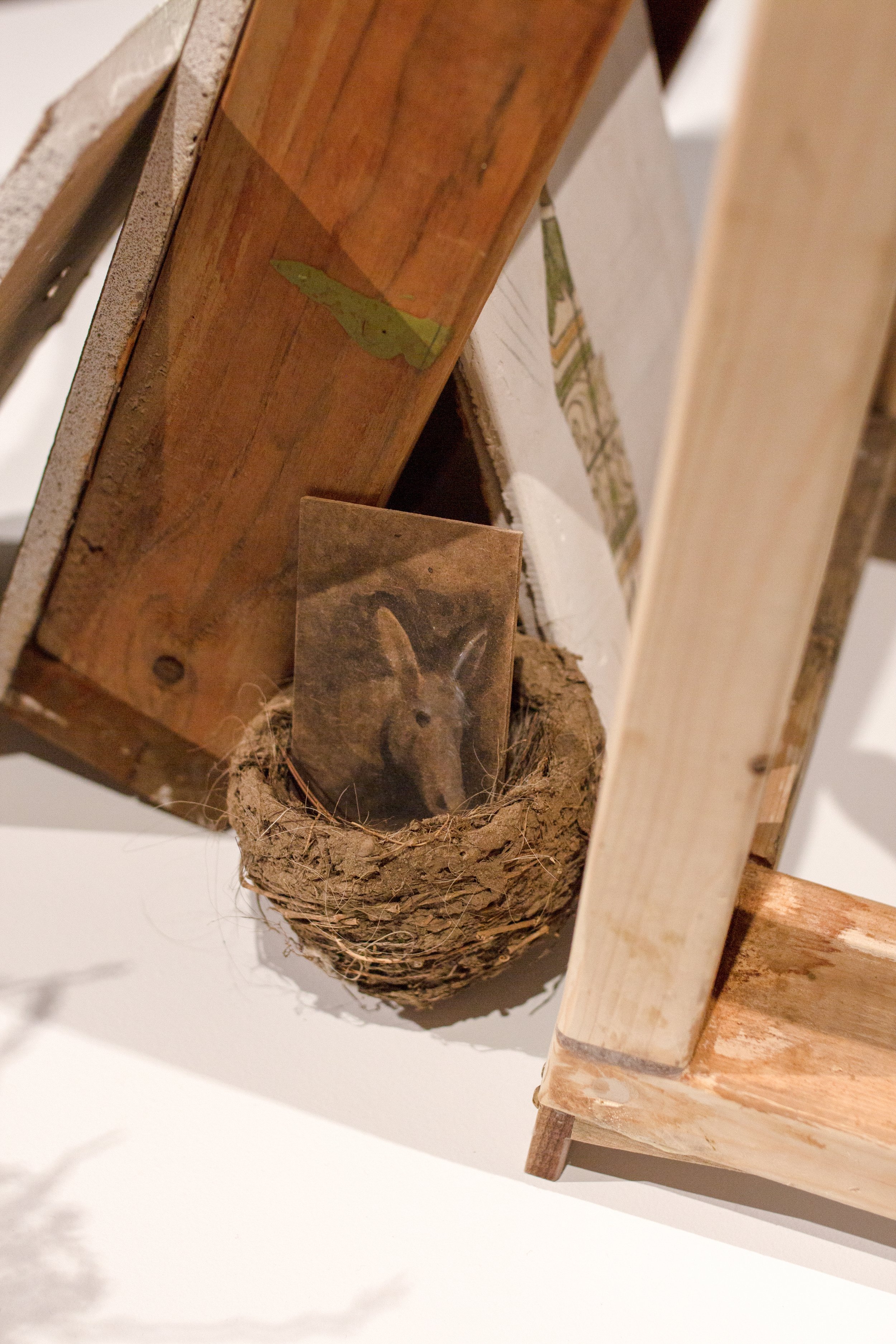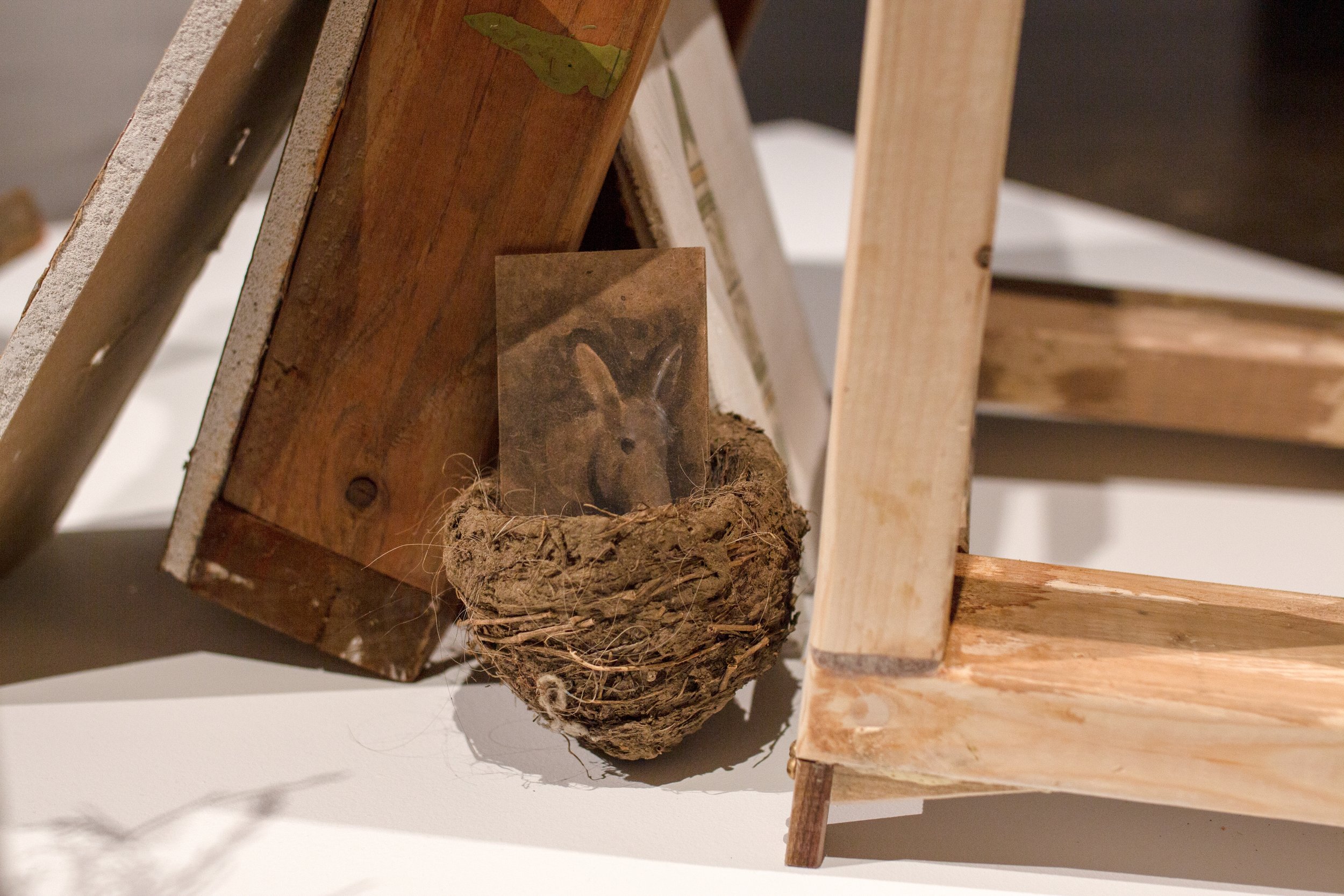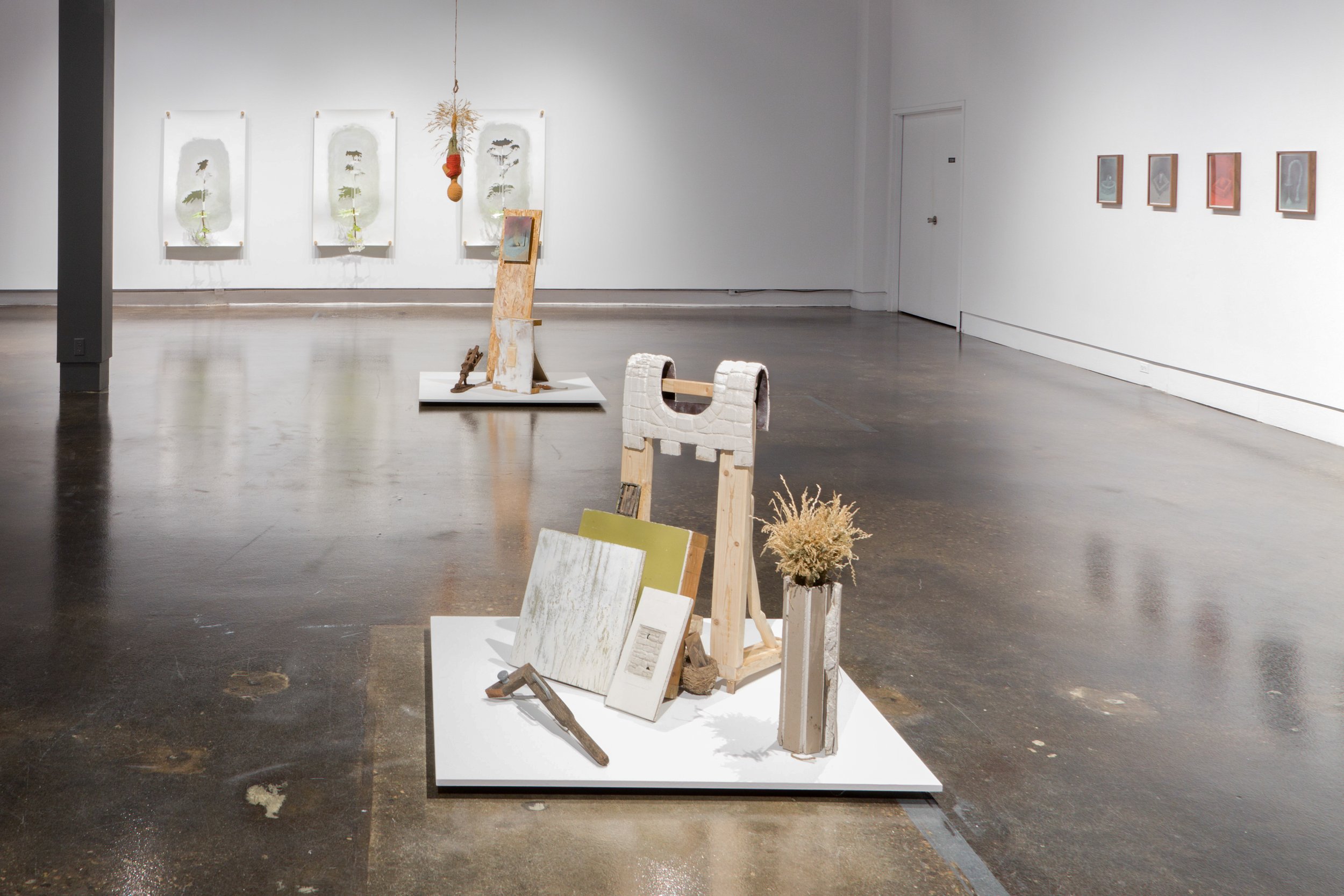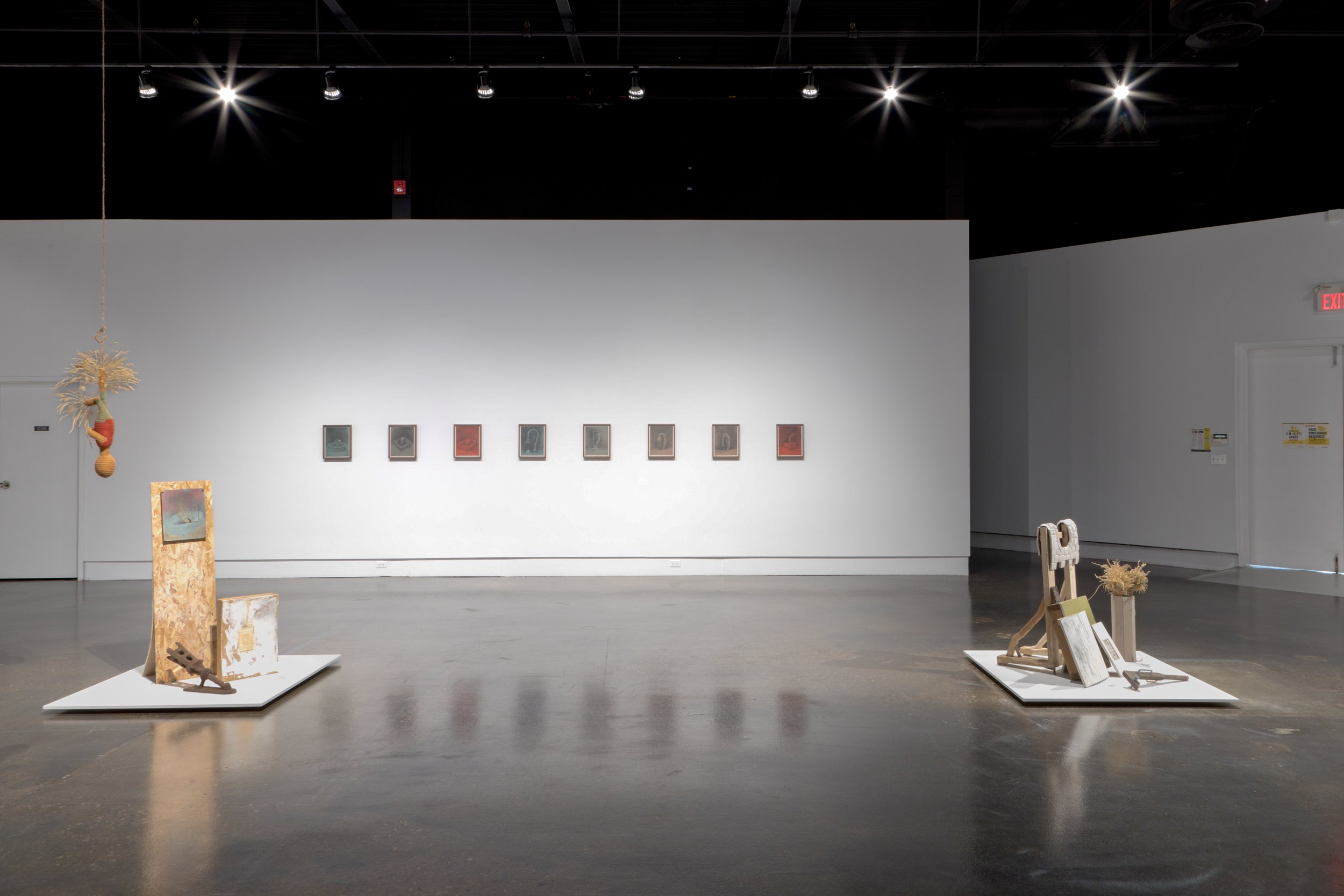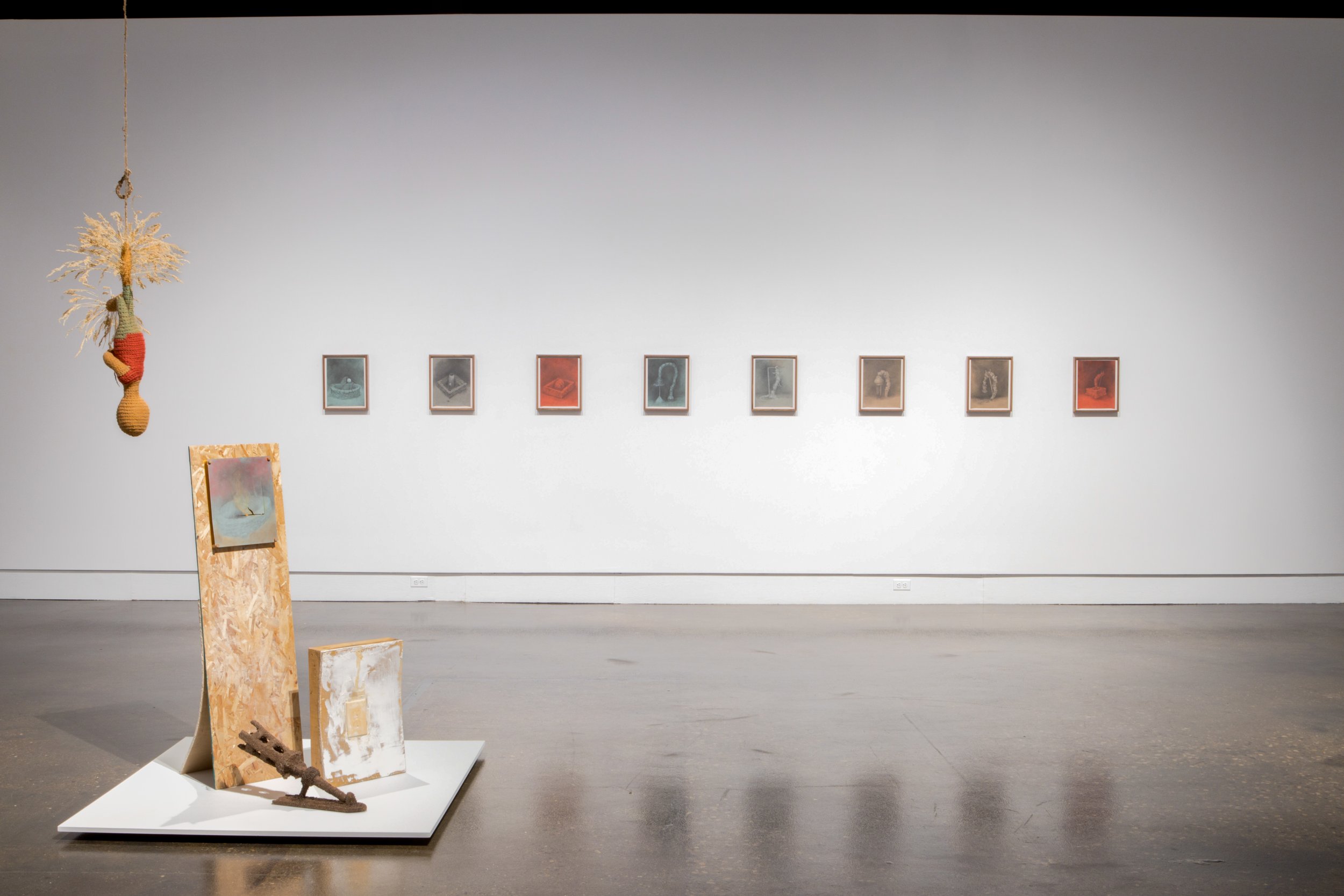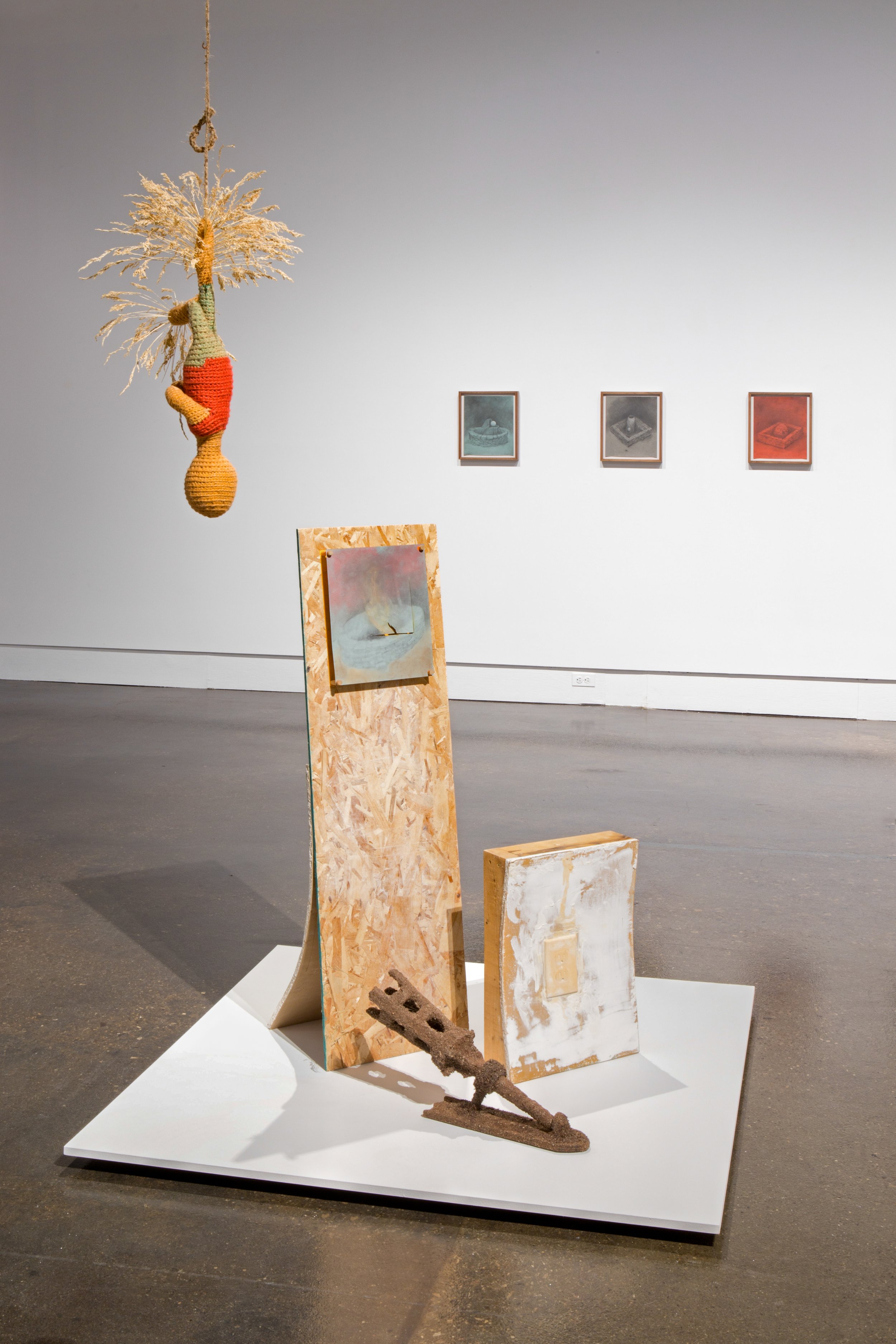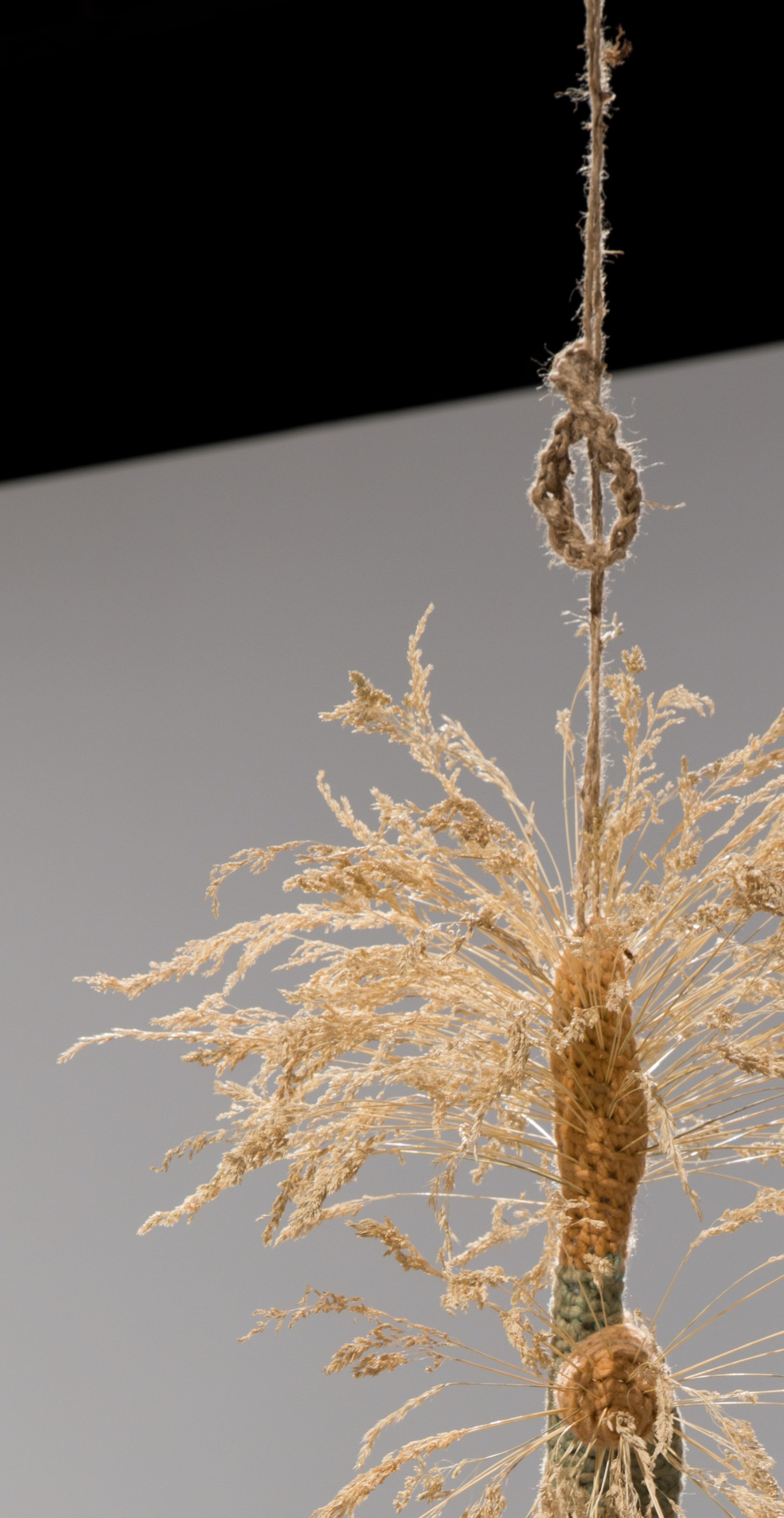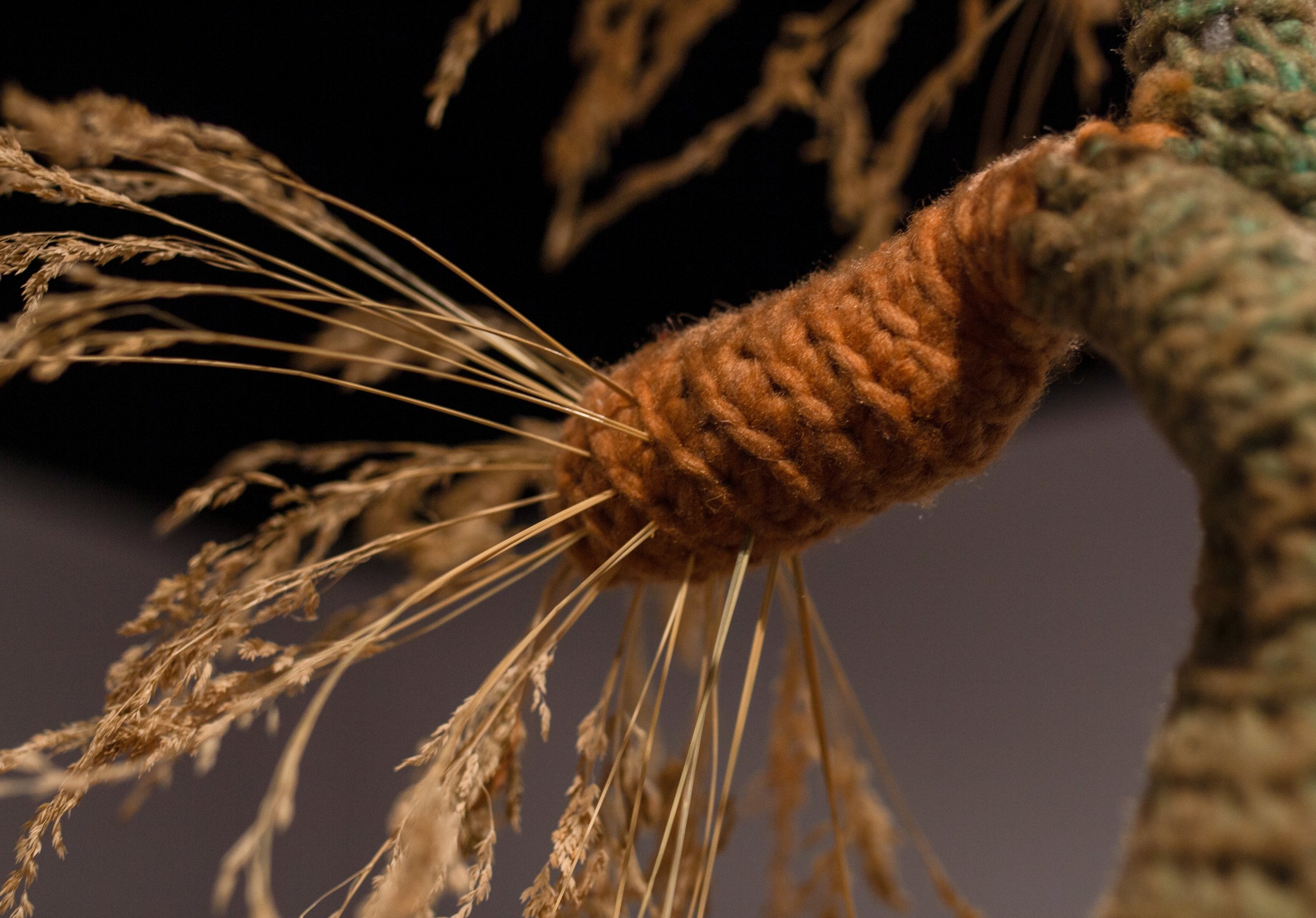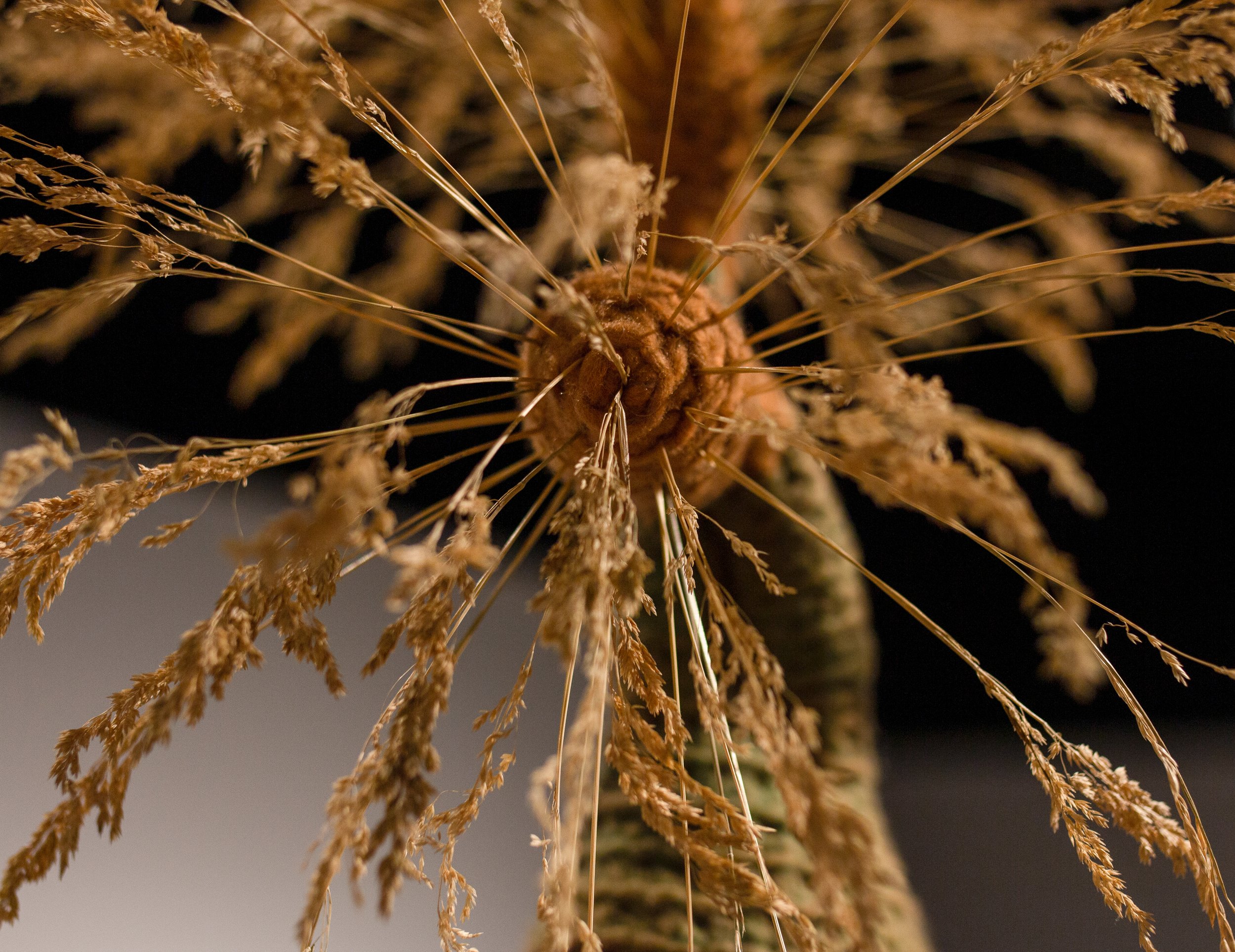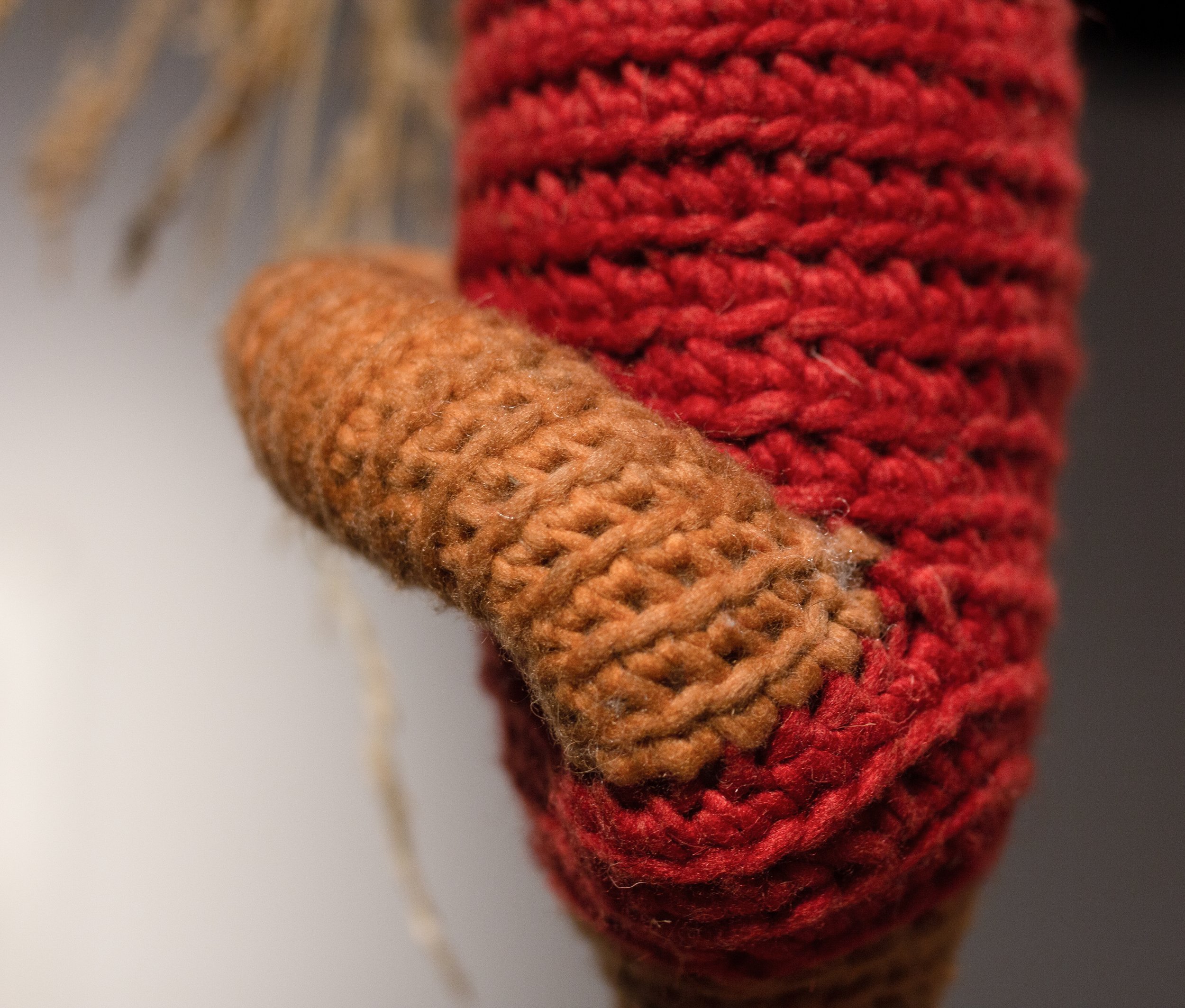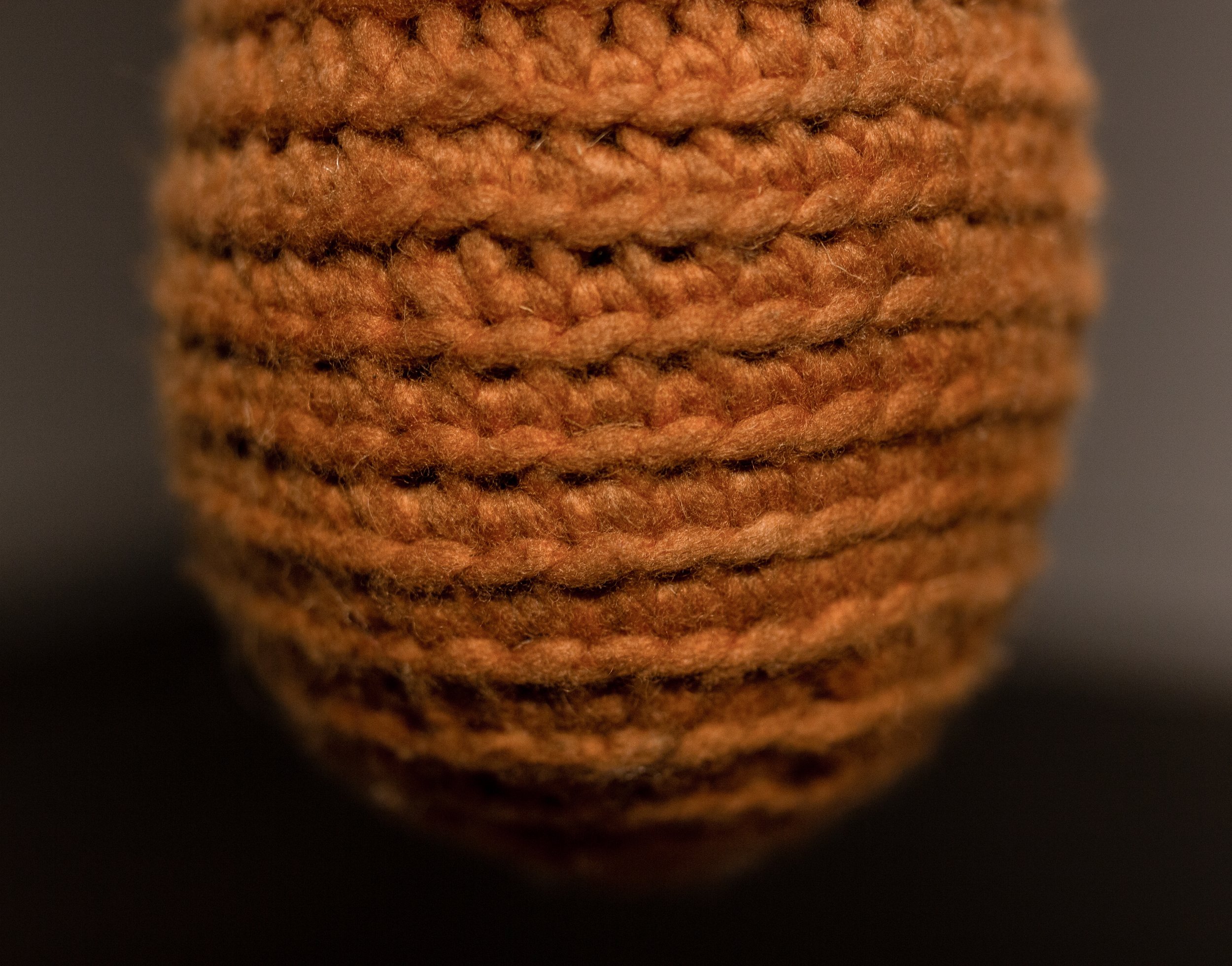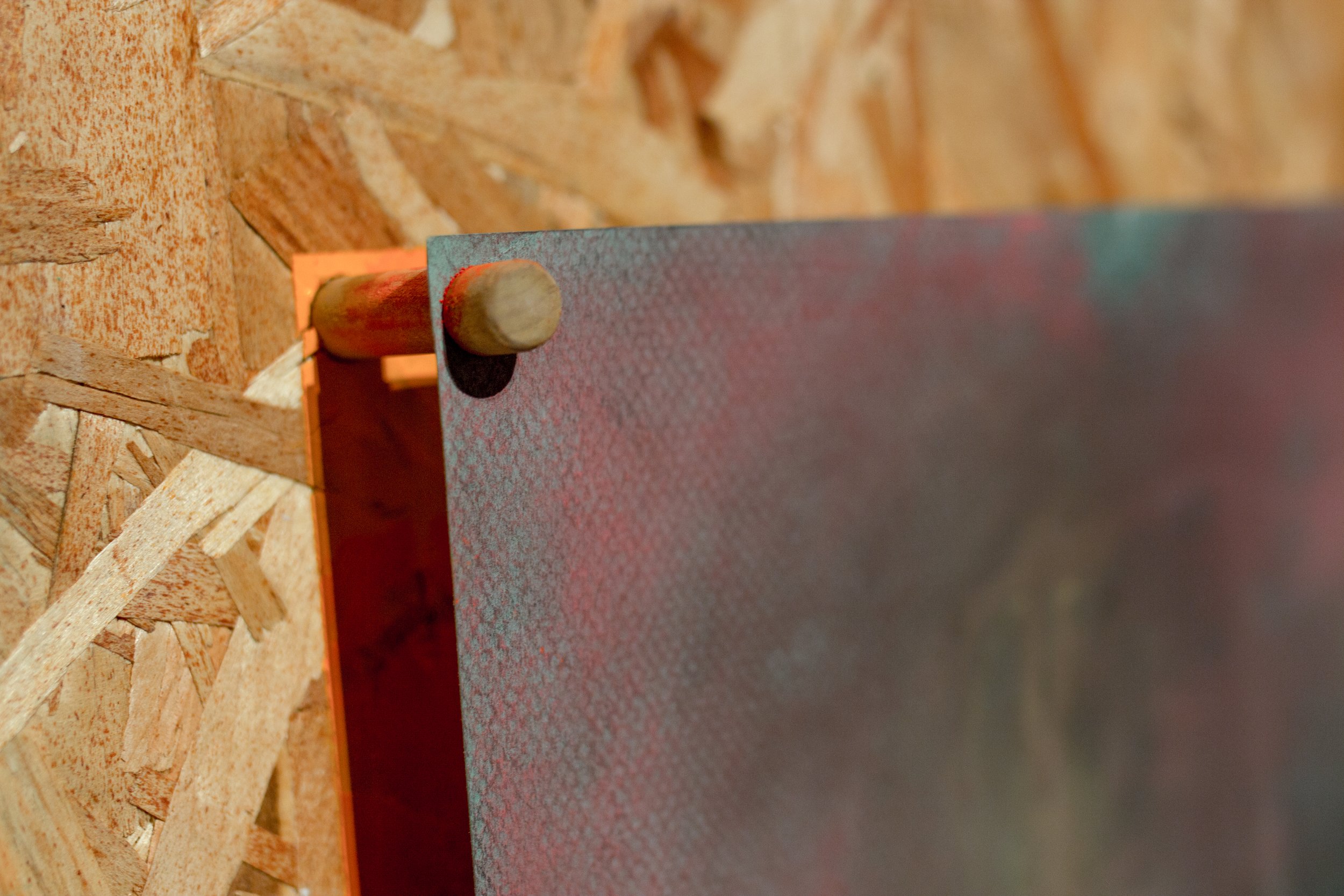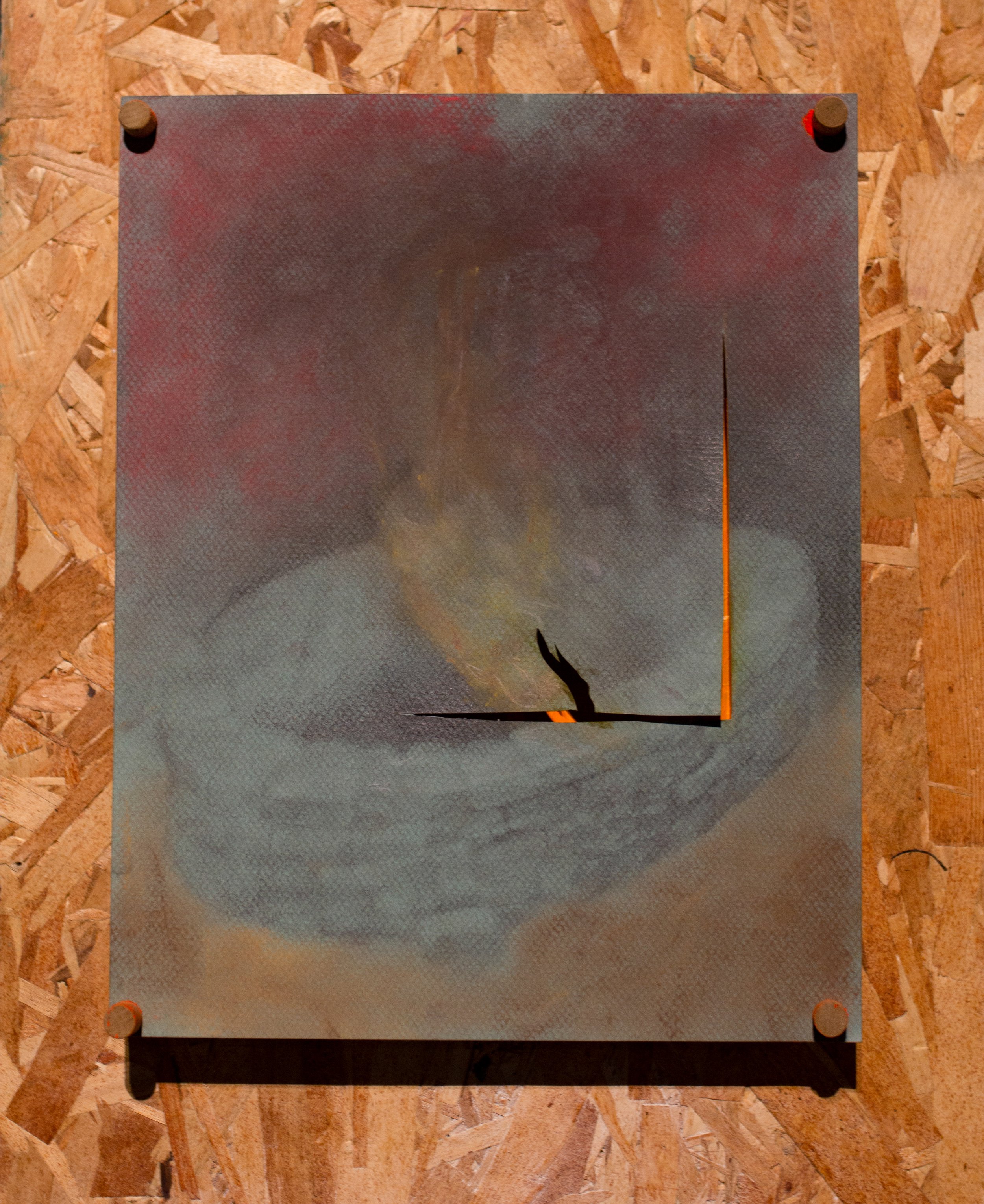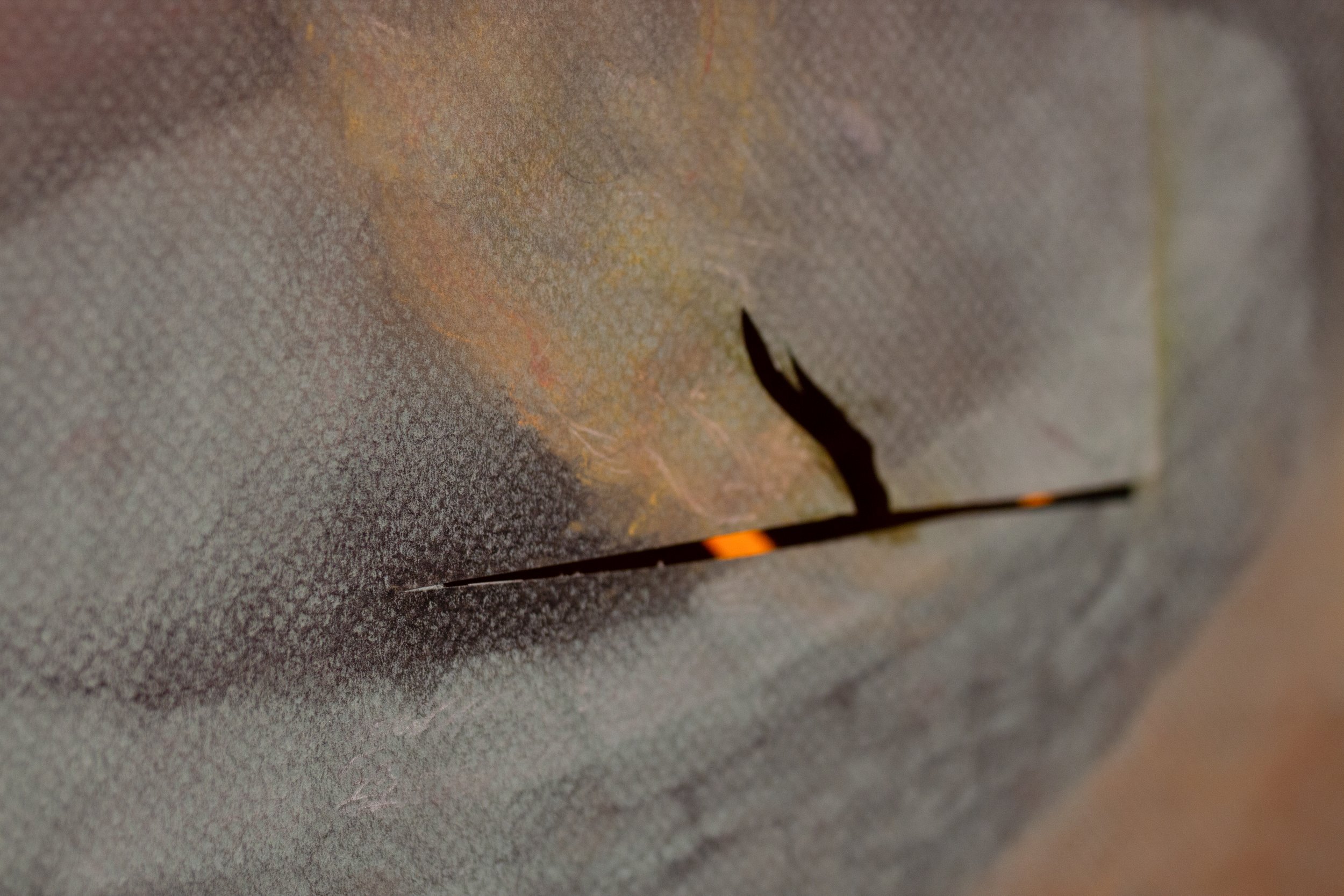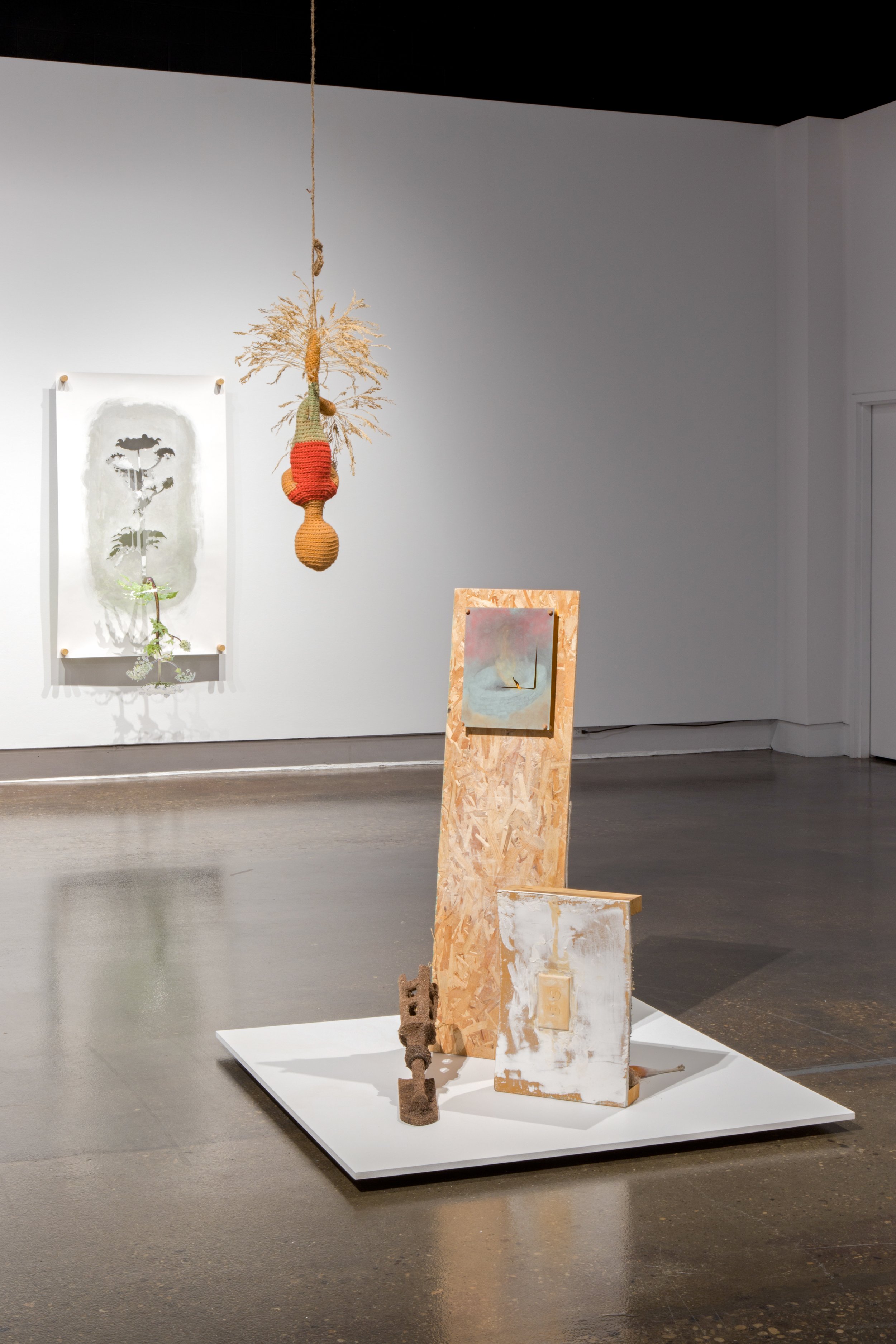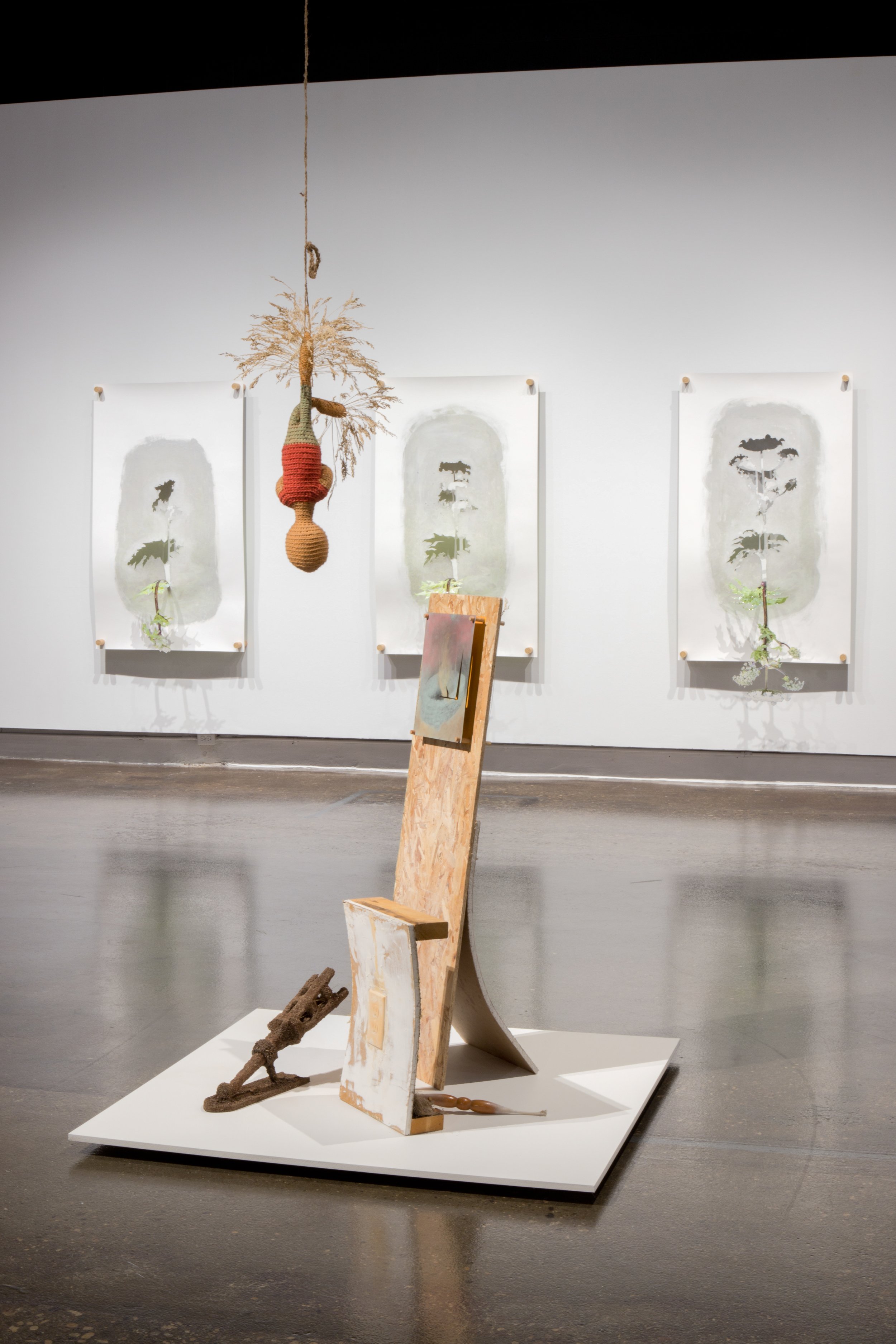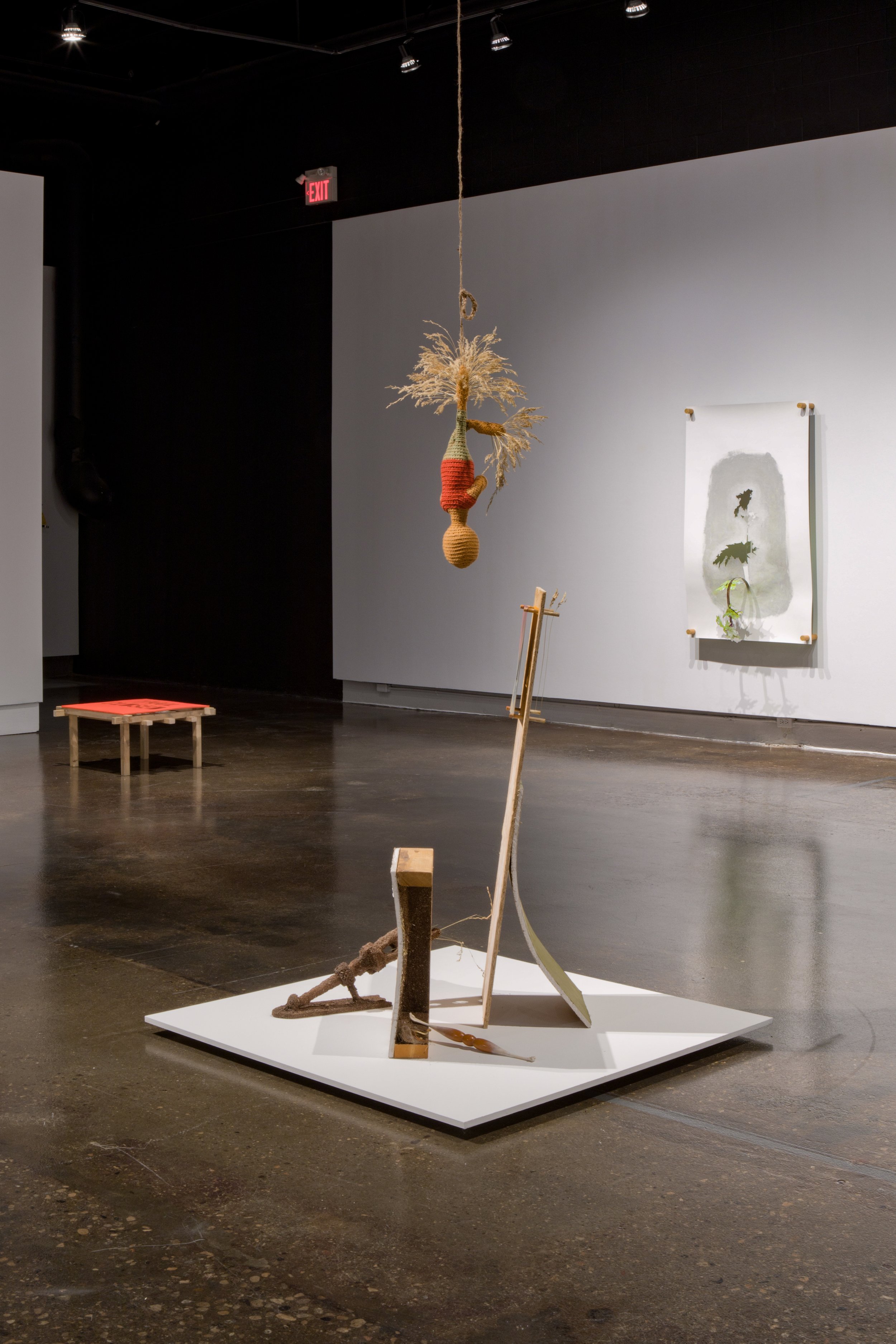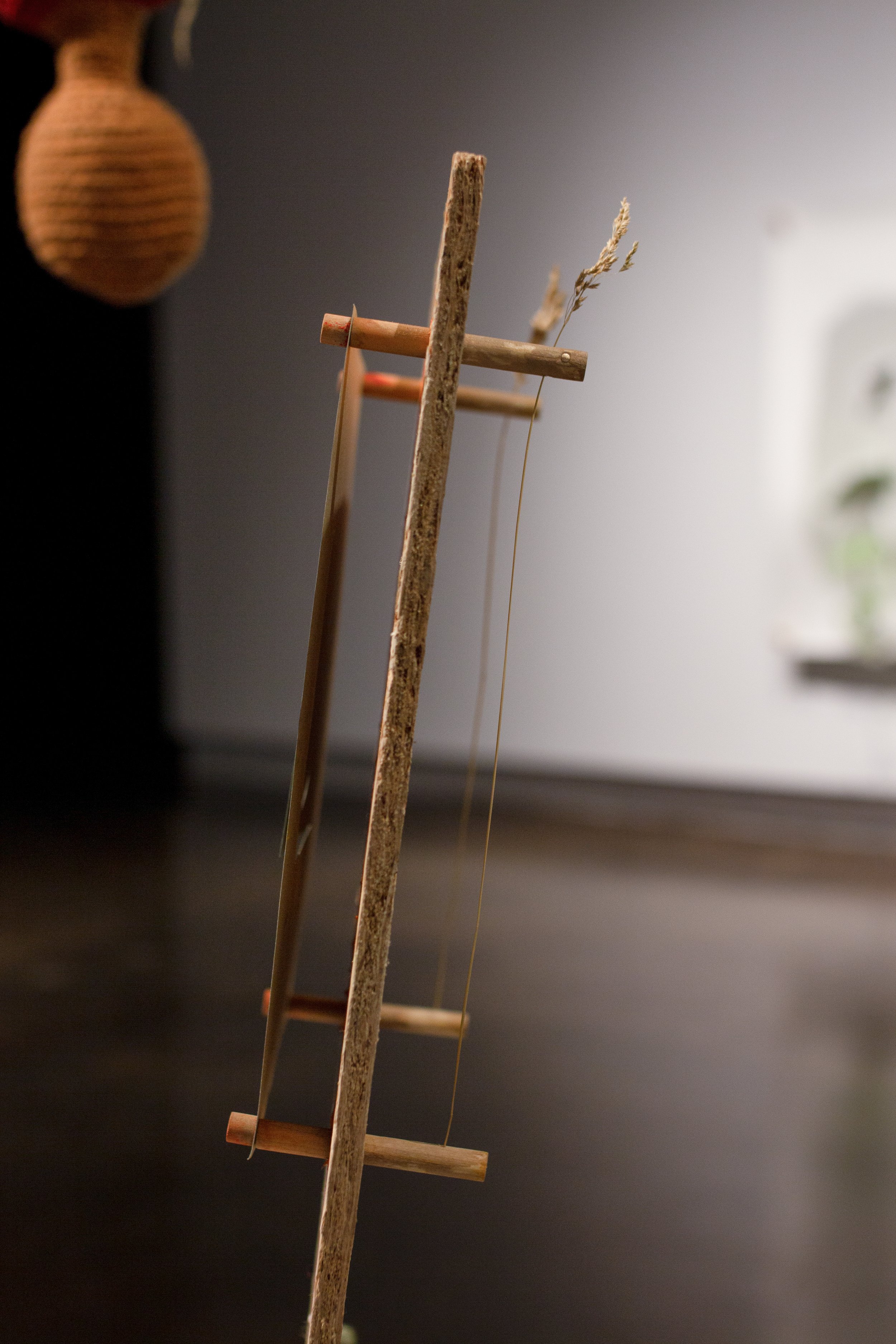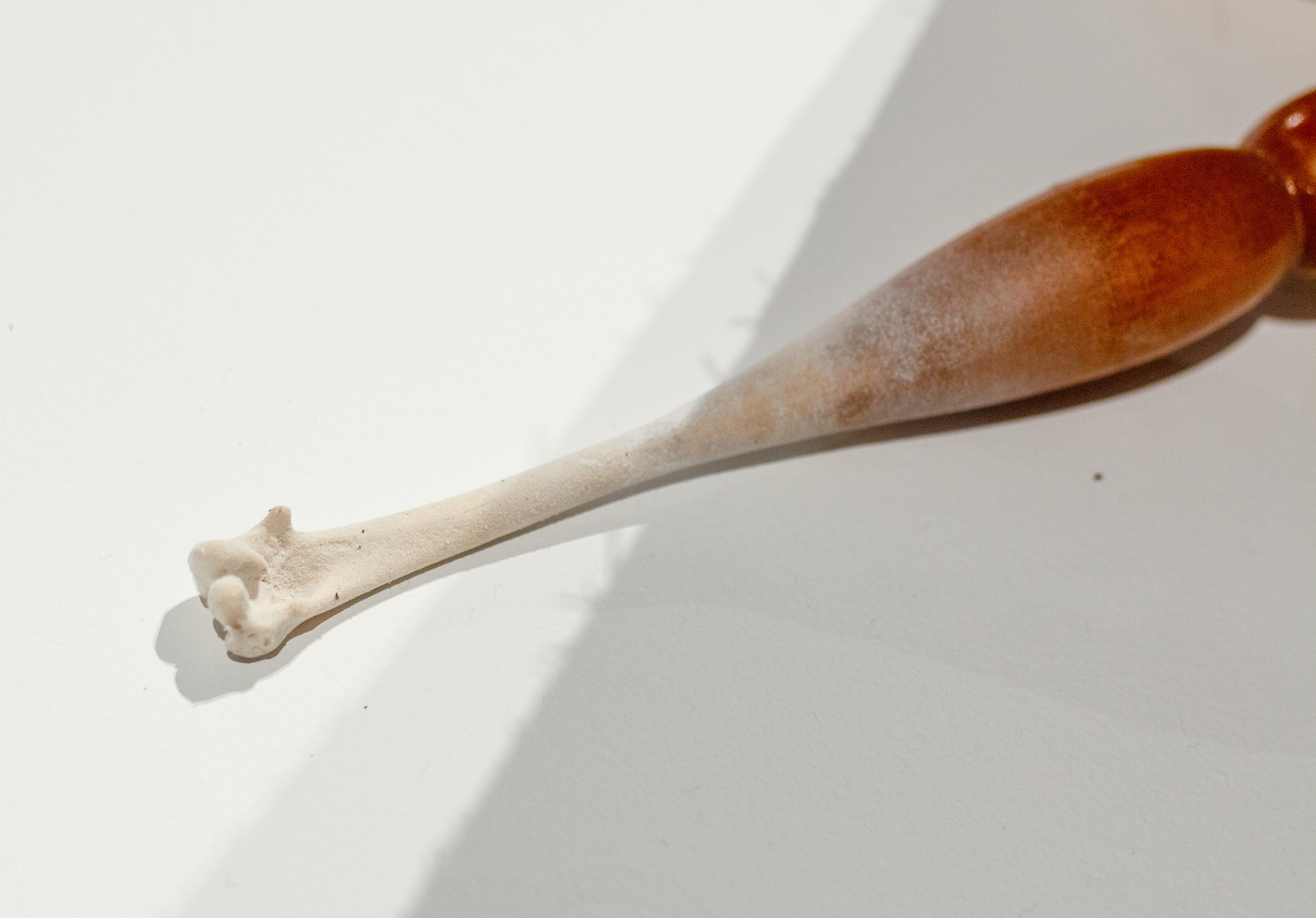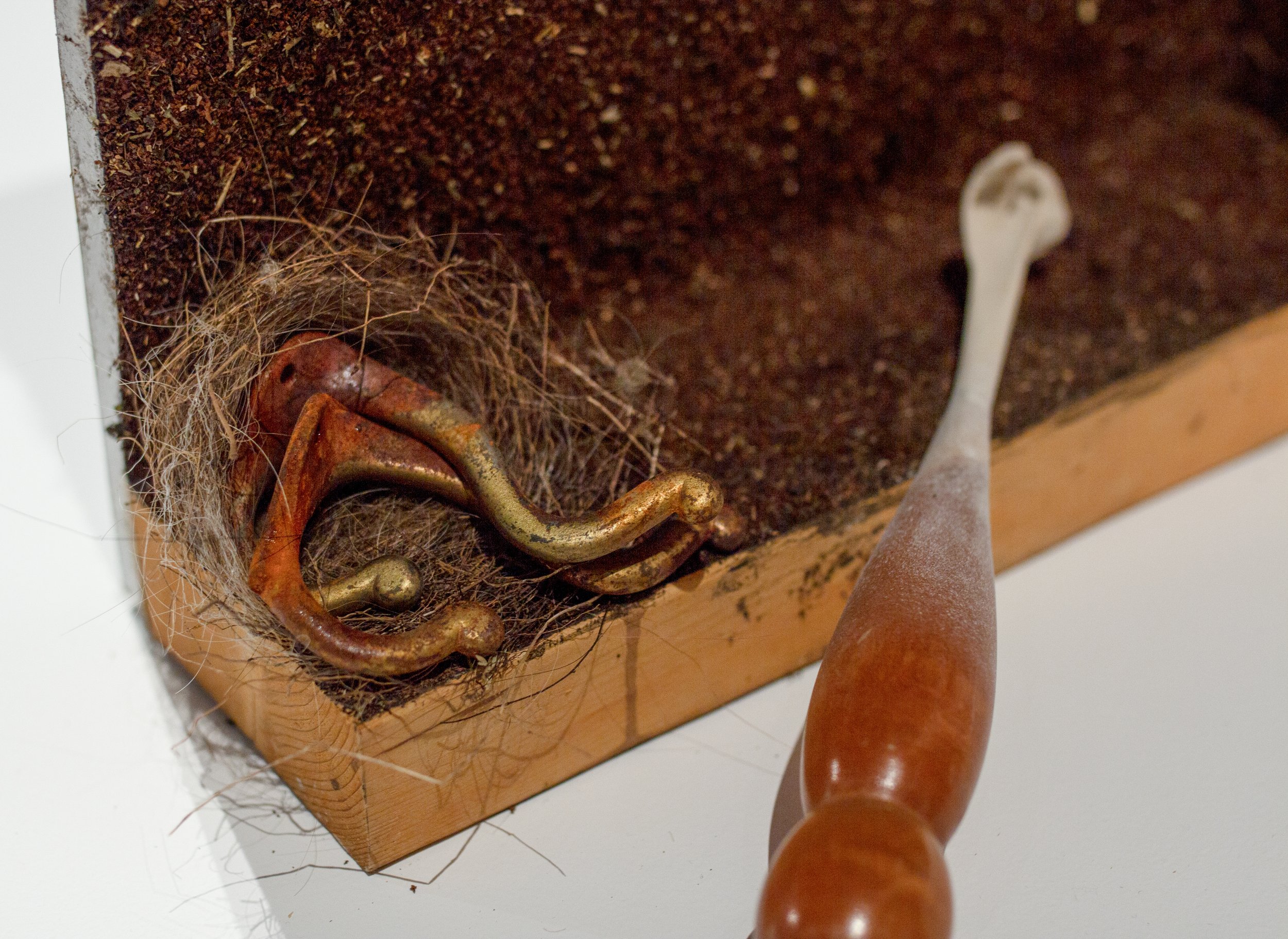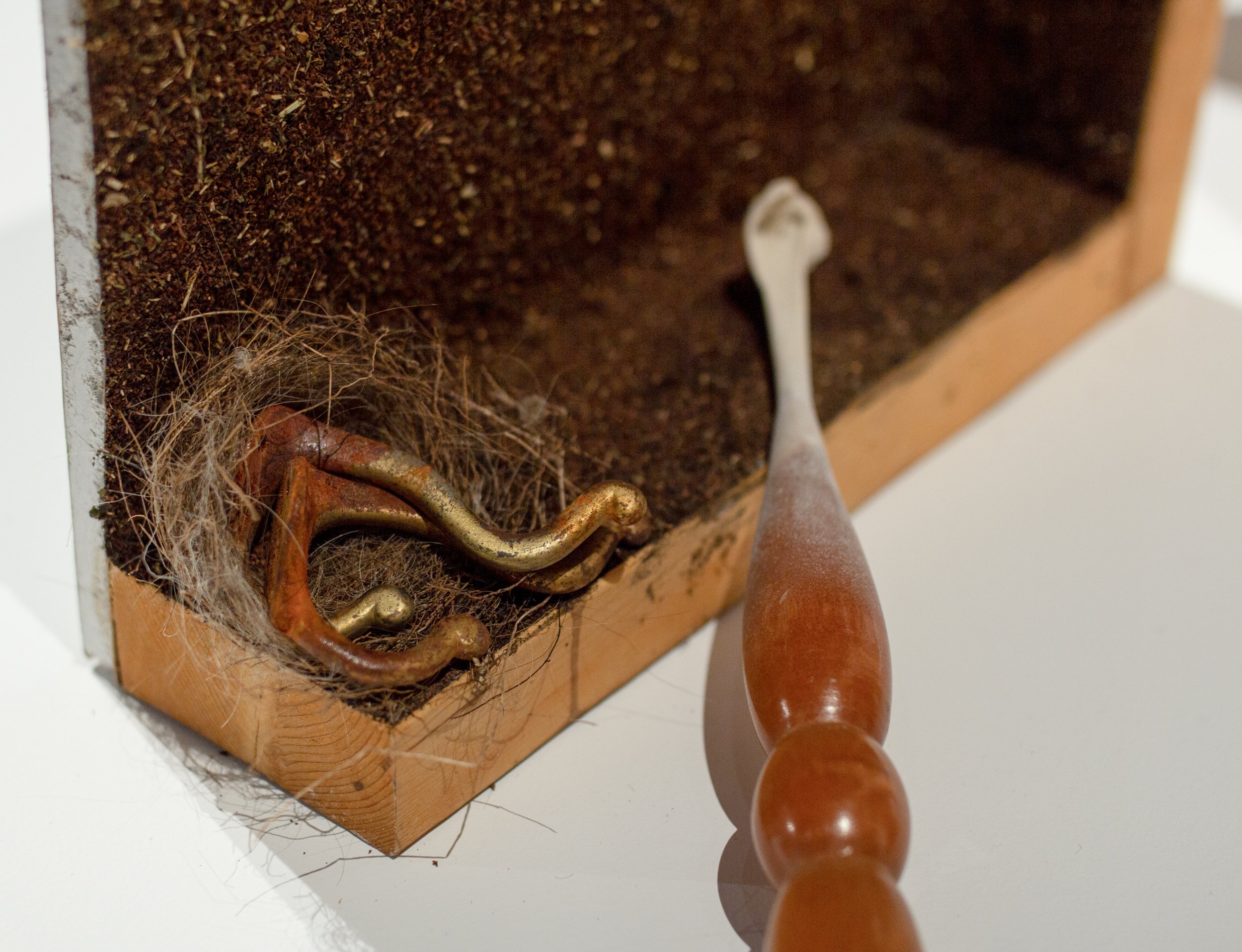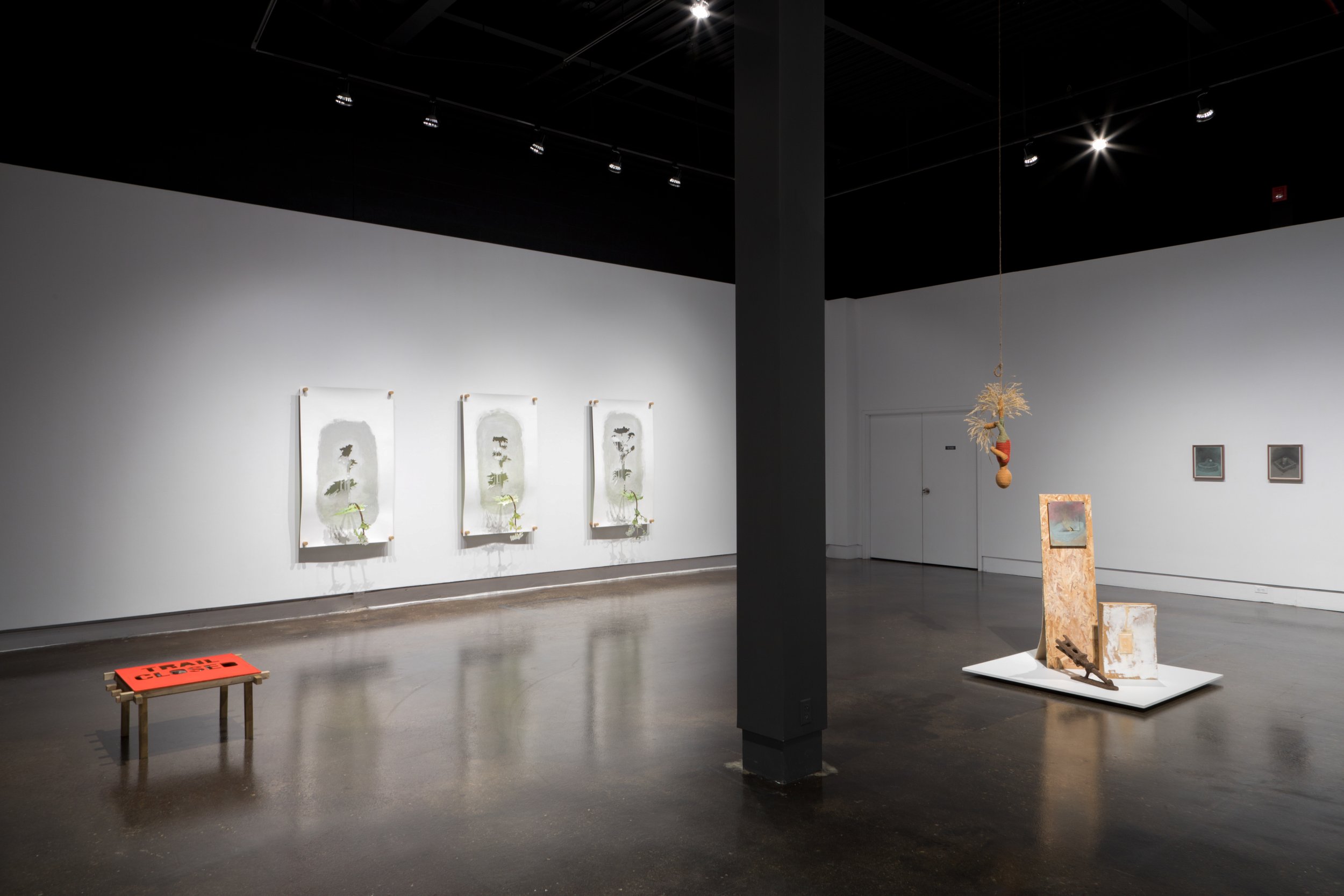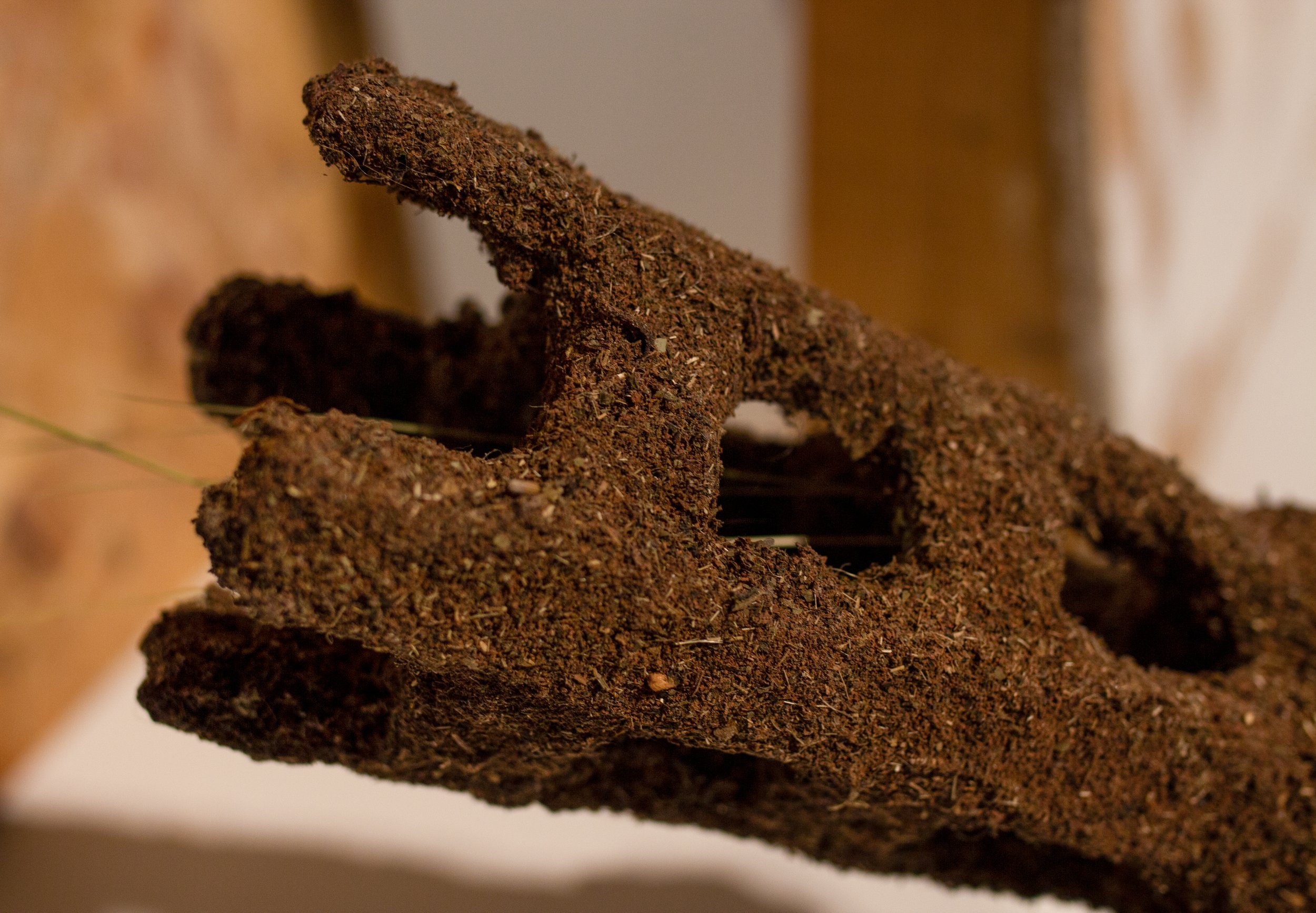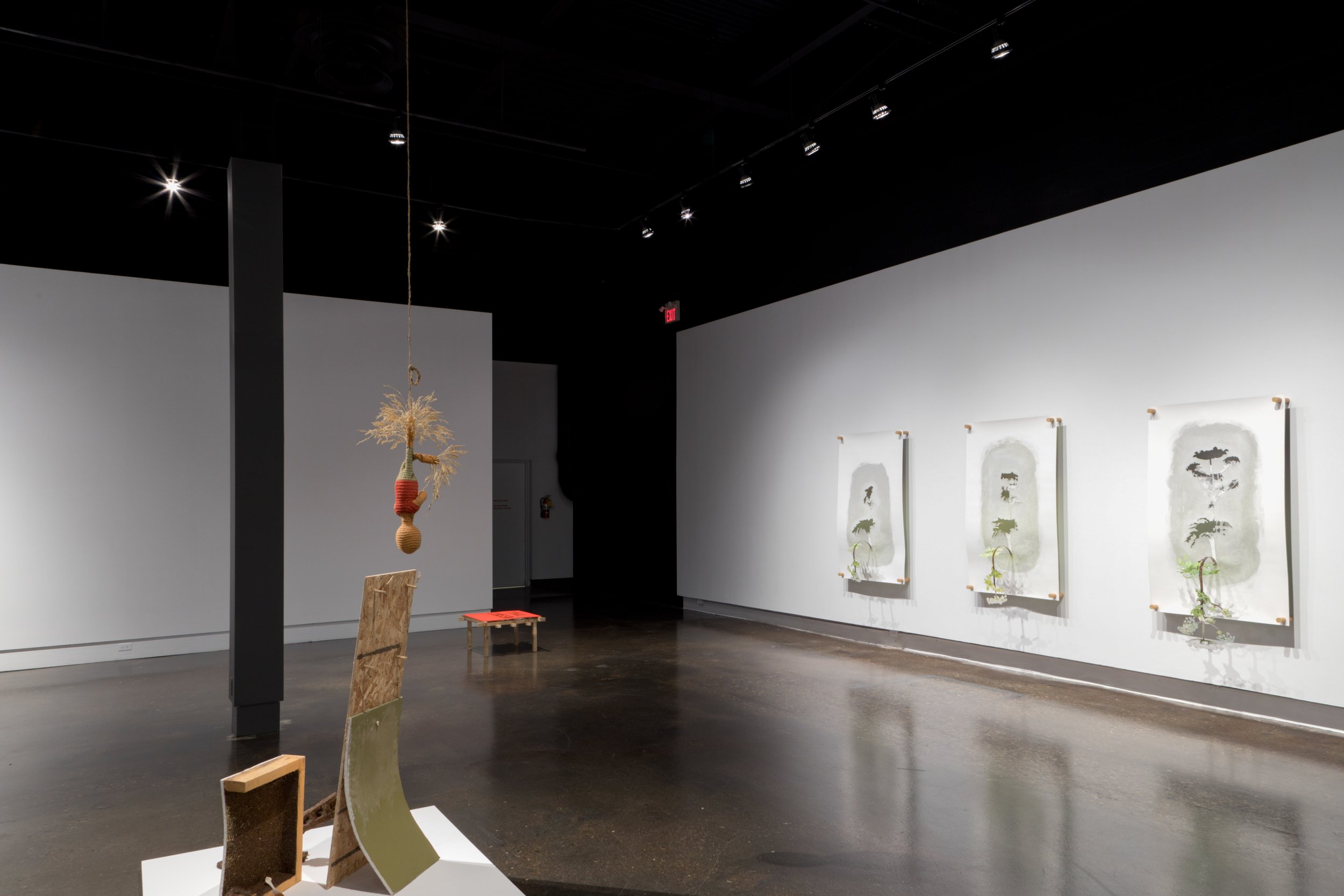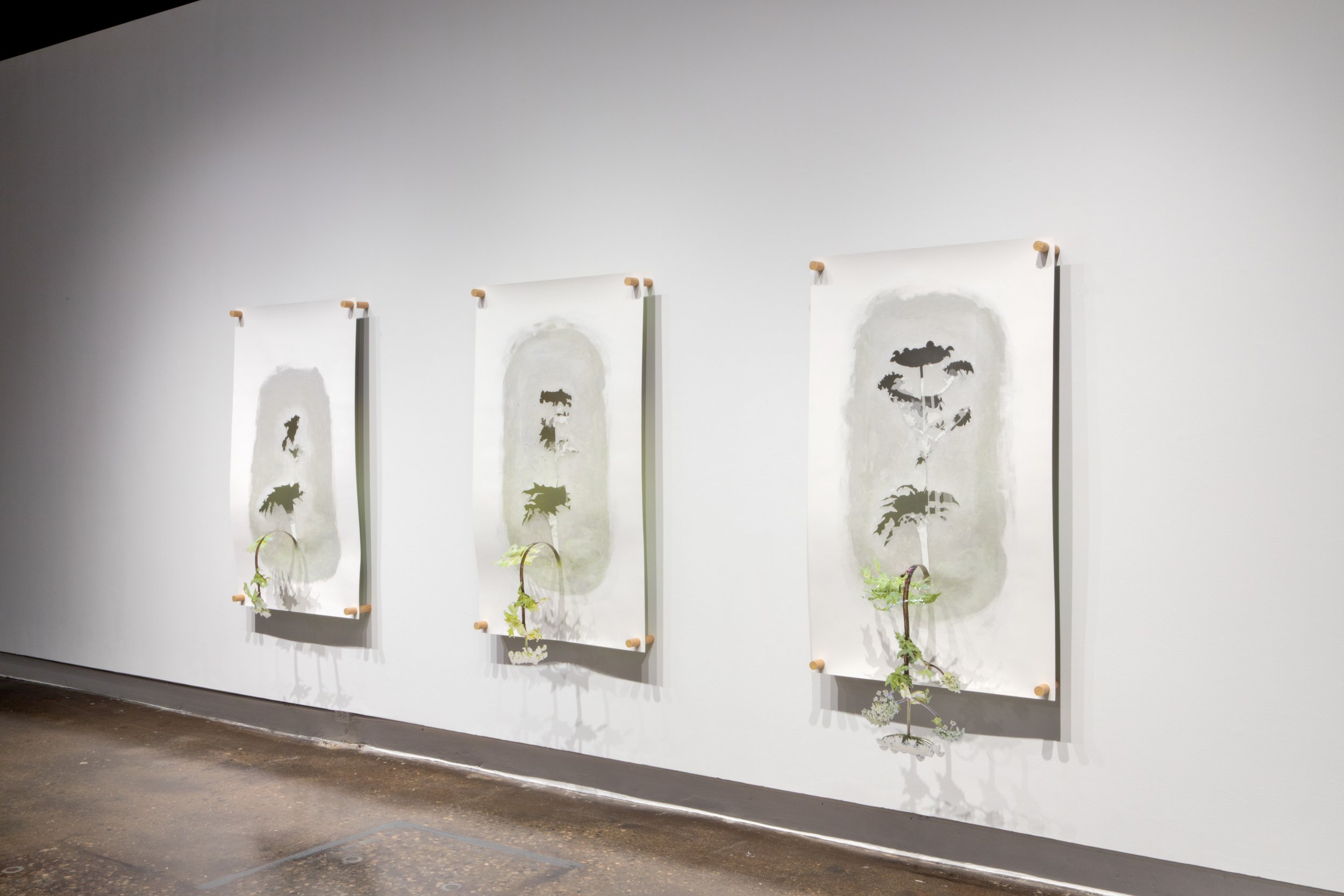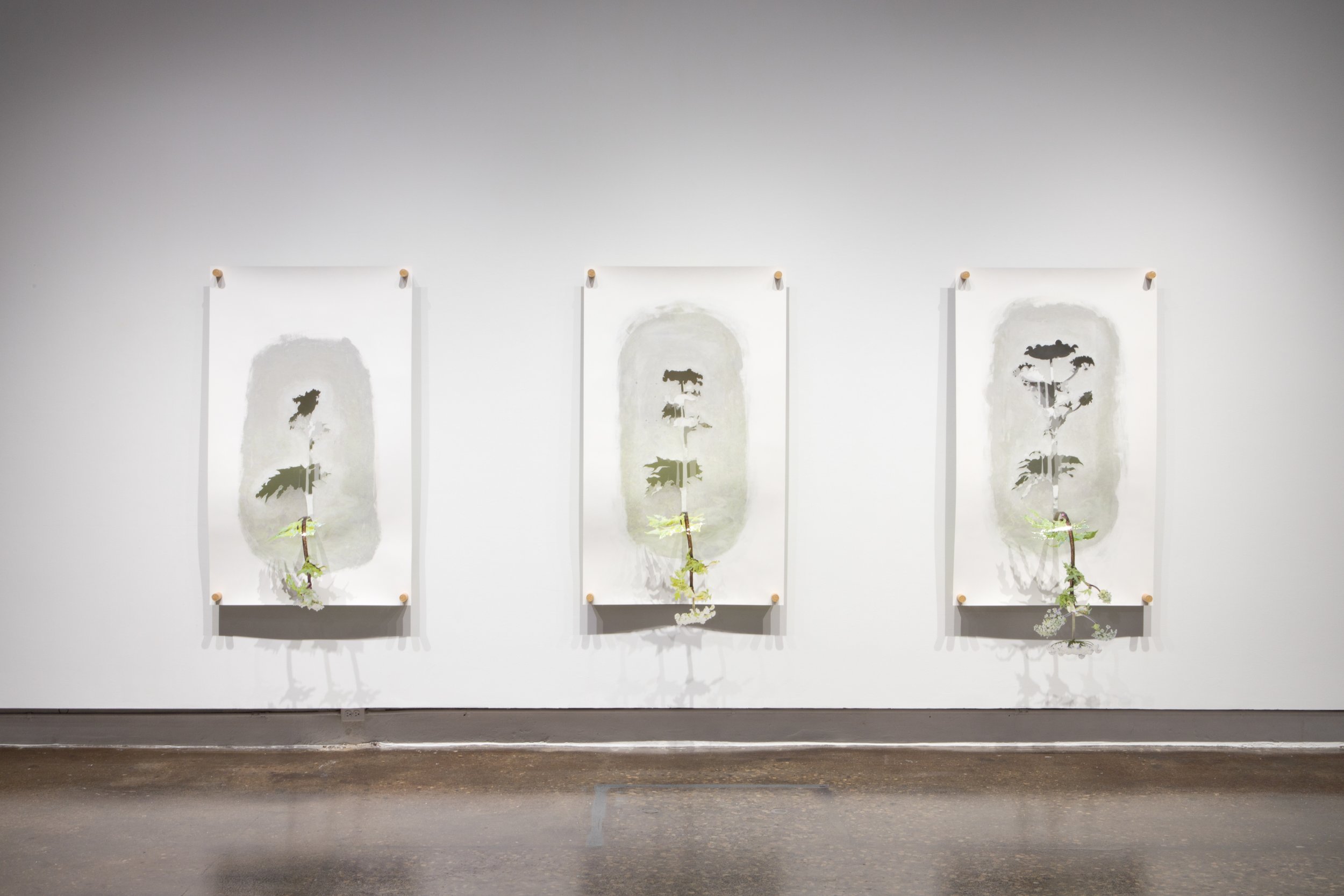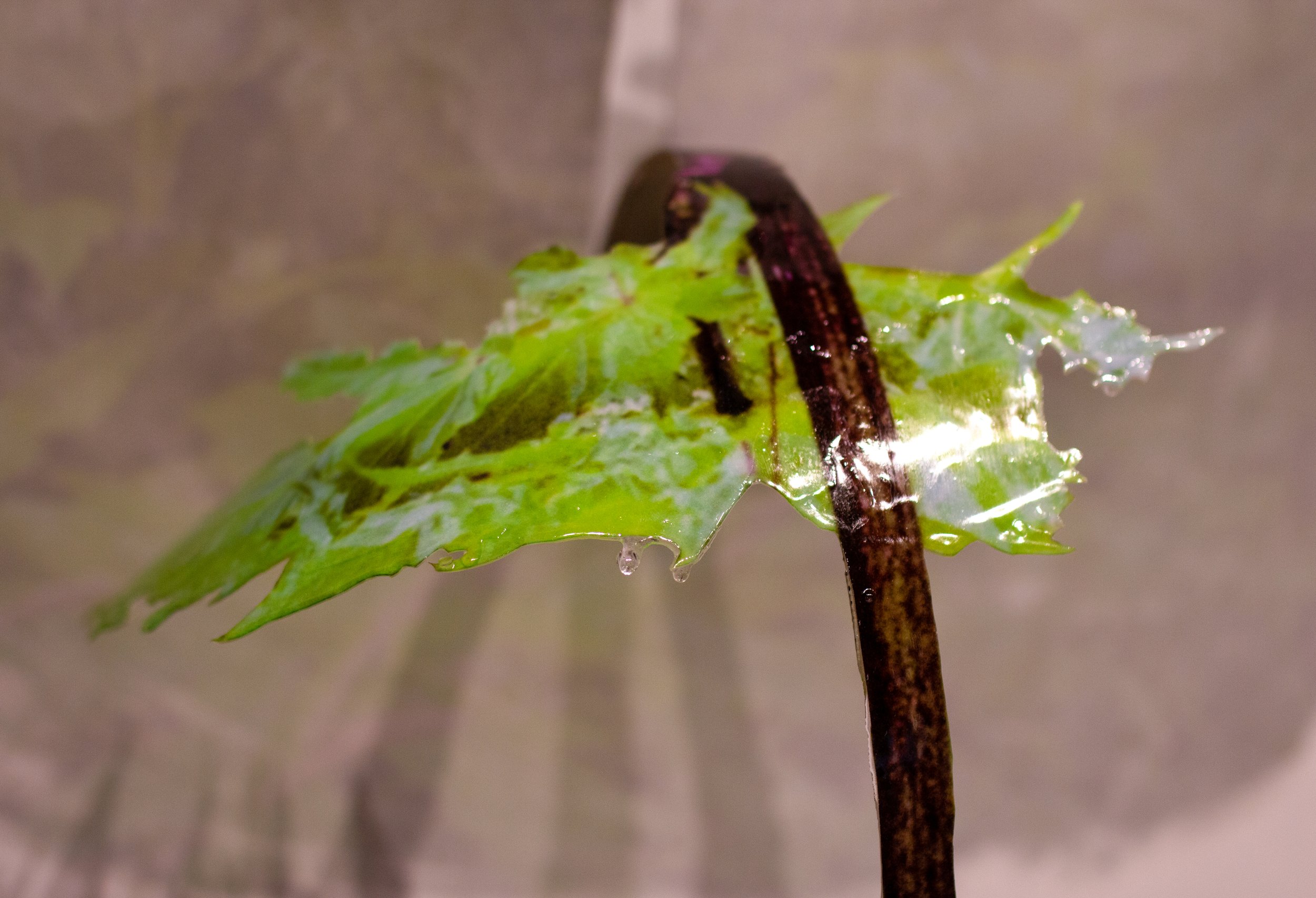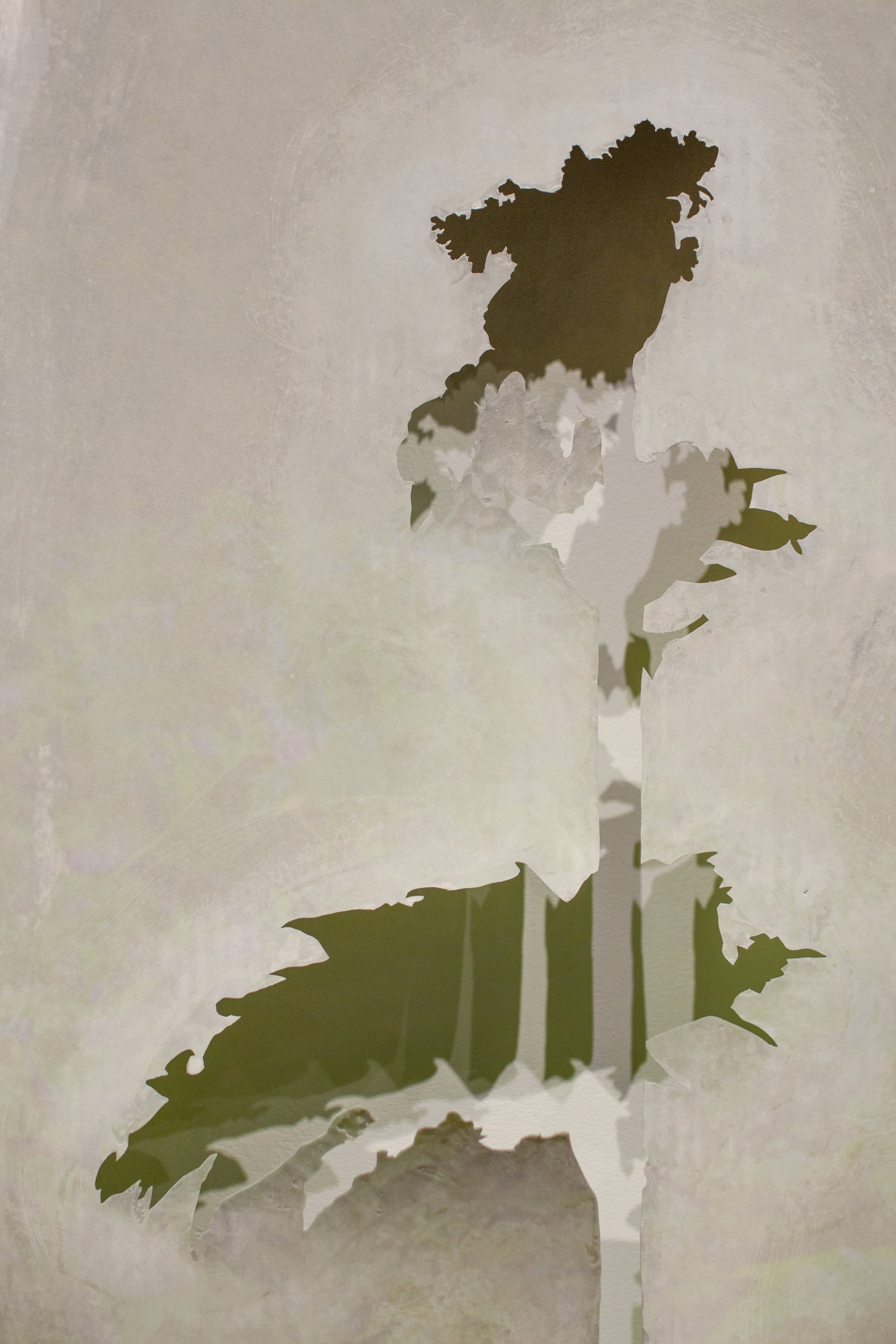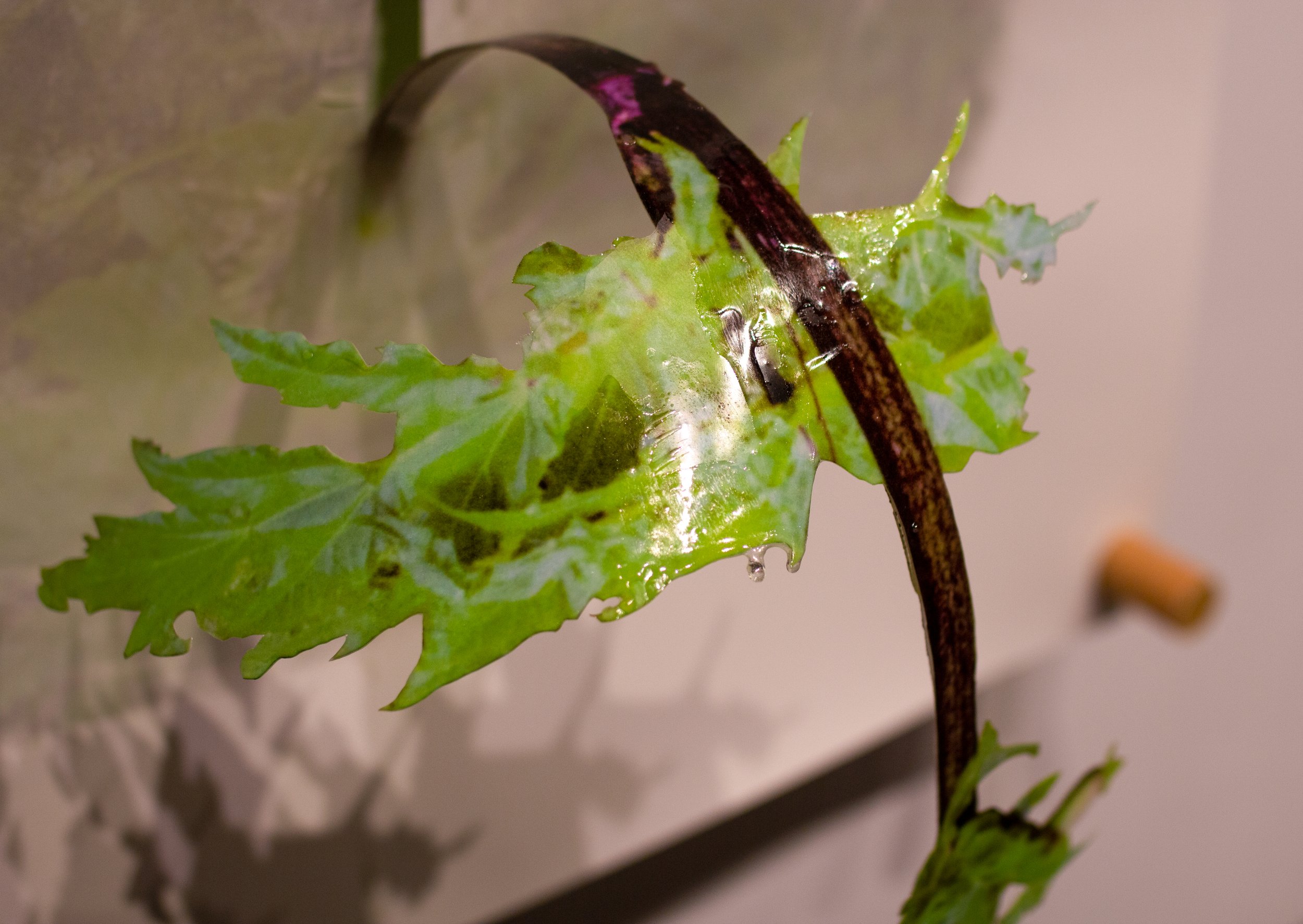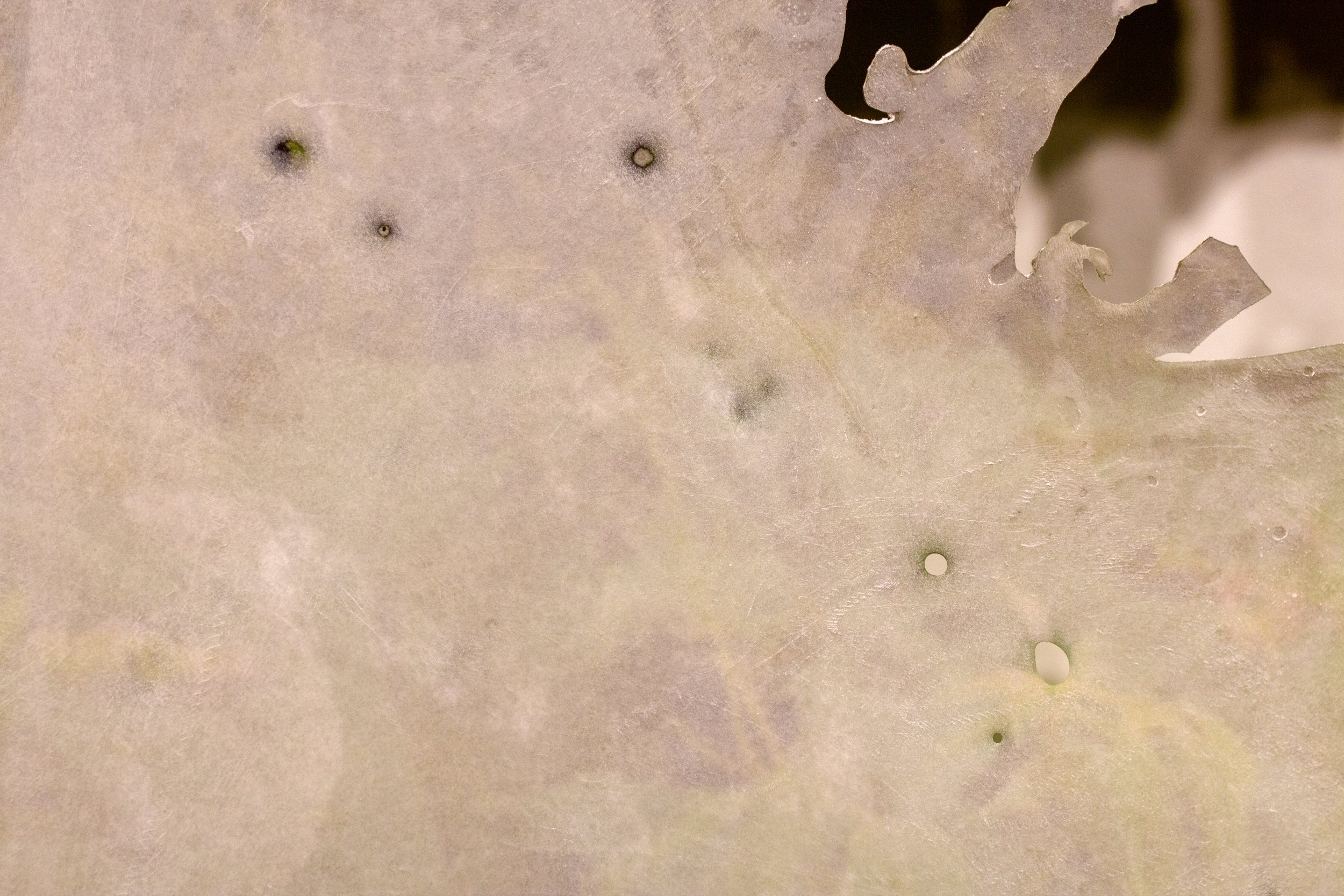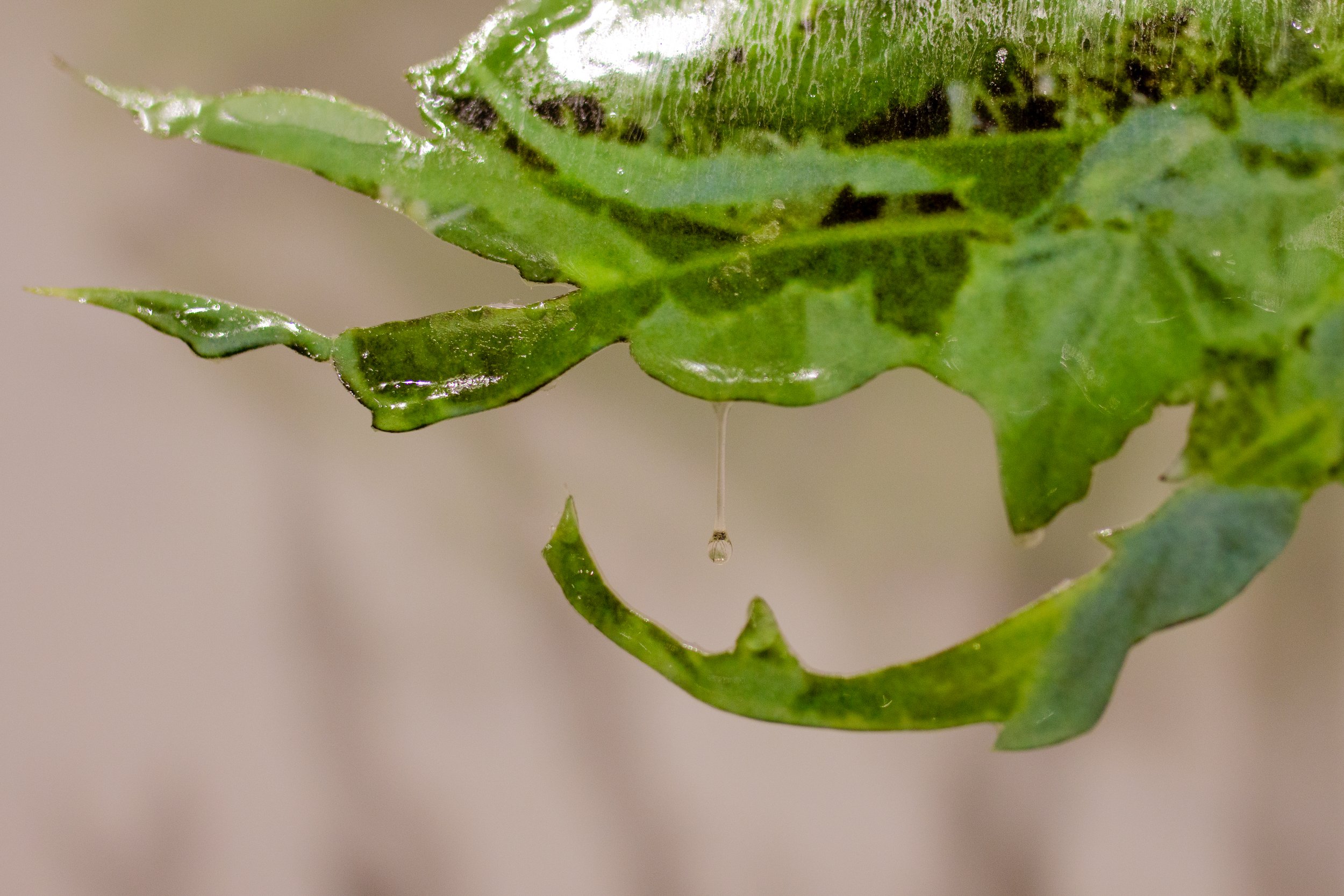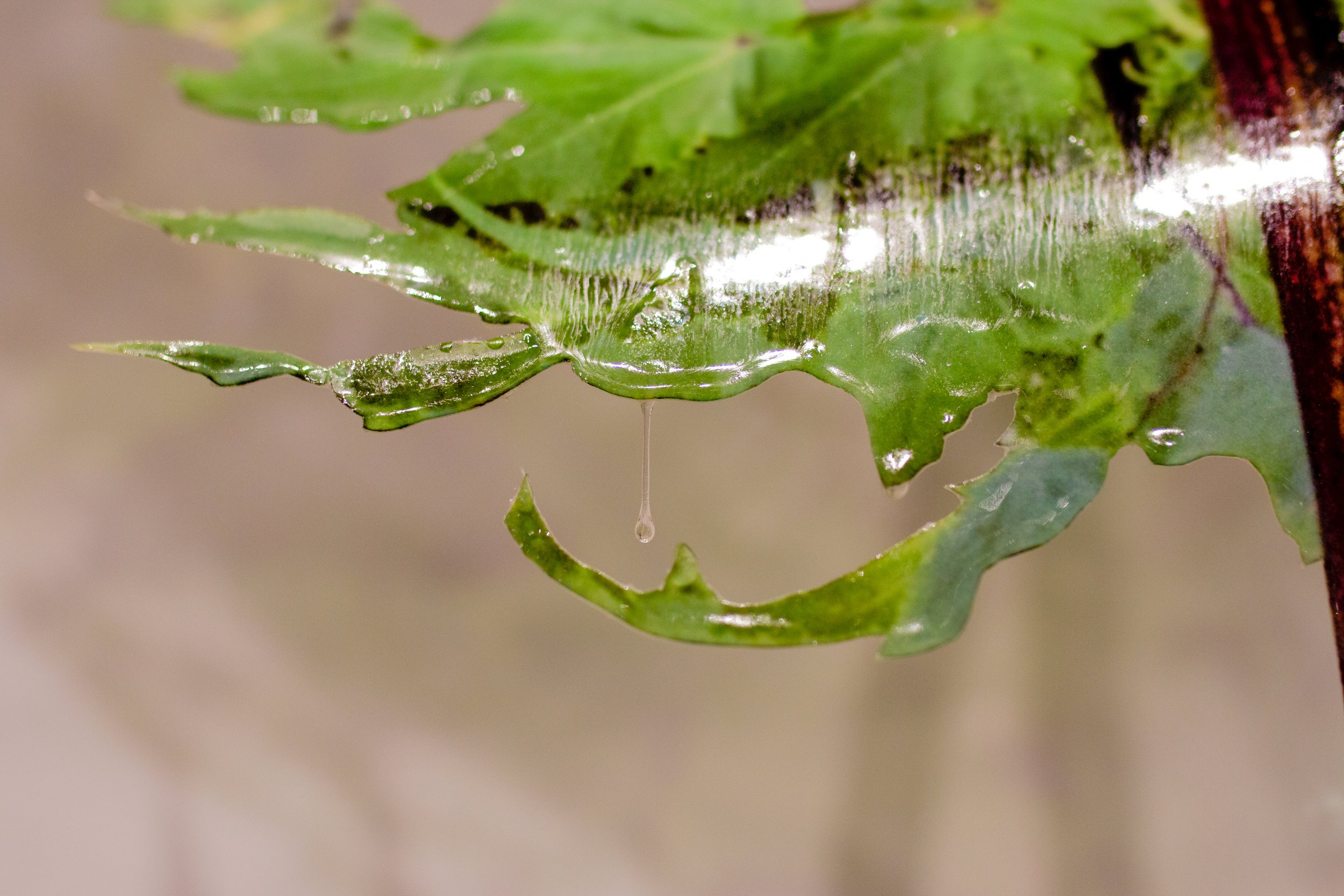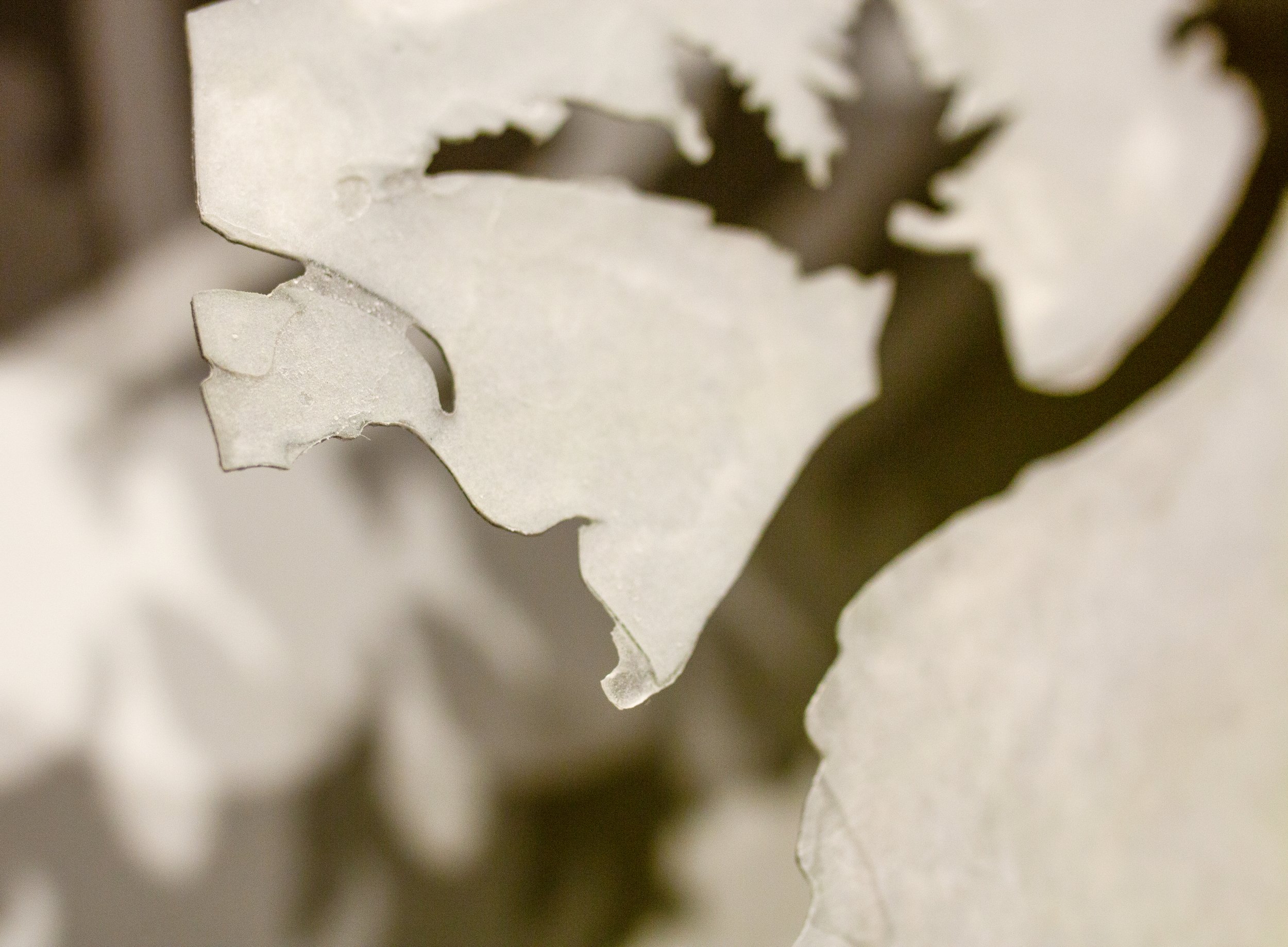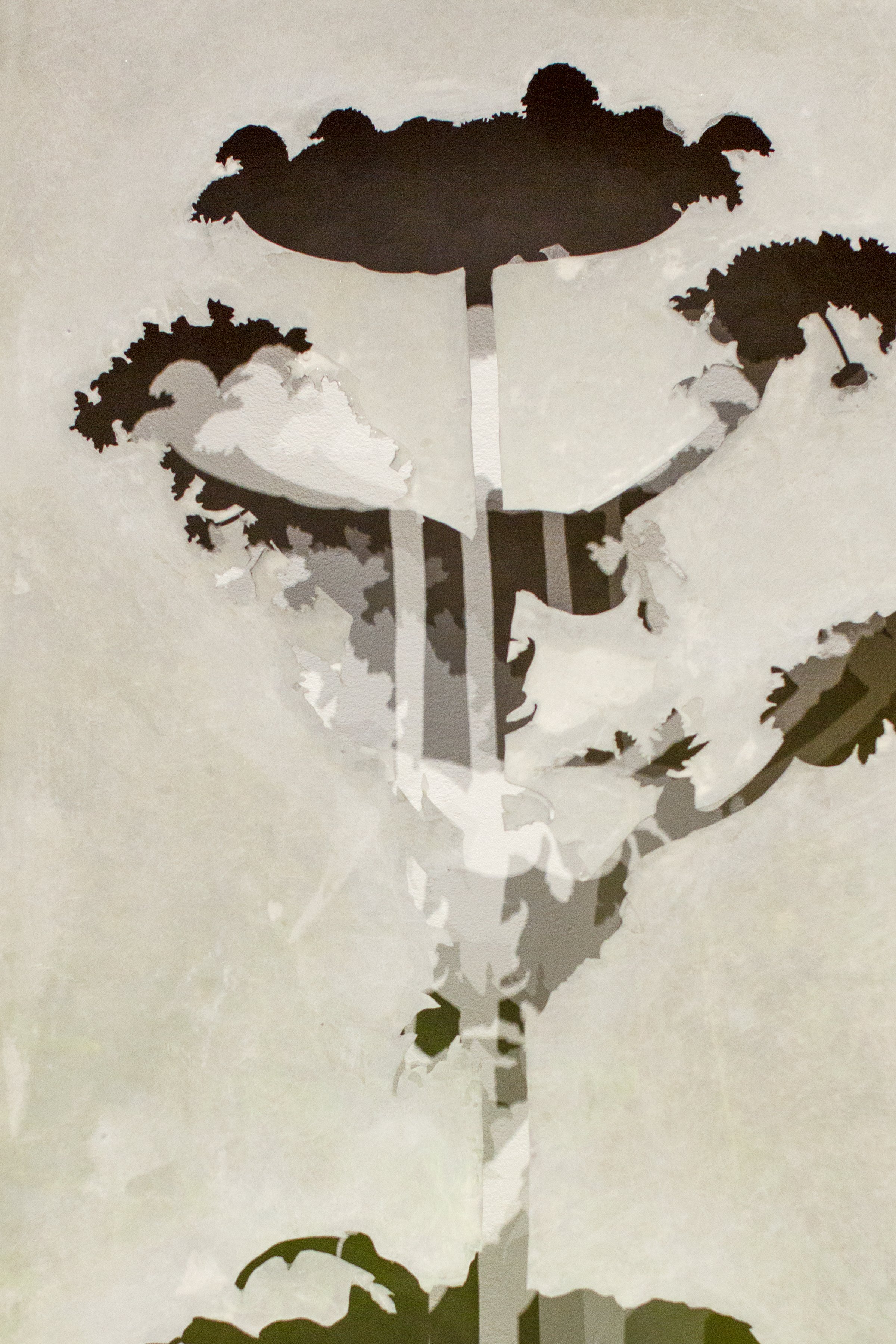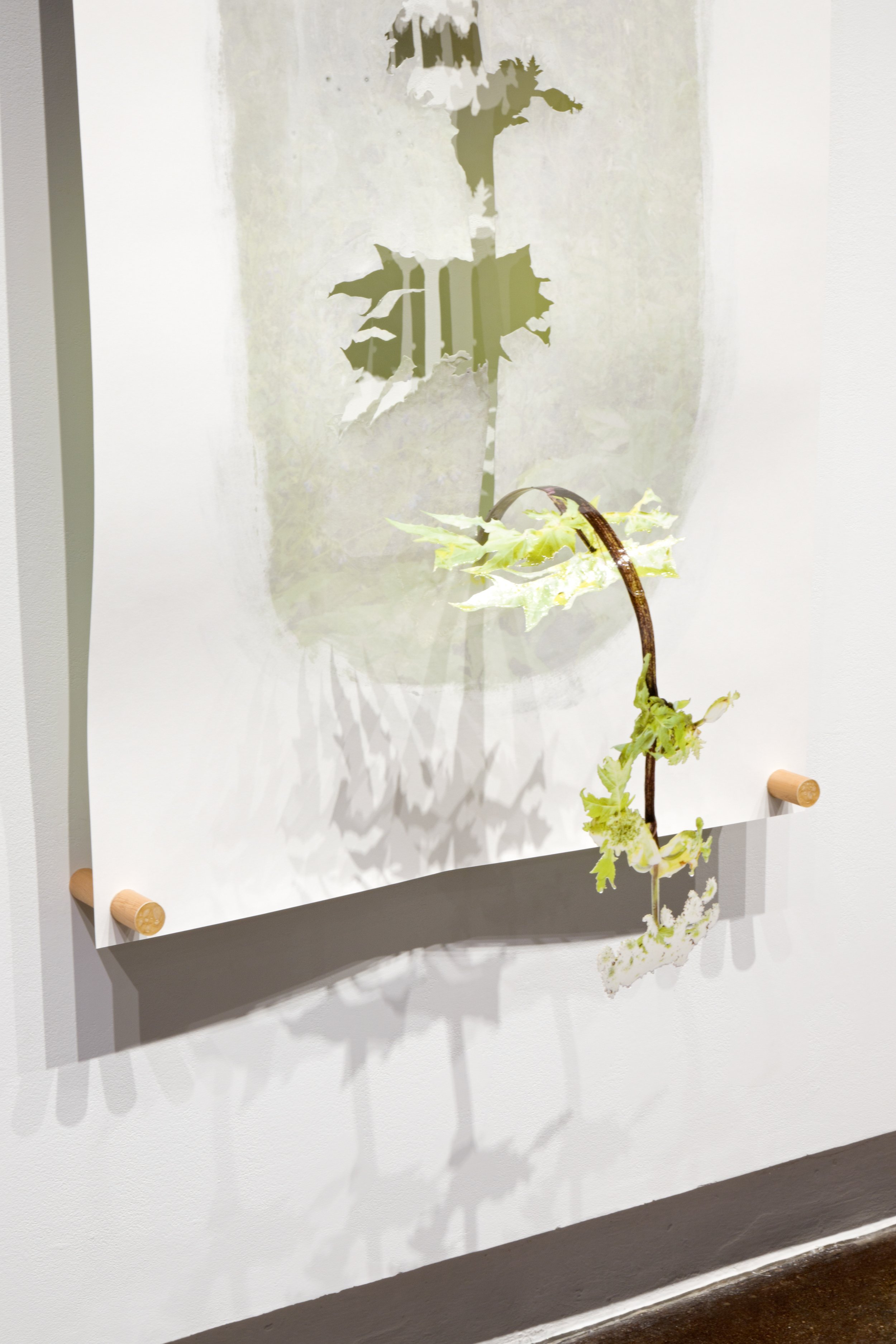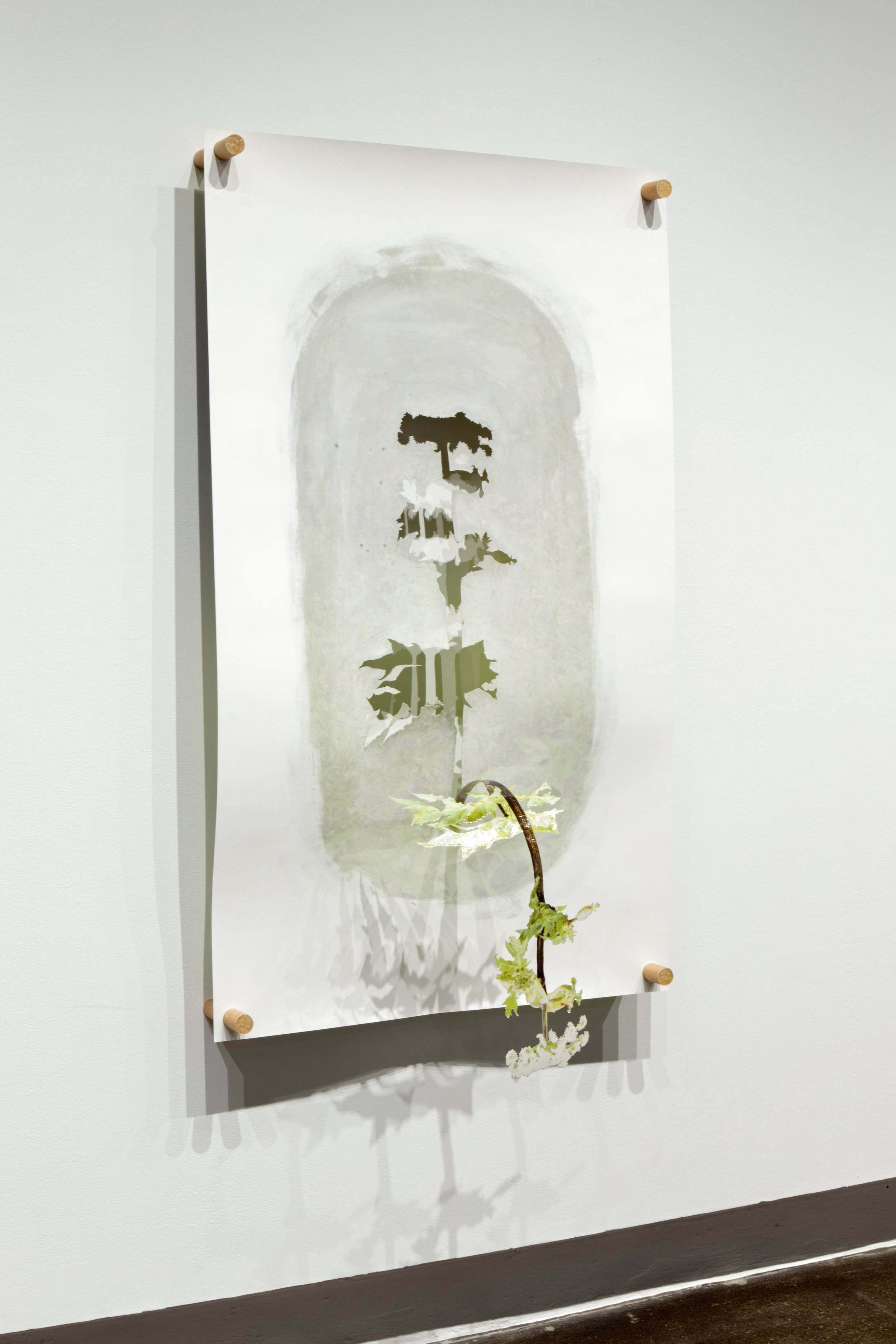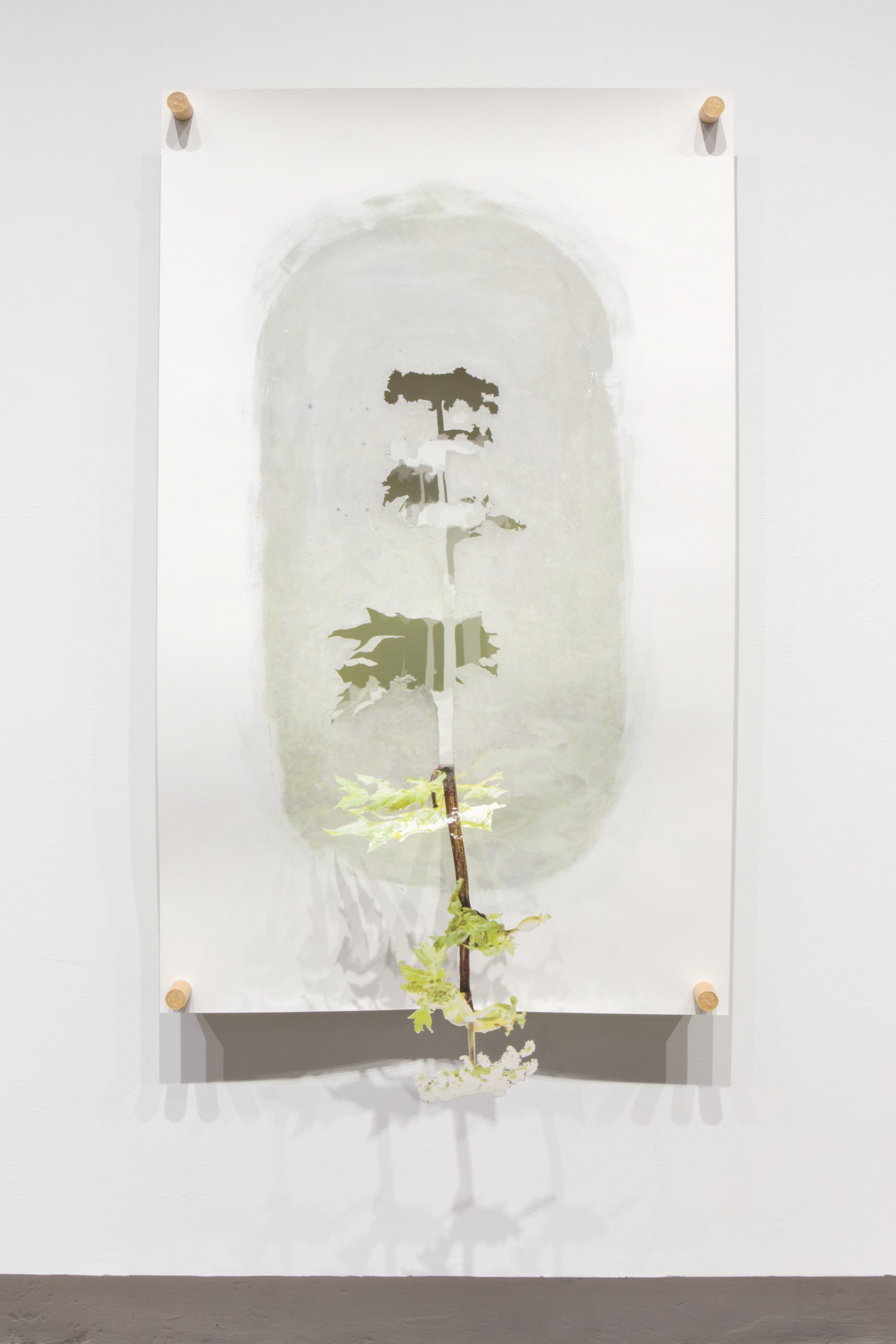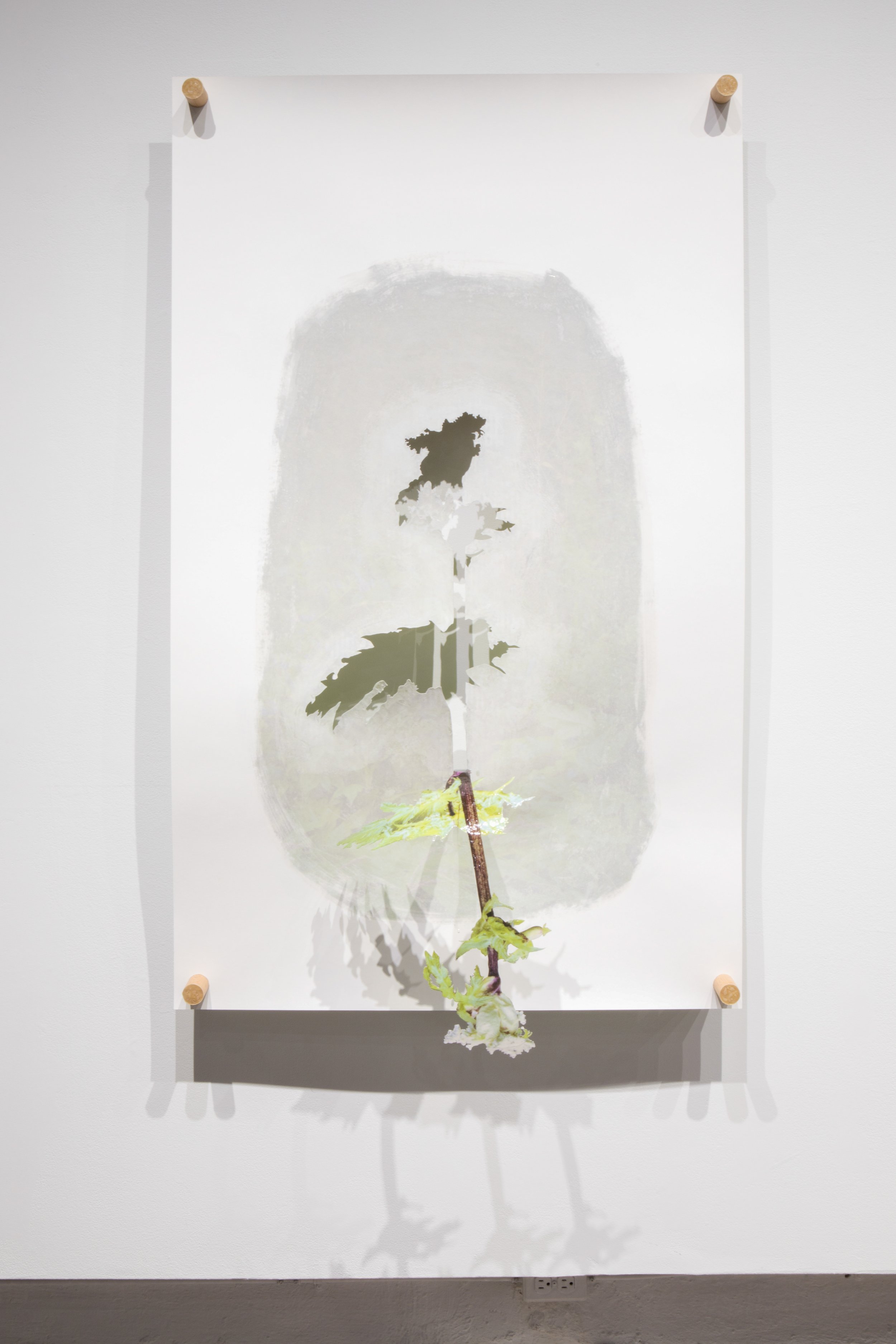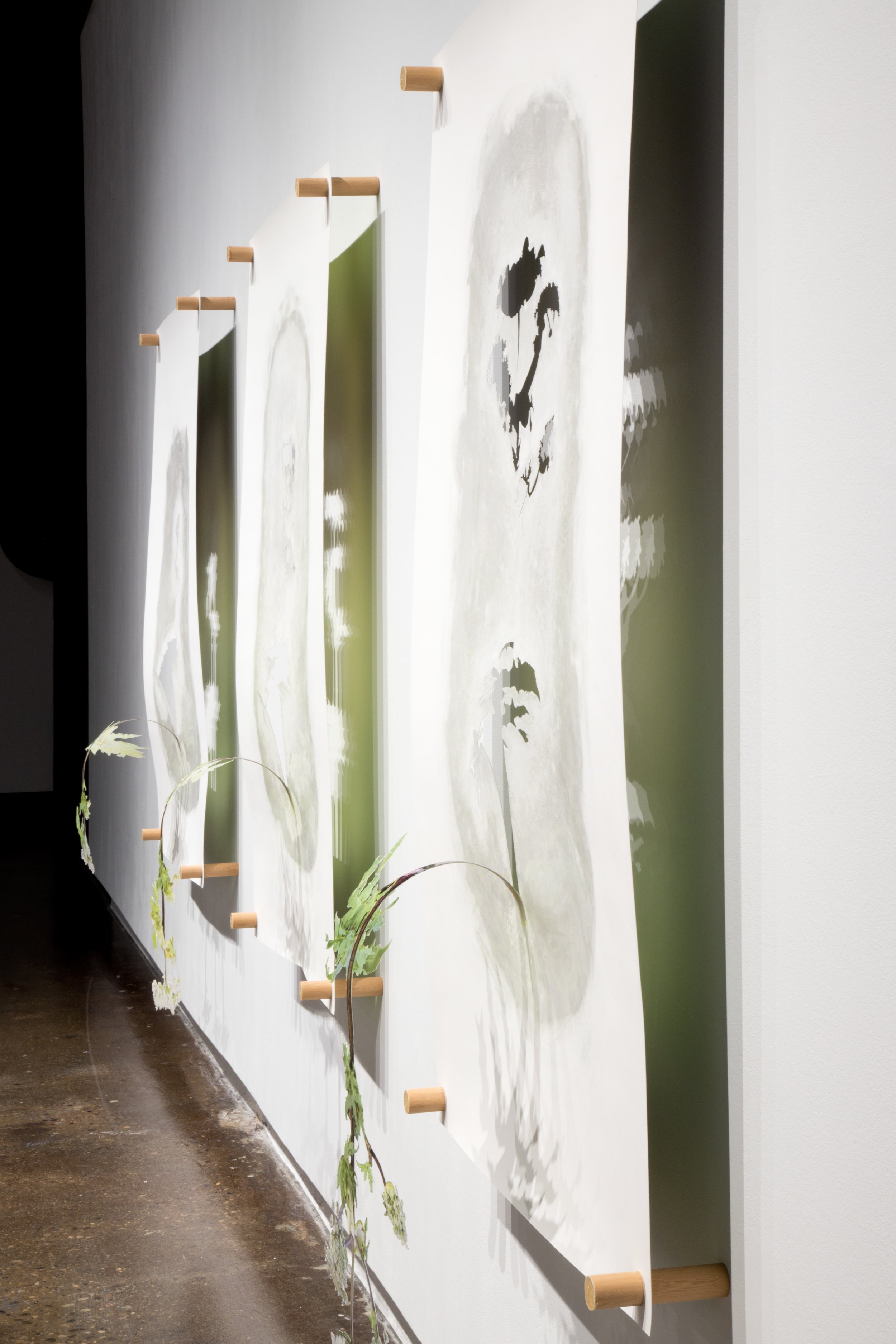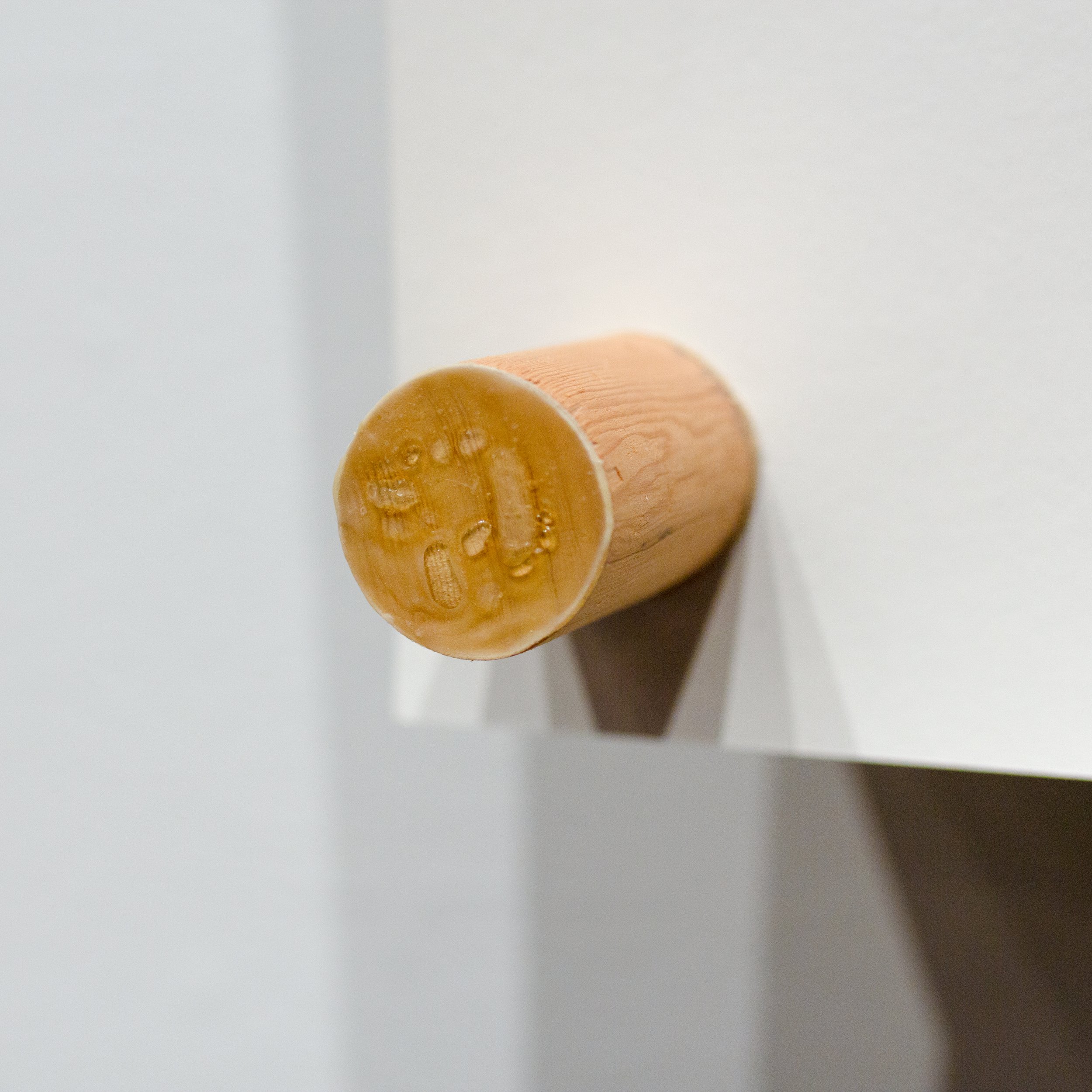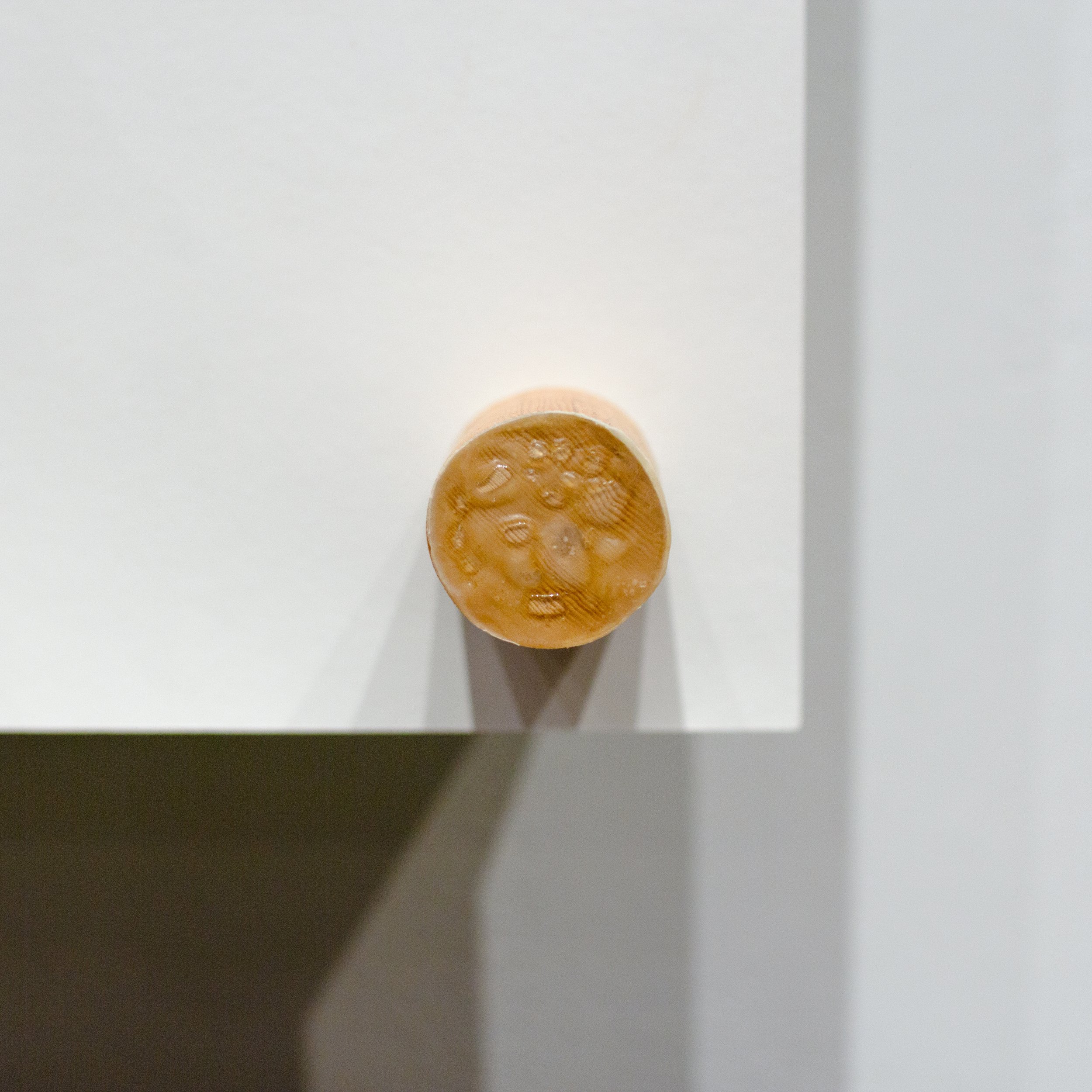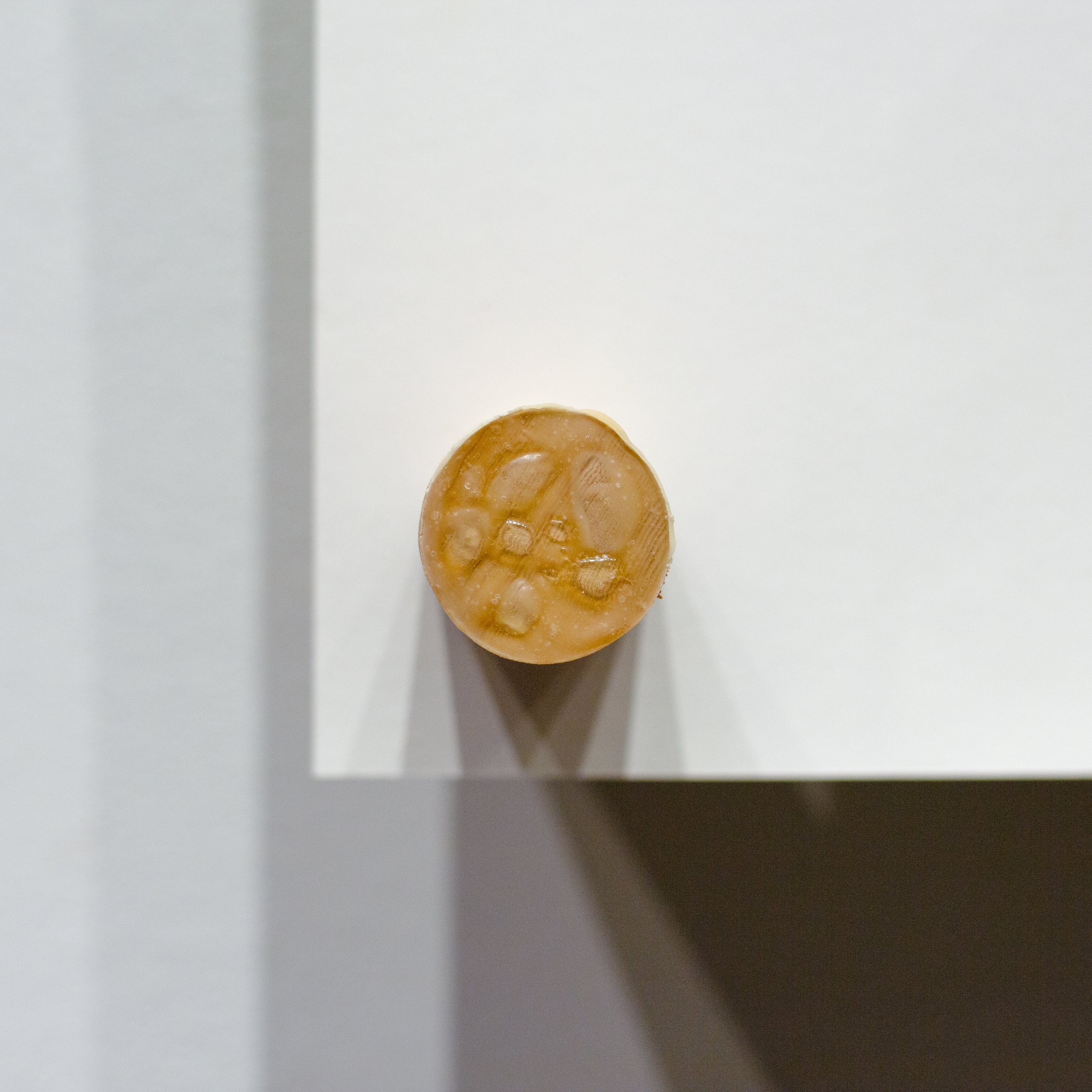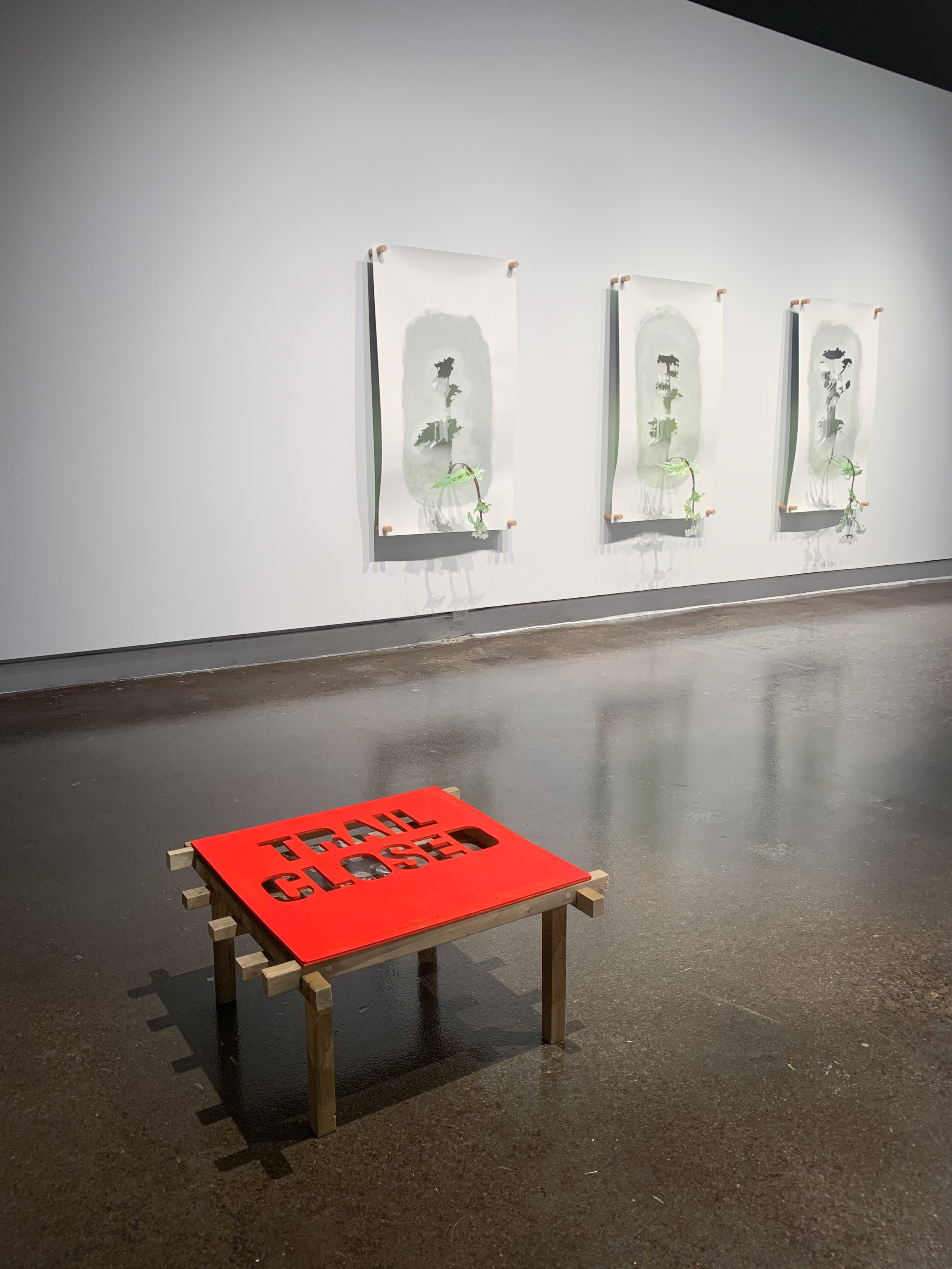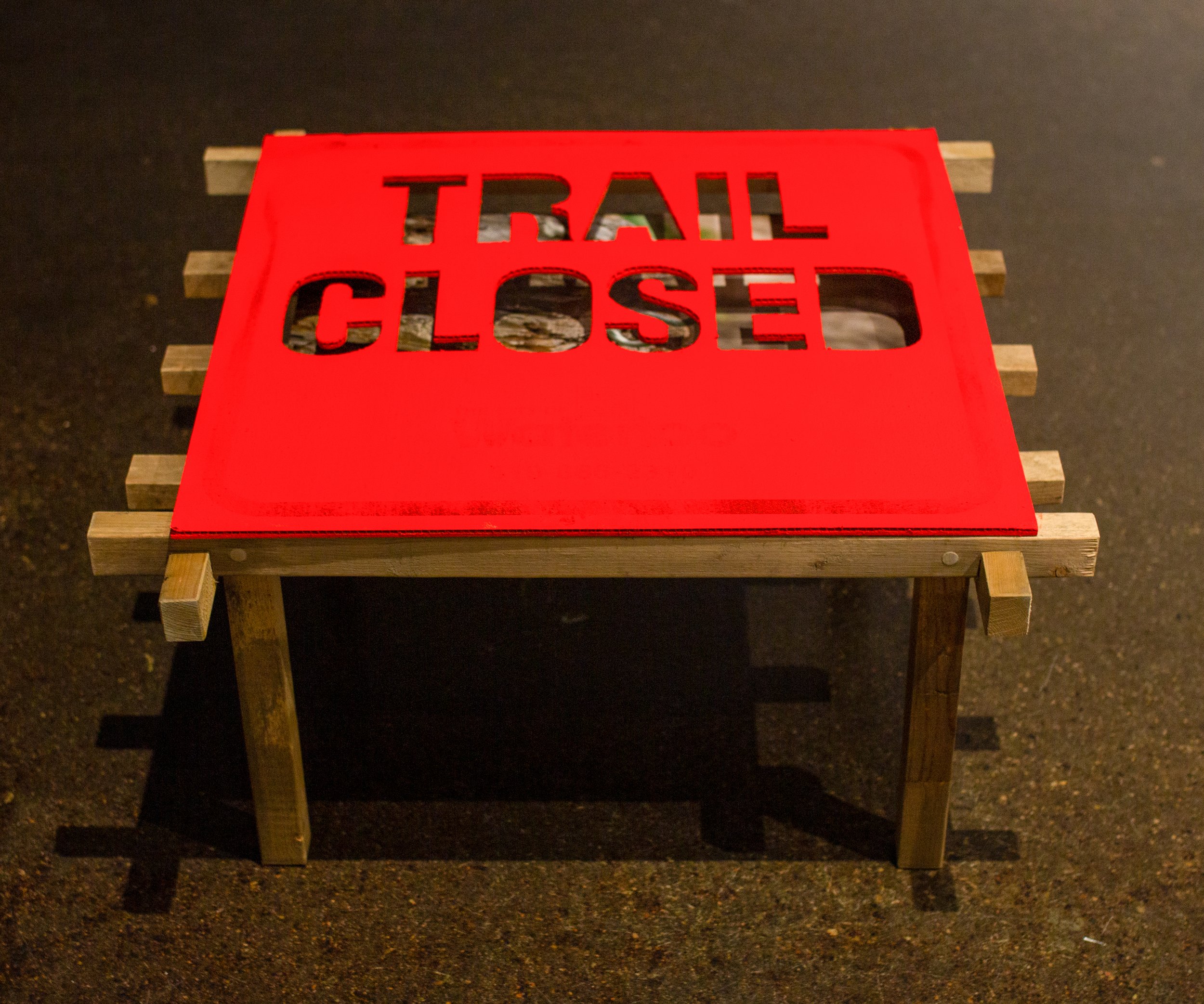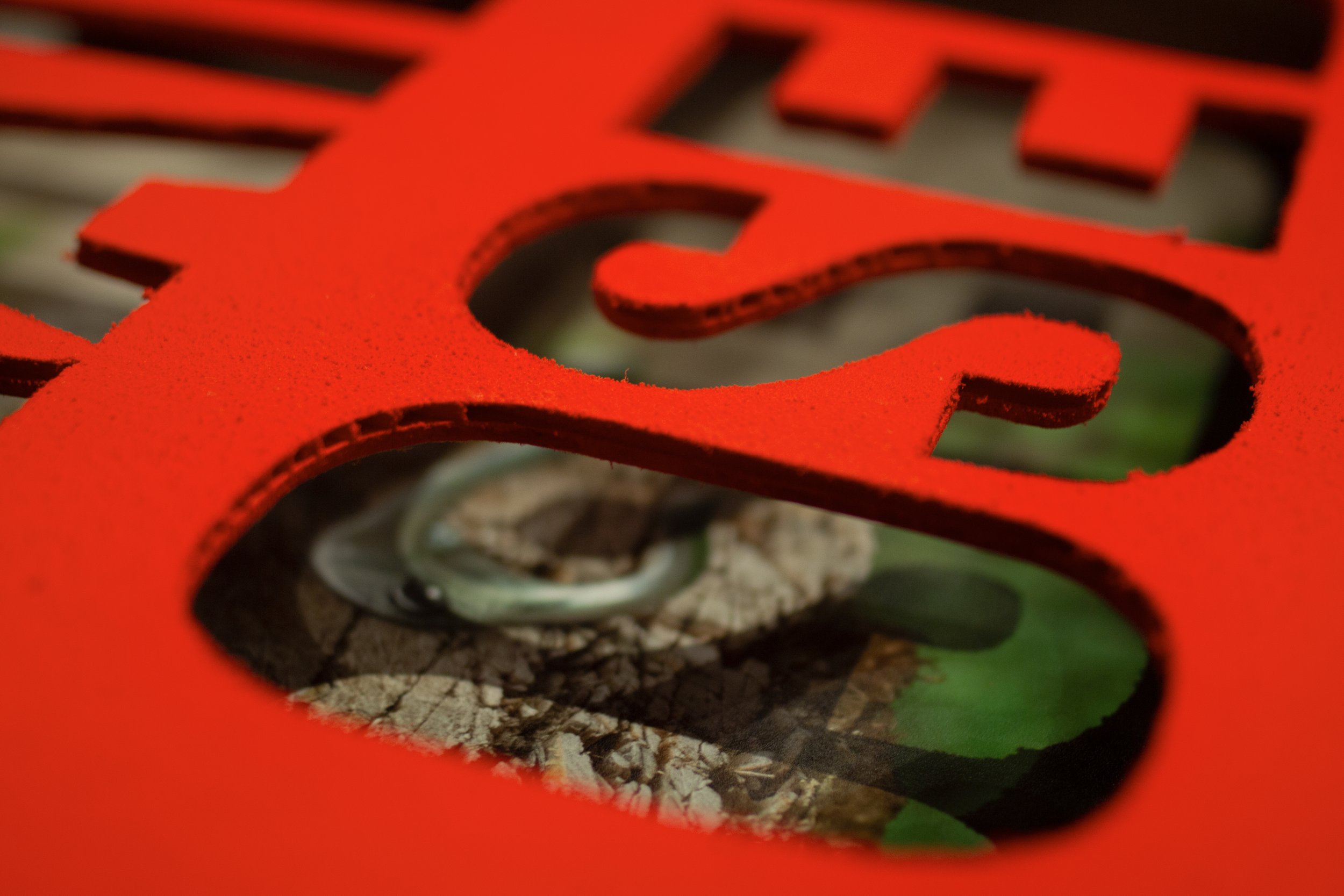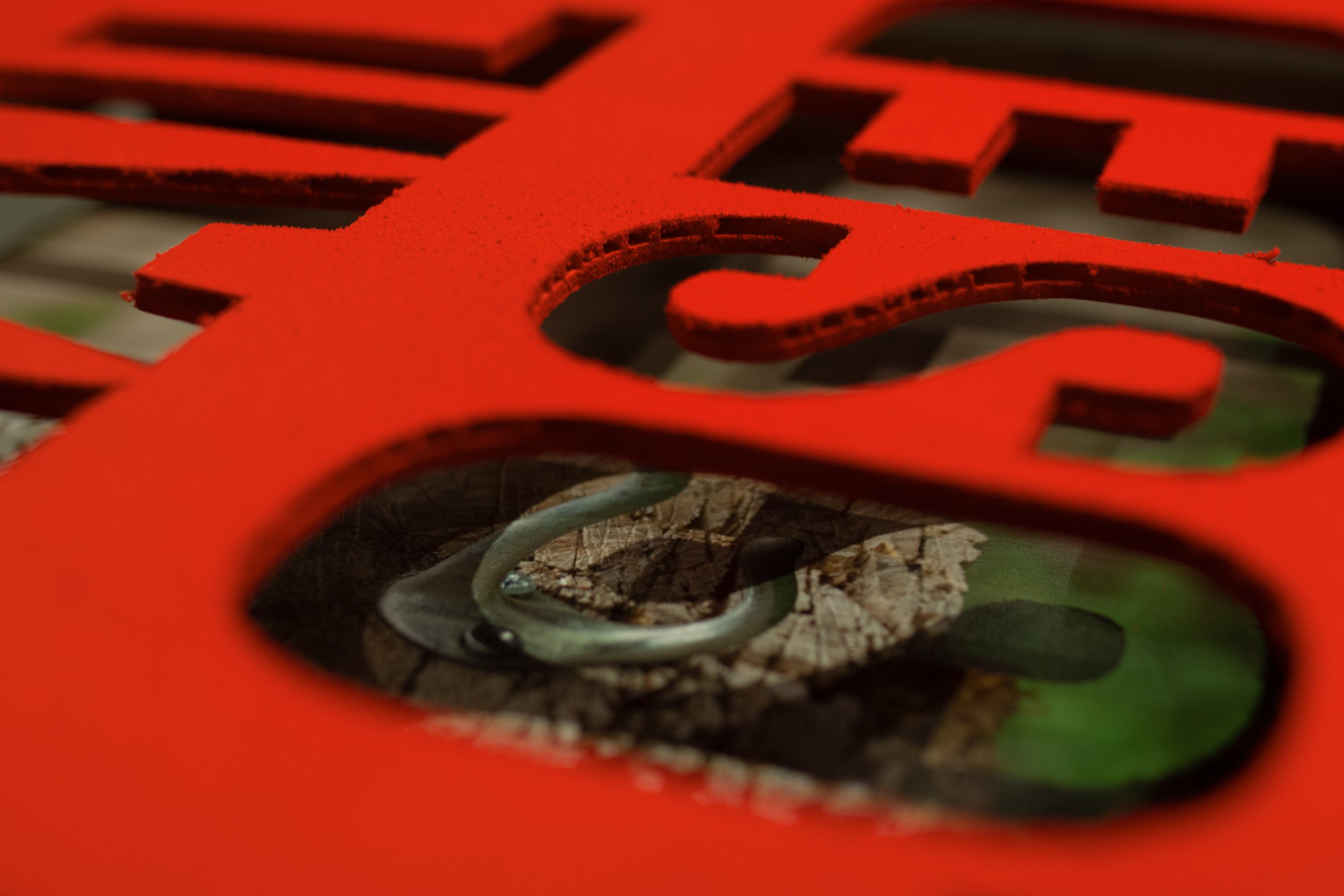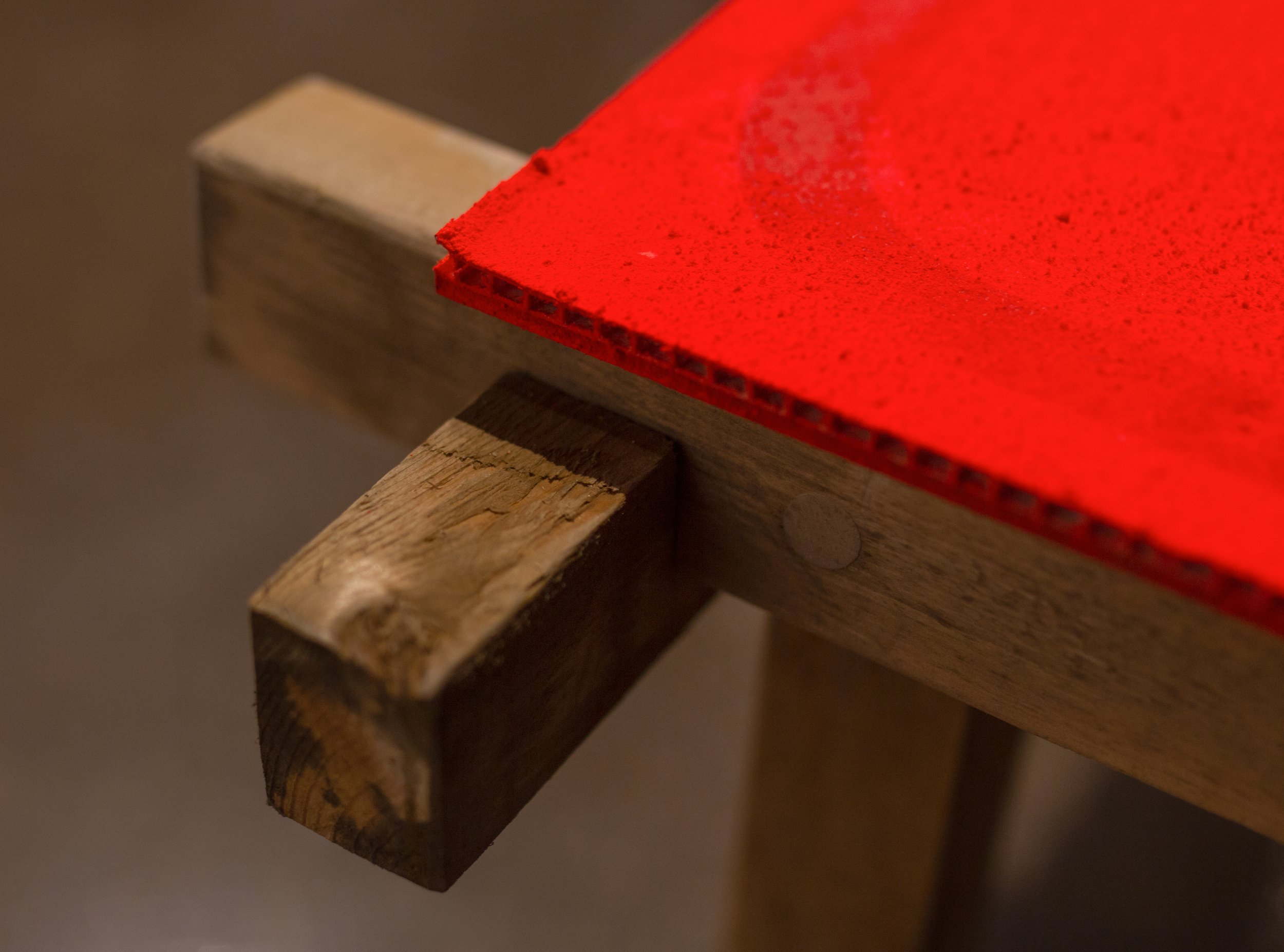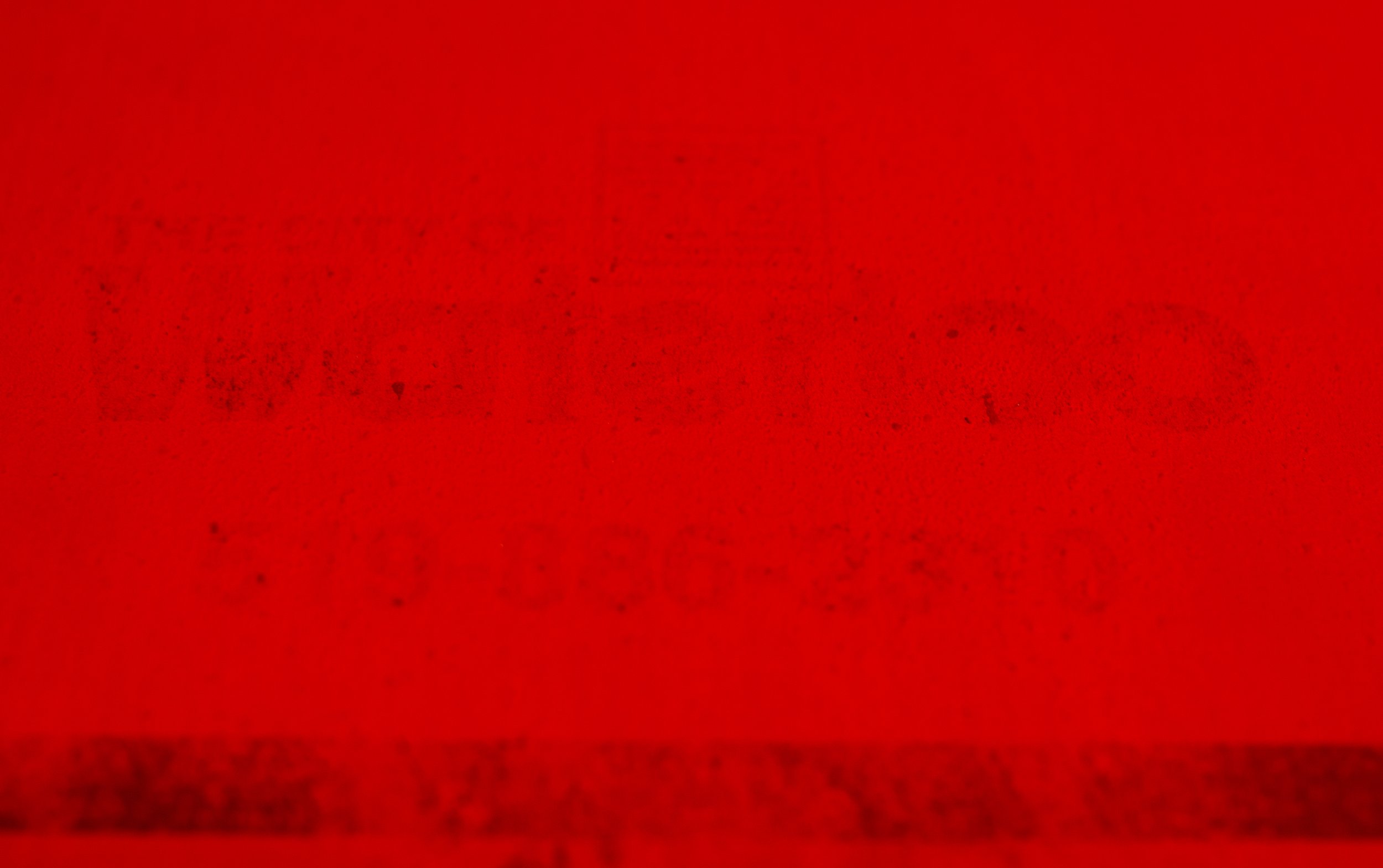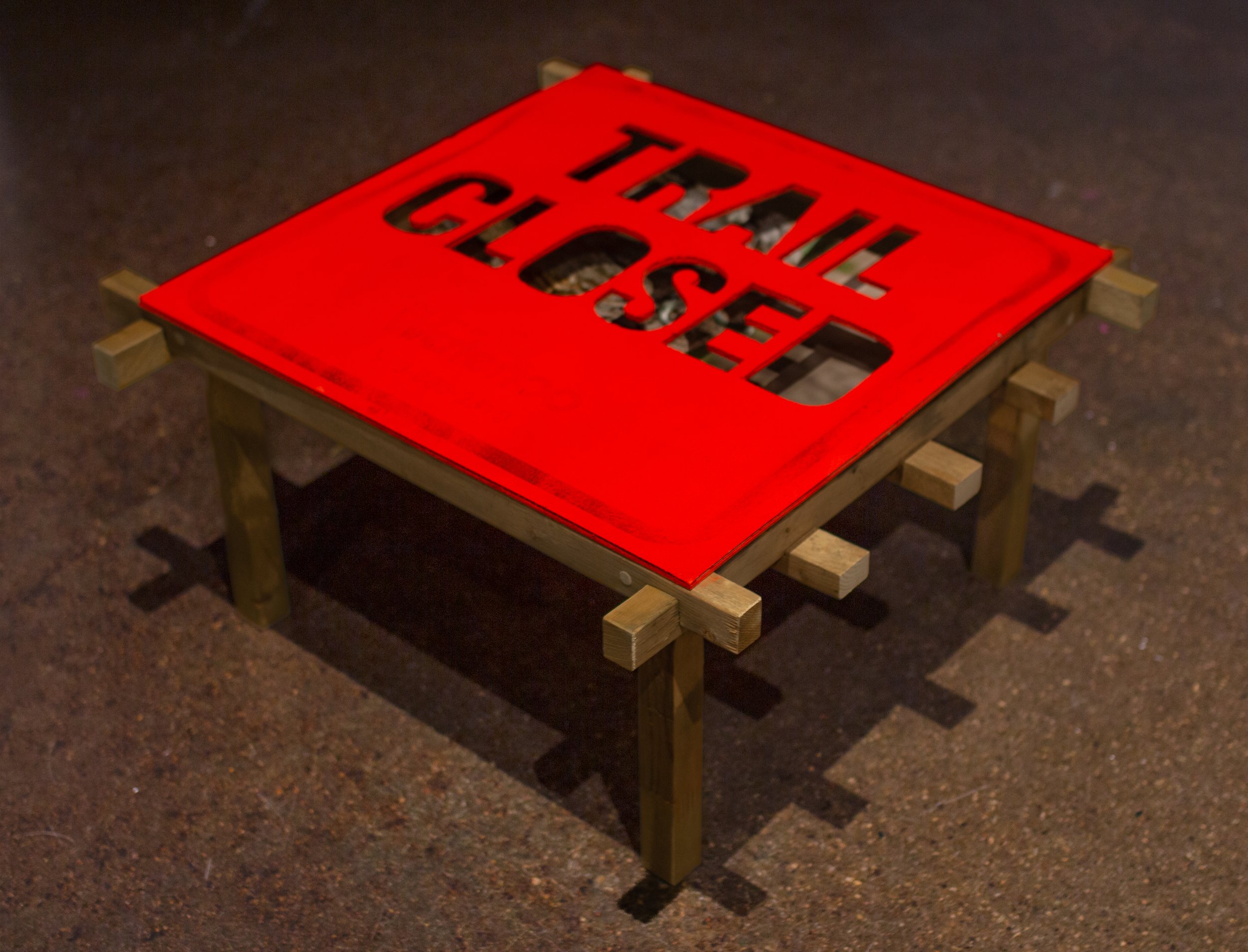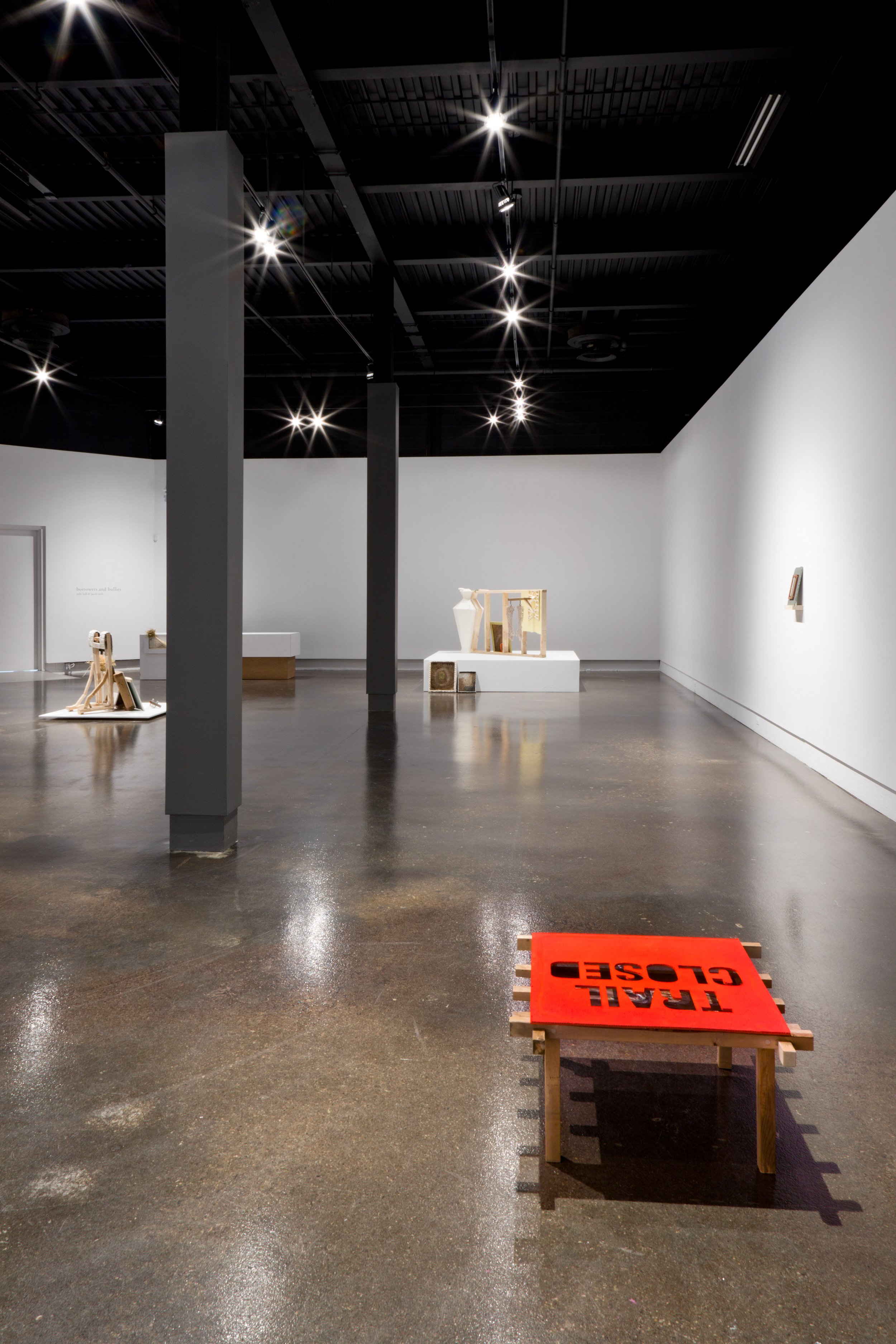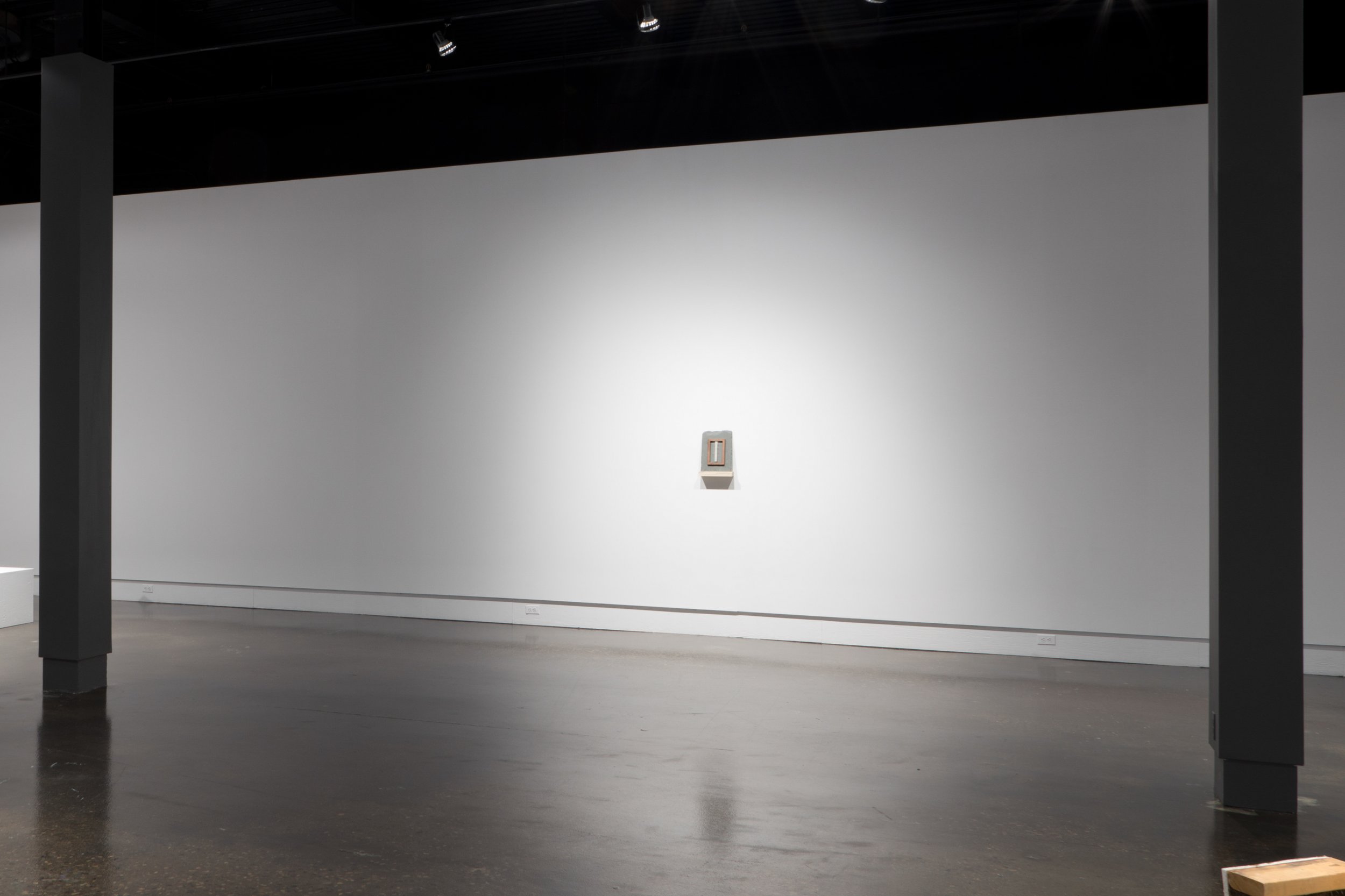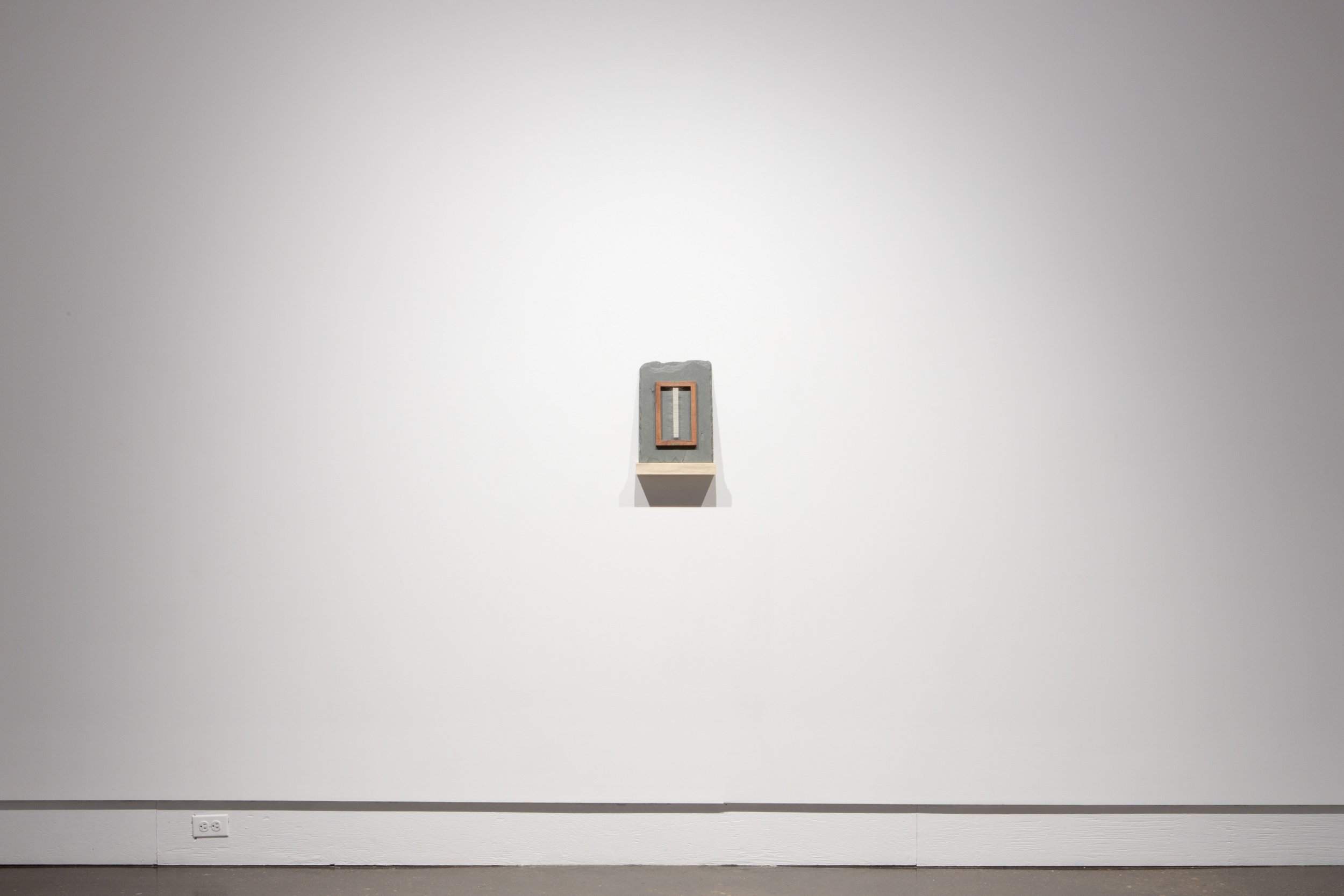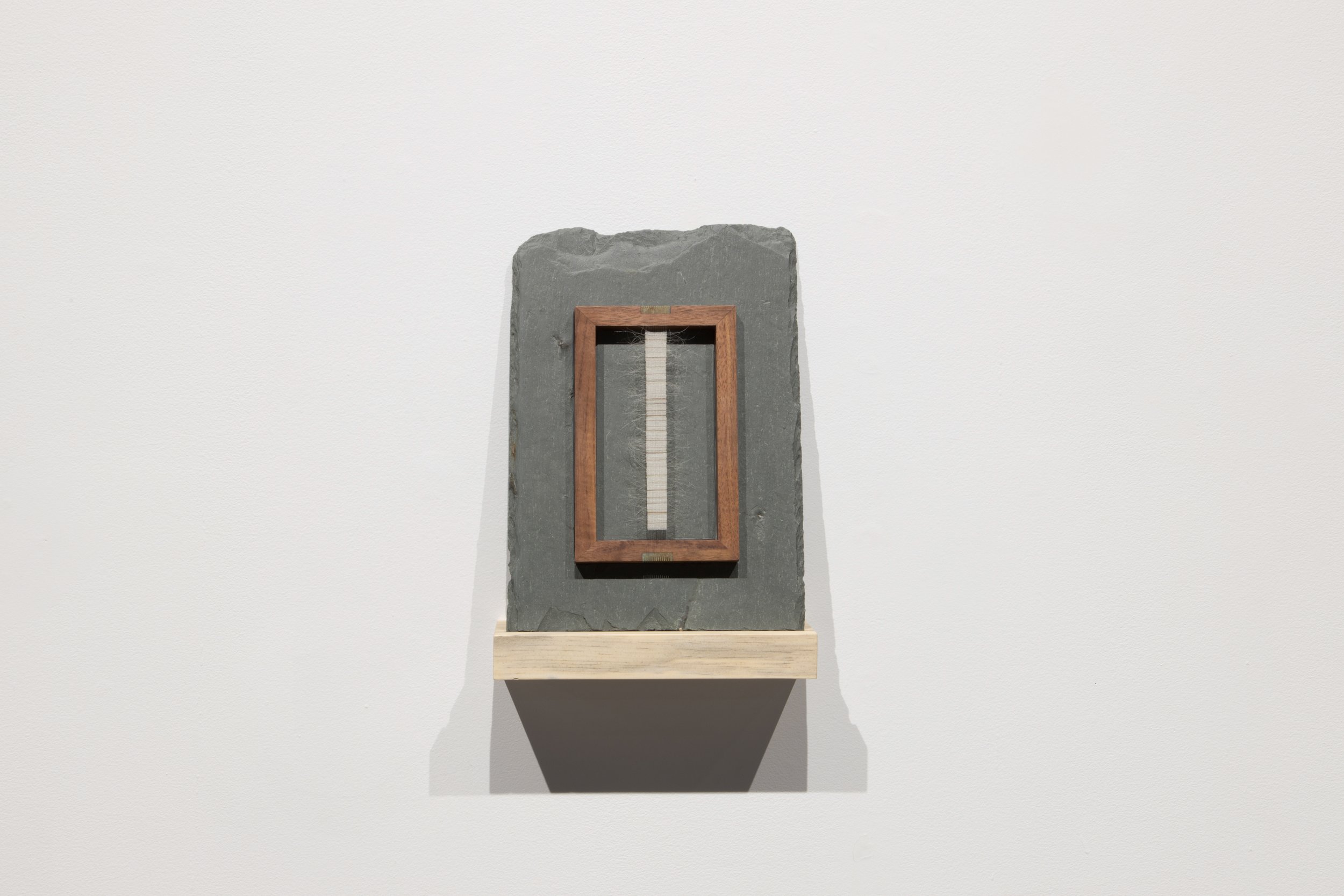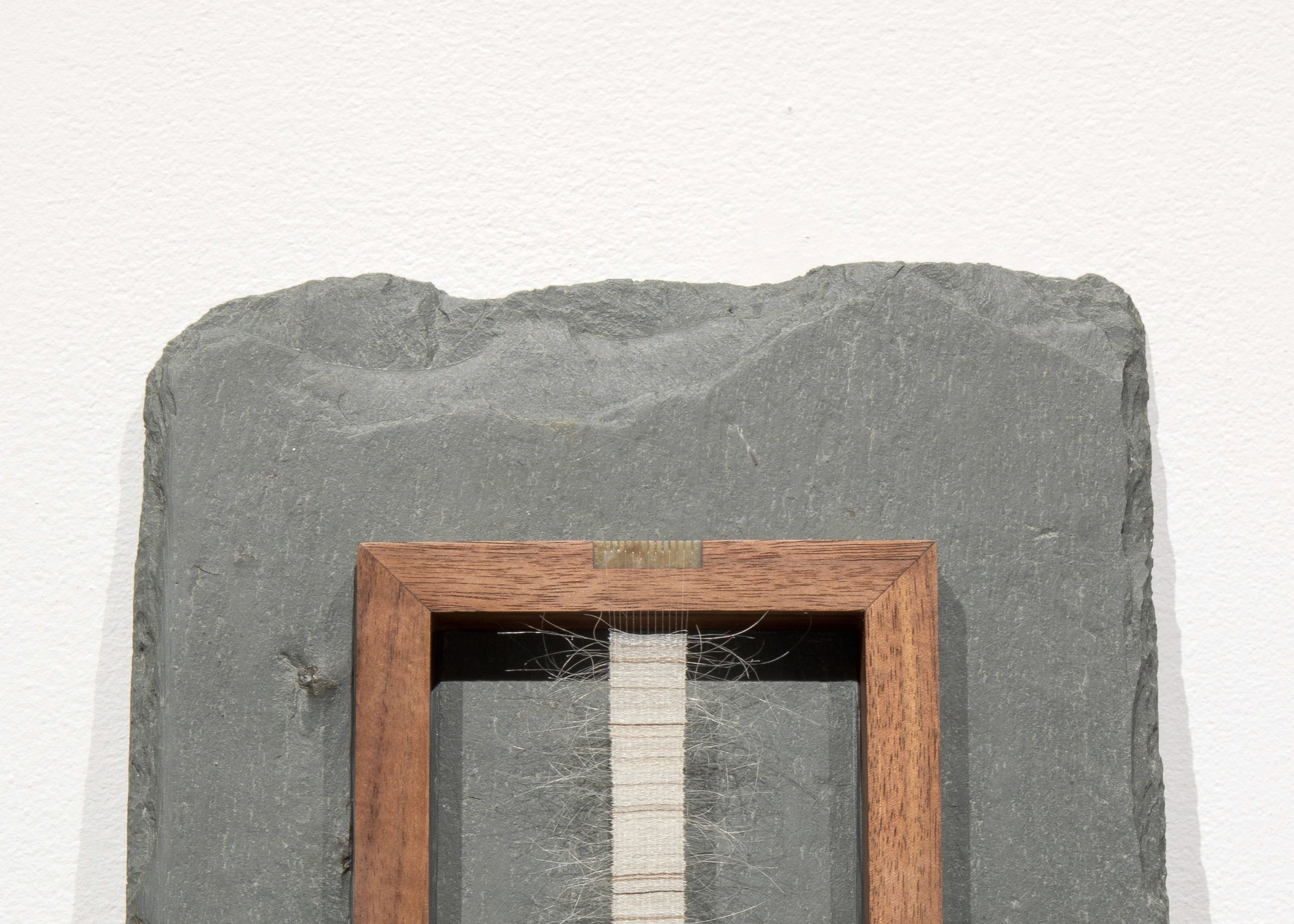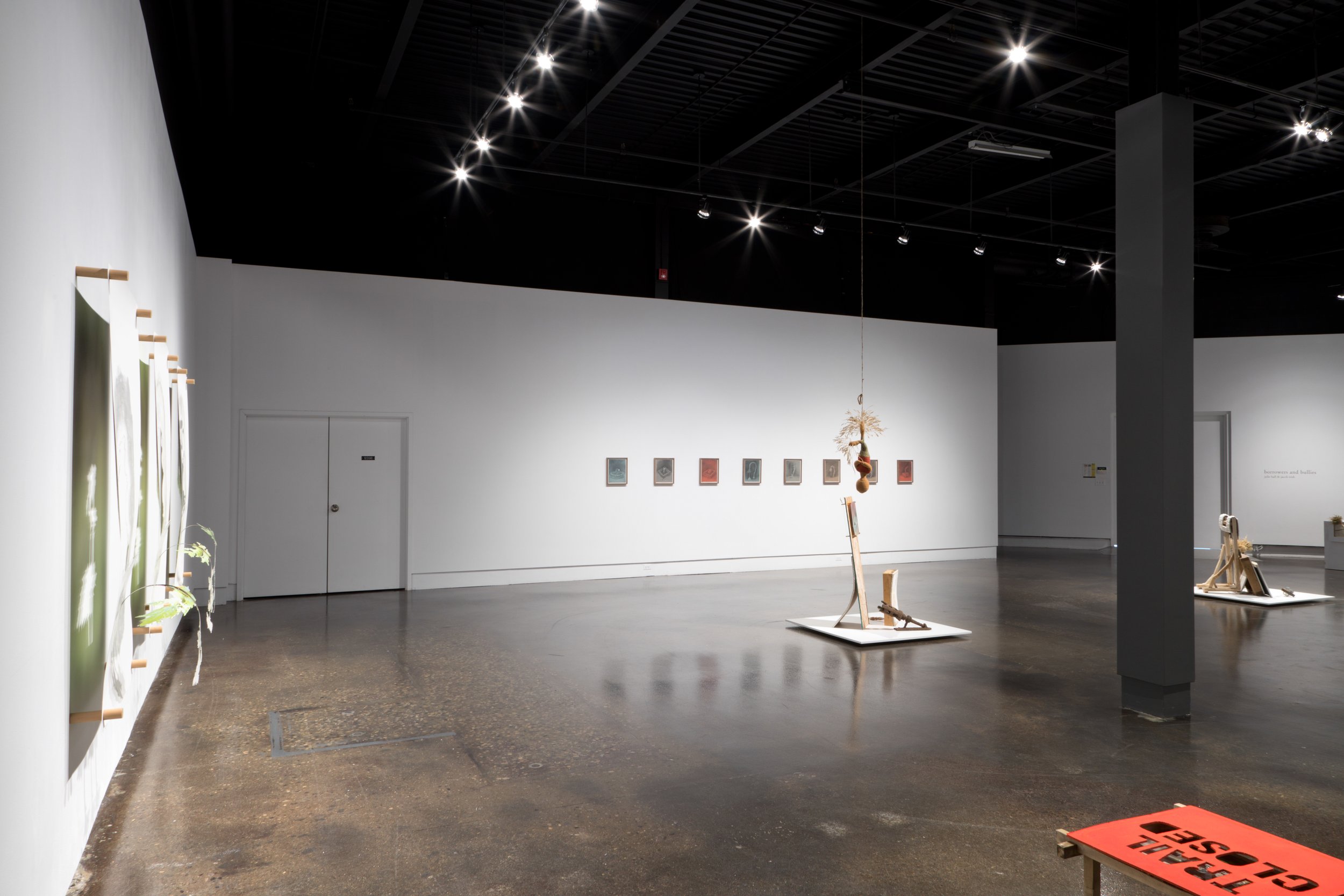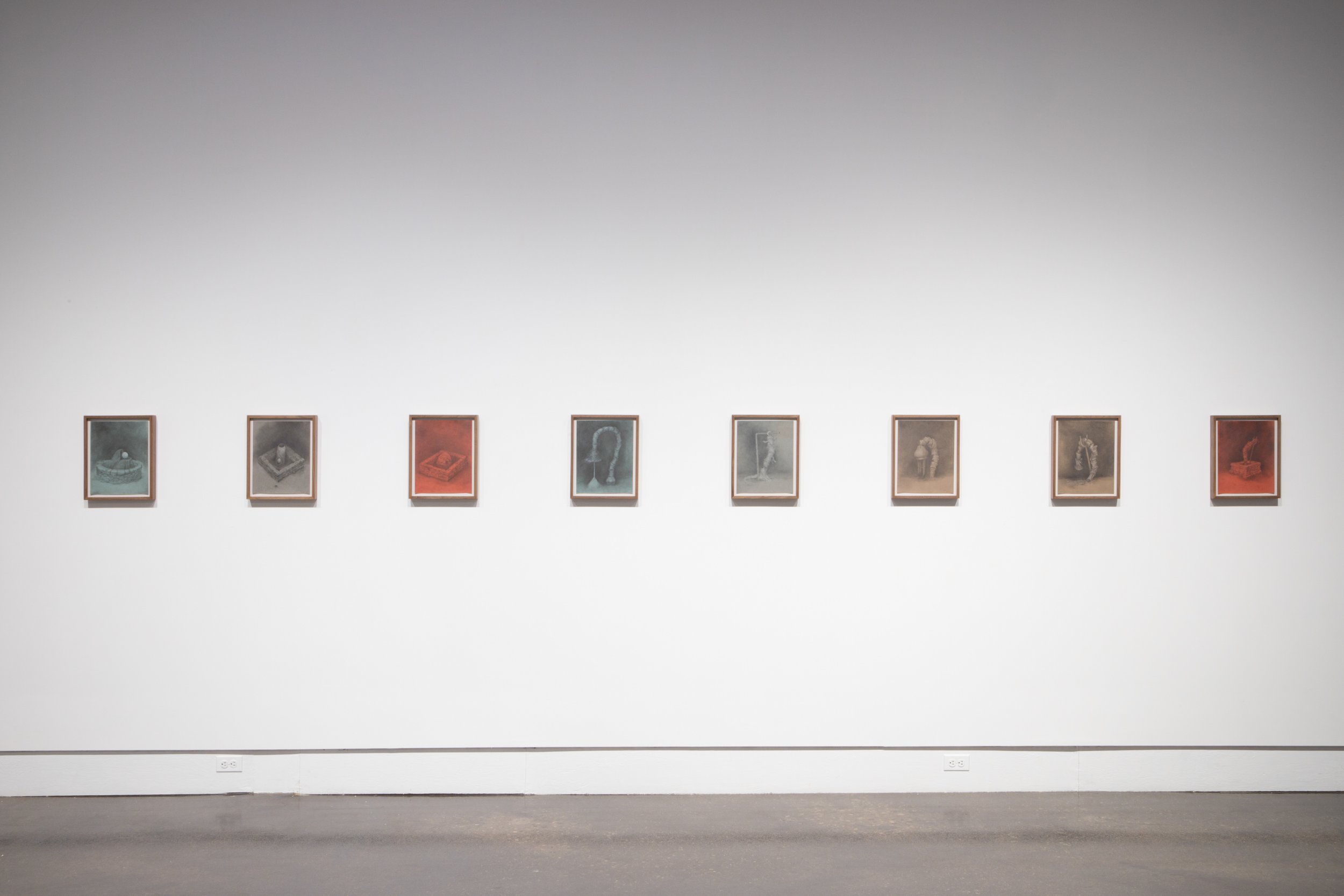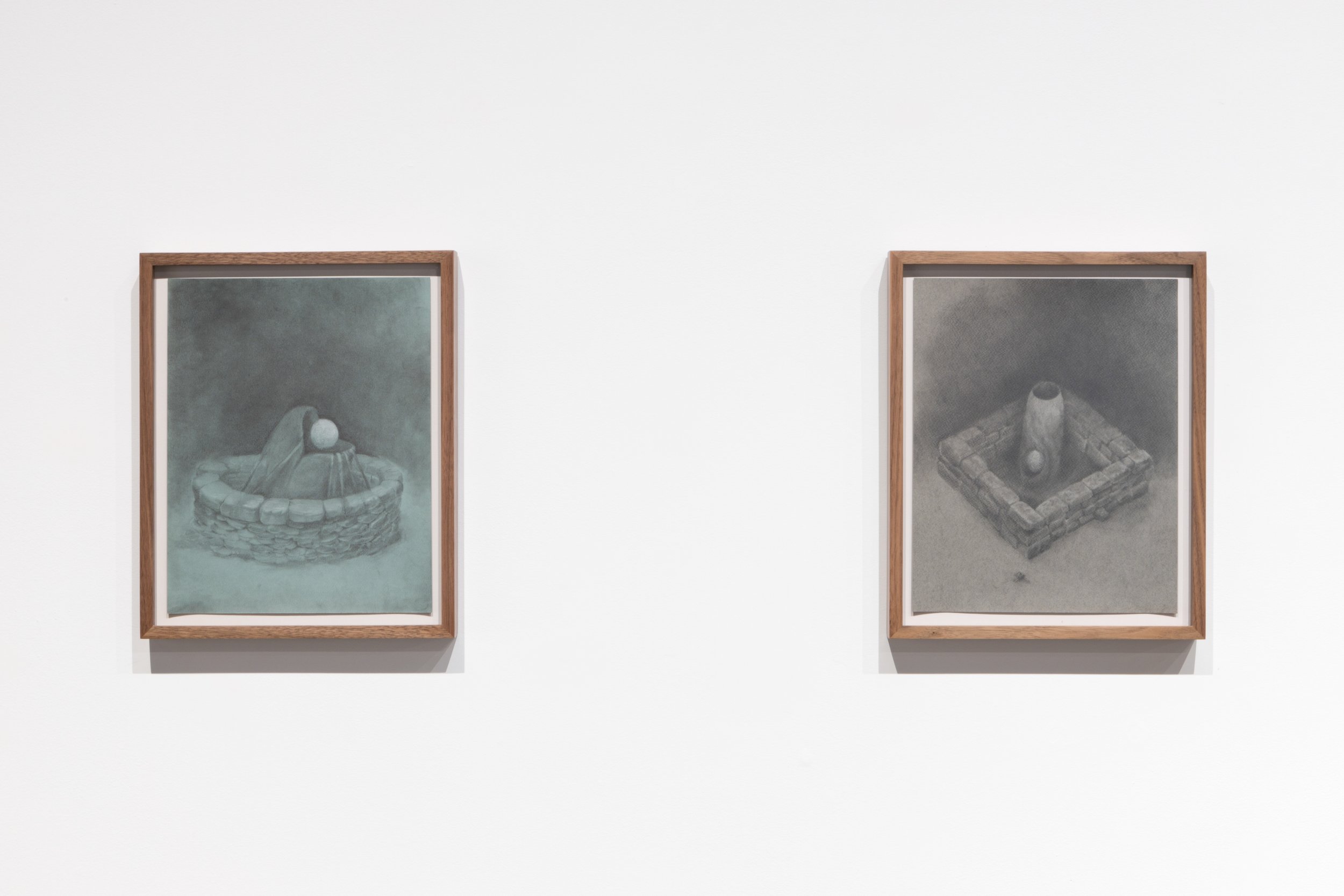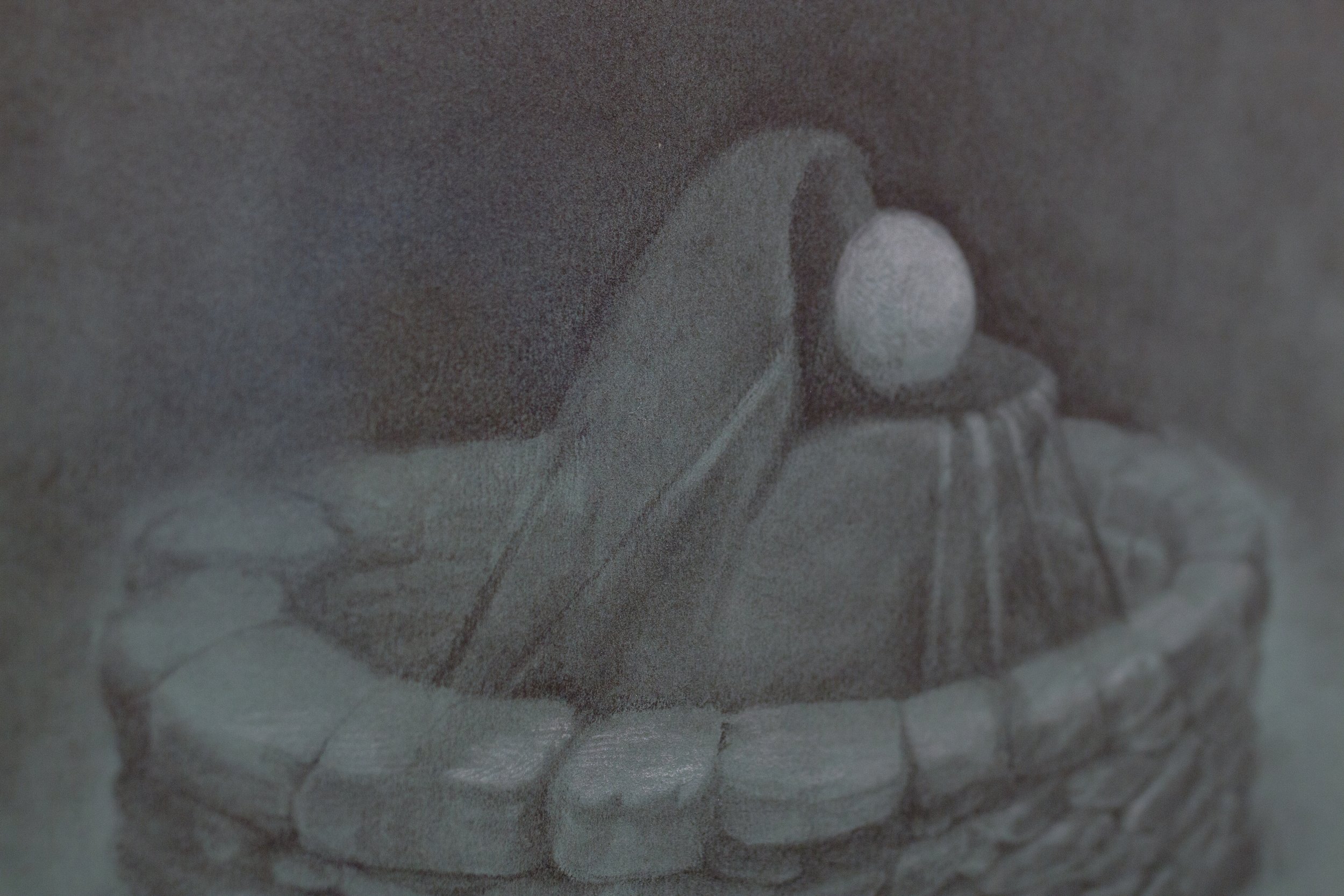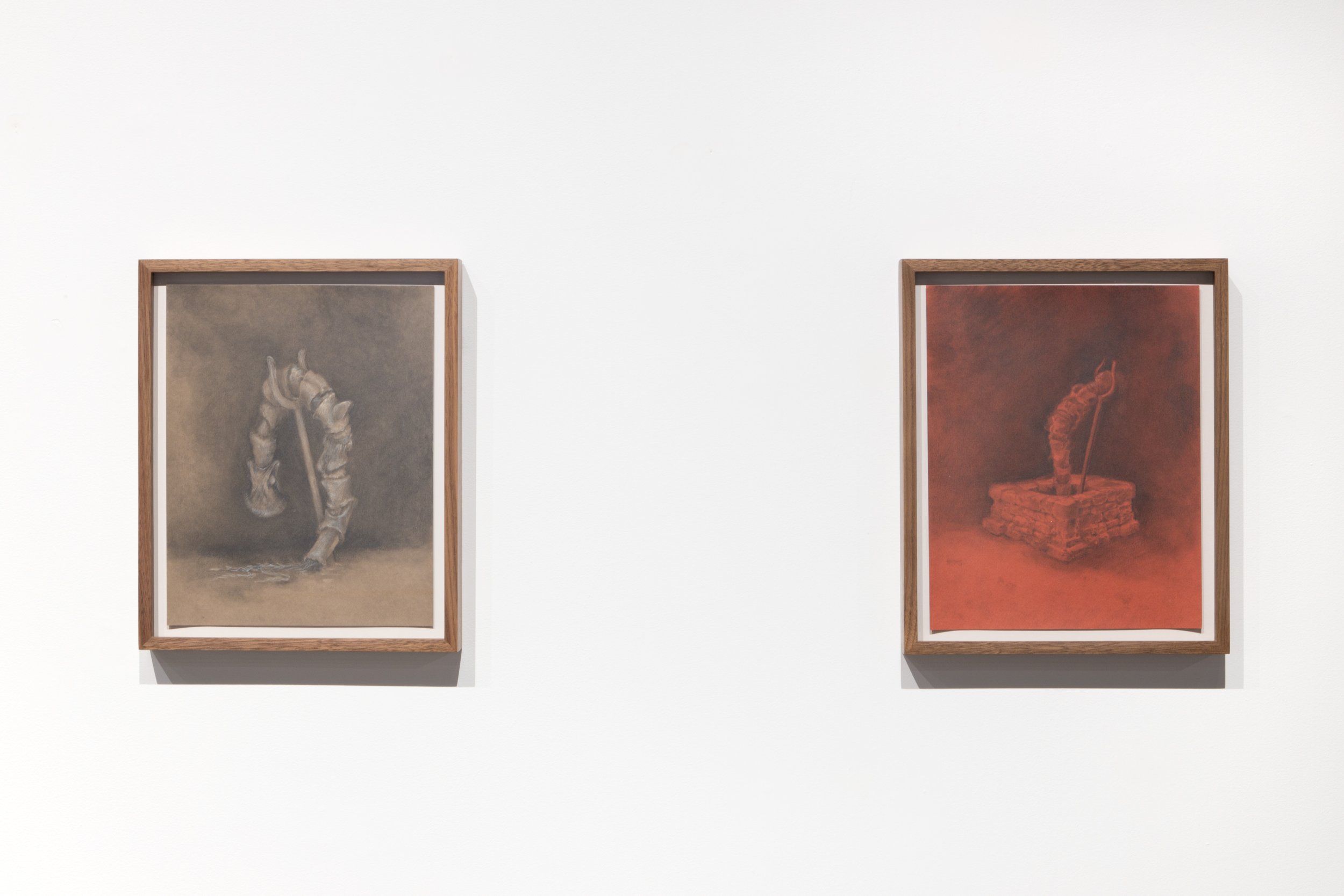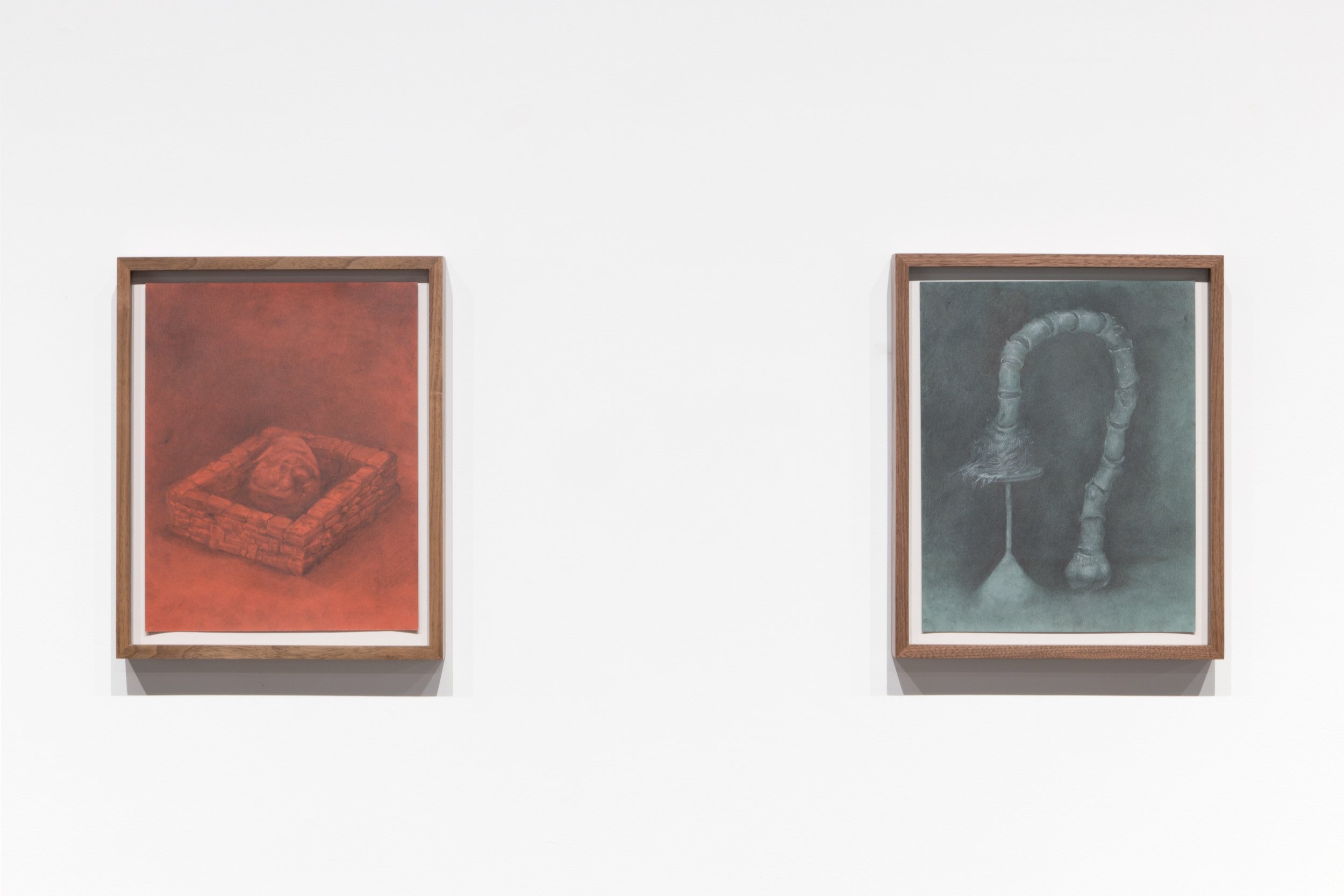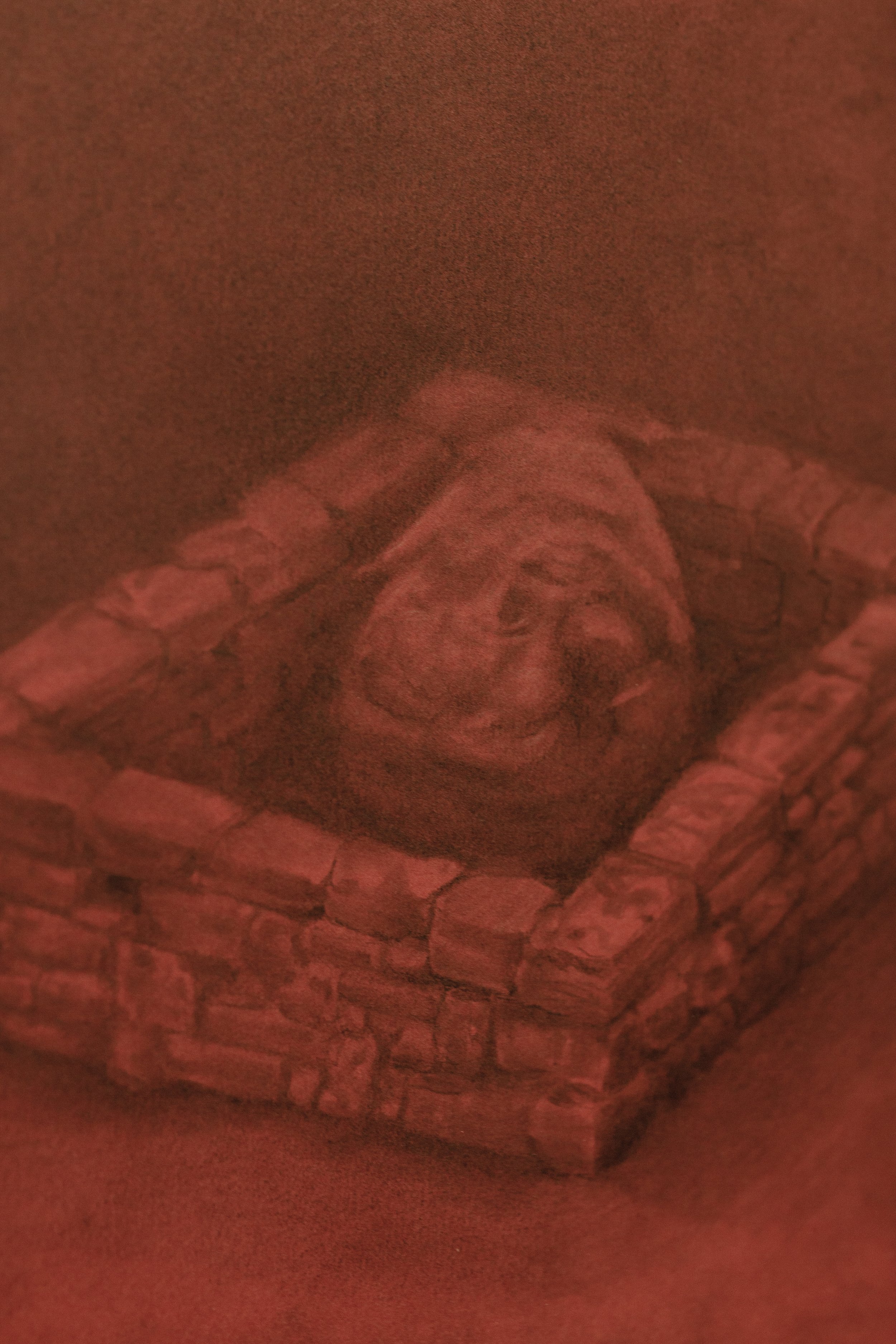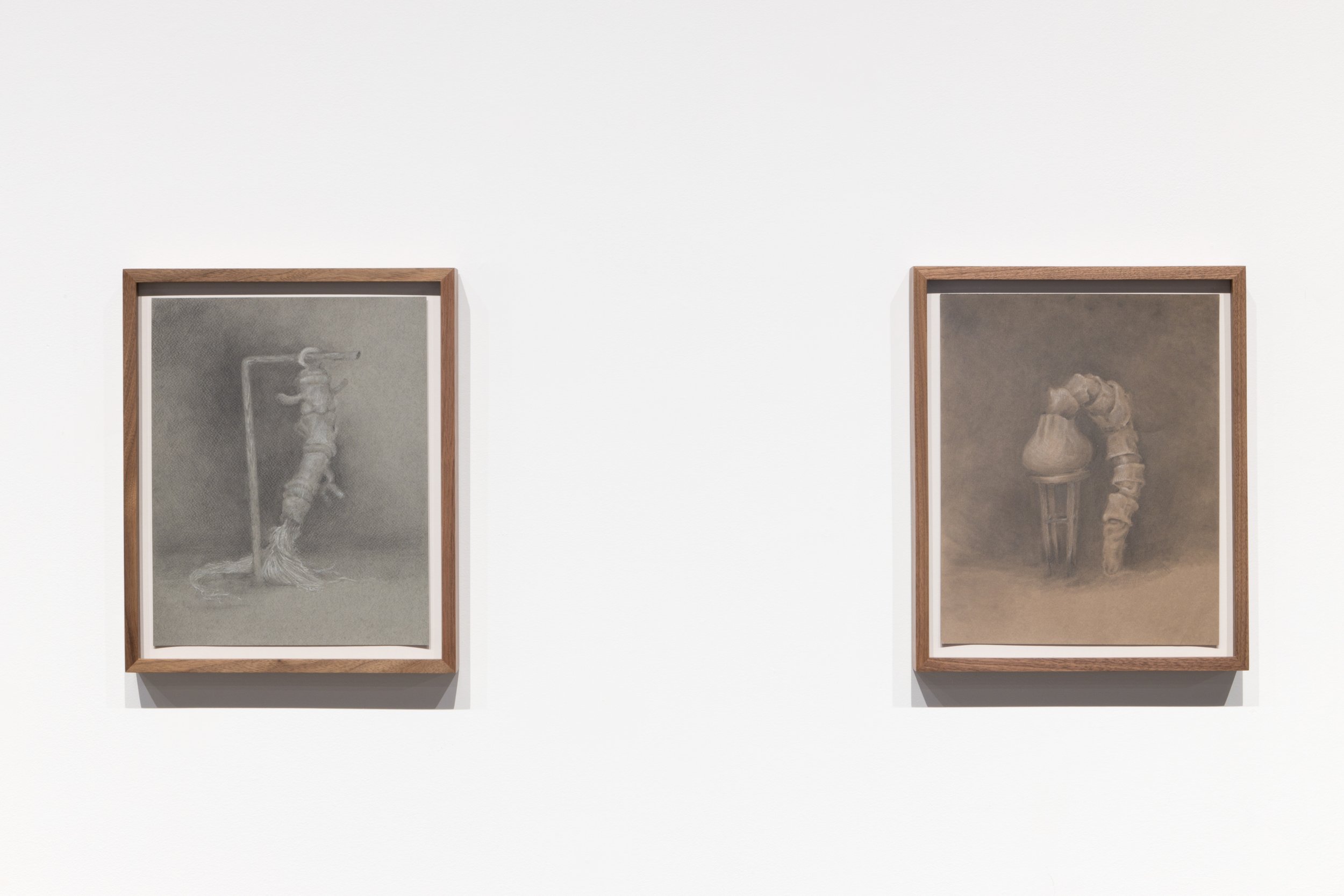MFA Thesis Exhibition: borrowers and bullies
UWAG May 5-21, 2022
documentation // materials // video
Our MFA occurred entirely during the pandemic and therefore our practice adapted to remote work. We looked to ‘the home’ as a workspace, medium, subject, topic.
Much of the sculptural work has elements of the home. This can be read through the materials list.
Two vignettes fill the center of the Gallery 1, called Untitled Assemblage on the near/far dais. They house sculptural collections of our memories, sections of framing taken from walls of a home never built and converted into stretched drywall canvases, nooks for rodents, birds, bats, and insects. A hanged man, a turning point, like a drying bouquet, seems upside-down twice, unsure if he’s bringing good fortune, a big change, or another lapse in judgment.
To the right of assemblages is a row of 8 drawings, they didn’t get stronger, they just got sore, still-frames of a monument decaying. A corralled and twisted spine sore from moving living rooms and studios from a house to a truck to a house. The drawings were installed painstakingly straight along an undulating gallery wall, an art installer like an osteopath putting each segment of the chain back into place.
When this work was on view in person at the University of Waterloo Art Gallery, many attendees told us the giant hogsweed prints were the first thing they saw walking in and ultimately their favourite work. These prints grew from an 8x10” maquette to these gargantuan 3 feet by 5 feet prints, on the thickest hemp rag paper we could find, and still needed layup after layup of noxious resin to support their backwards swan dive through the image. We made the wall-mounts from a thick closet clothing rod blistered at the ends. Wood like the body, this theme carries through our practice. This work is called a month of stolen light, seeing the world through the experience of Giant Hogsweed, a beautiful and enormous flower invasive on Turtle Island, and particularly prolific in the riparian terrain of Southern Ontario. Its sap causes phytophotodetermatitis, so be sure to hide tresspasses against this plant from the sun.
TRAIL CLOSED can be read from the negative space of a foraged Waterloo Region temporary conditions sign. It’s powder-coated (literally) with an orange incapable of faithful digital documentation. This piece is called evidence of a habit and shows a coat-hook installed into a tree. All elements of this work save the pigment powder were found in Bechtel Park.
Along the gallery’s largest wall is our smallest piece, the old me, the old me. A spalted pine floating shelf supports a reclaimed slate roofing tile from Halifax. A walnut frame made from scraps from Early Concepts of Eden has brass splines at its corners, like jewelry, and is nestled in a tough in the slate. Soapstone combs at the top and bottom of the walnut frame support a nylon warp. The body of this piece are 300 grey hairs, plucked from Julie’s head in early 2022, a highly incompatible weaving medium. Some hairs are only half grey.
Spiraling from the centre and counter-clockwise around the gallery finally brings us to take only what you can carry, a section of wall framing that houses many spontaneously made creatures. Alabaster is the figure emerging from a vase as if waking from hibernation, so long sleeping that walls were built around him. A pair of mycelium gloves hang flaccid and hold an engineer’s Iron Ring. Portals to walled sections of earth and fairy doors invite exploration to an older time, but its category of ancient may be challenged. Nothing here is as it seems. The ashen pinecone is truly from the site of Pompeii; the carrot is not edible but was a successful lure regardless.
Gallery 2 was screening our video on loop for the delight of the gallery sitter.
A Policy of Neglect, (6:37) was documentation of discovering if memories are real. We tested two: Julie went in search of a relative’s grave stone in Greysville based on the memory, “near a gate, perpendicular to the road, underwhelming”; Jacob walked the length of a Parks Canada path from a cul-de-sac to a beach on the North Shore of PEI. Both memories were.
The voiceover is a collaboratively-written poem braiding the two experiences and reciting the poem as if an incantation, though we aimed to support each other word-for-word instead of summoning the dead. We did. We do.
Footage of scything our overgrown back lawn twice intercuts a backwards trek along a closed and scrubby path, with two left- and right-panned voices reading the same poem, pausing when either falls out of sync. The work engages ideas surrounding colonial and settler relationships to place and time.
